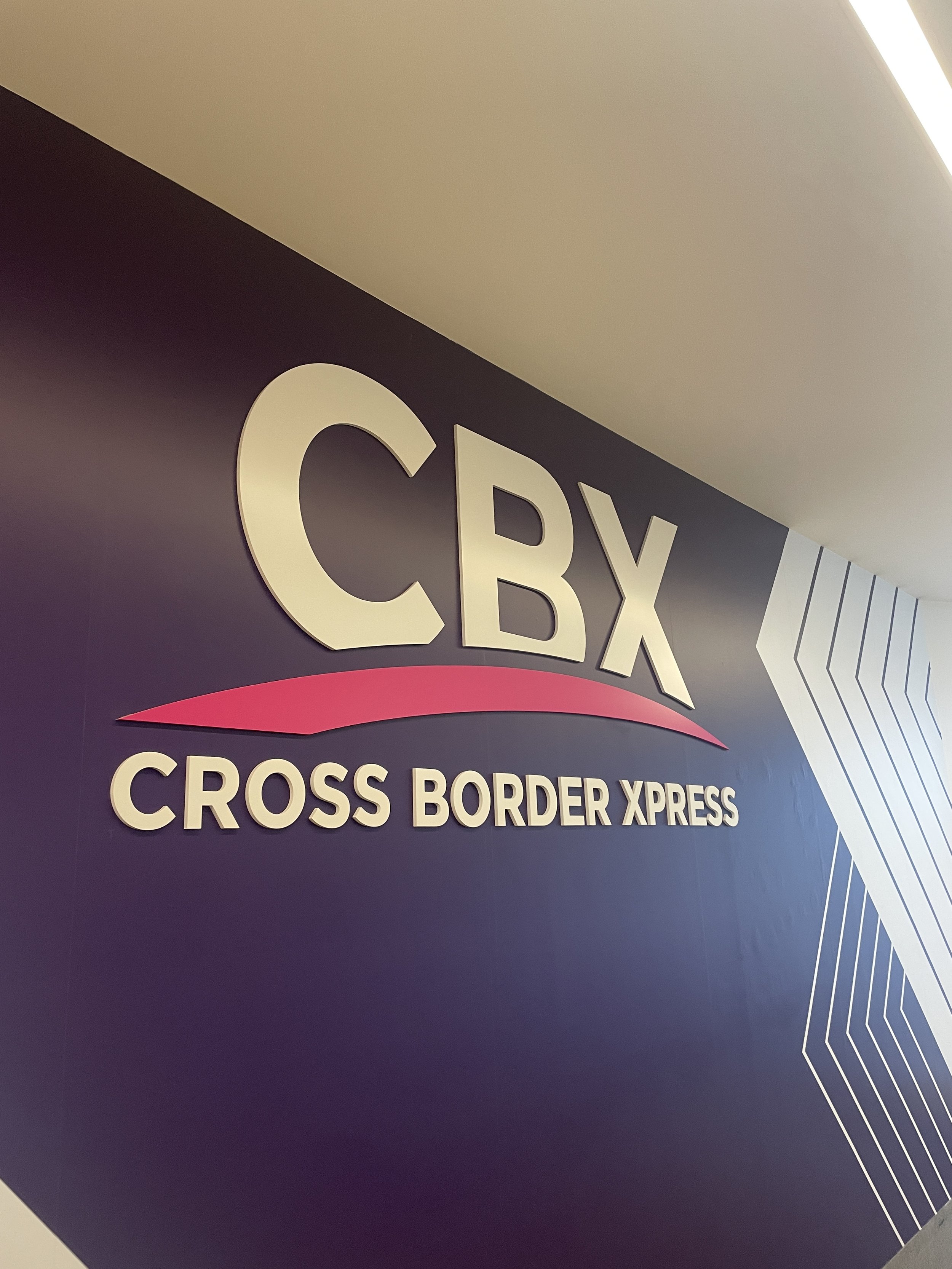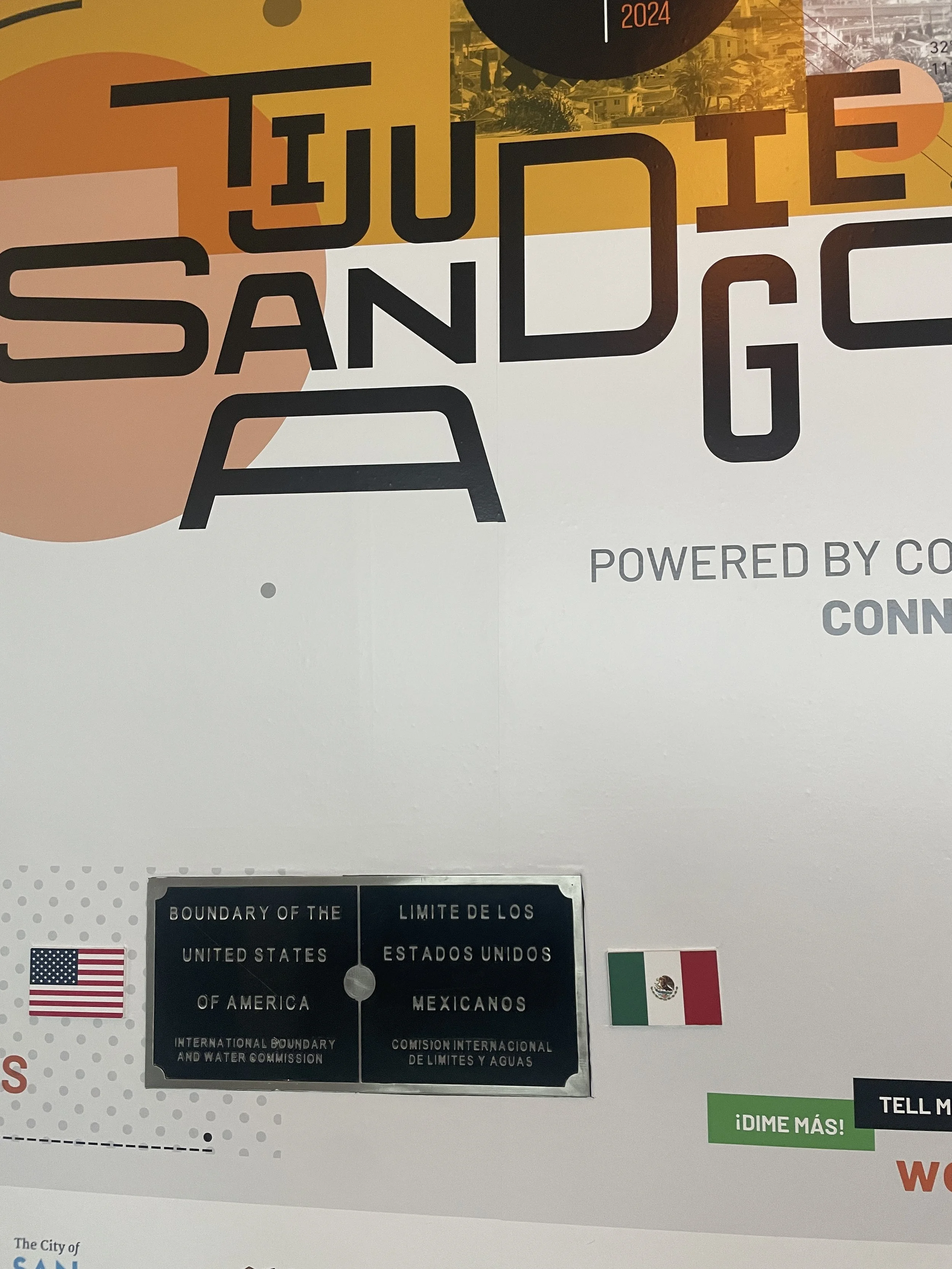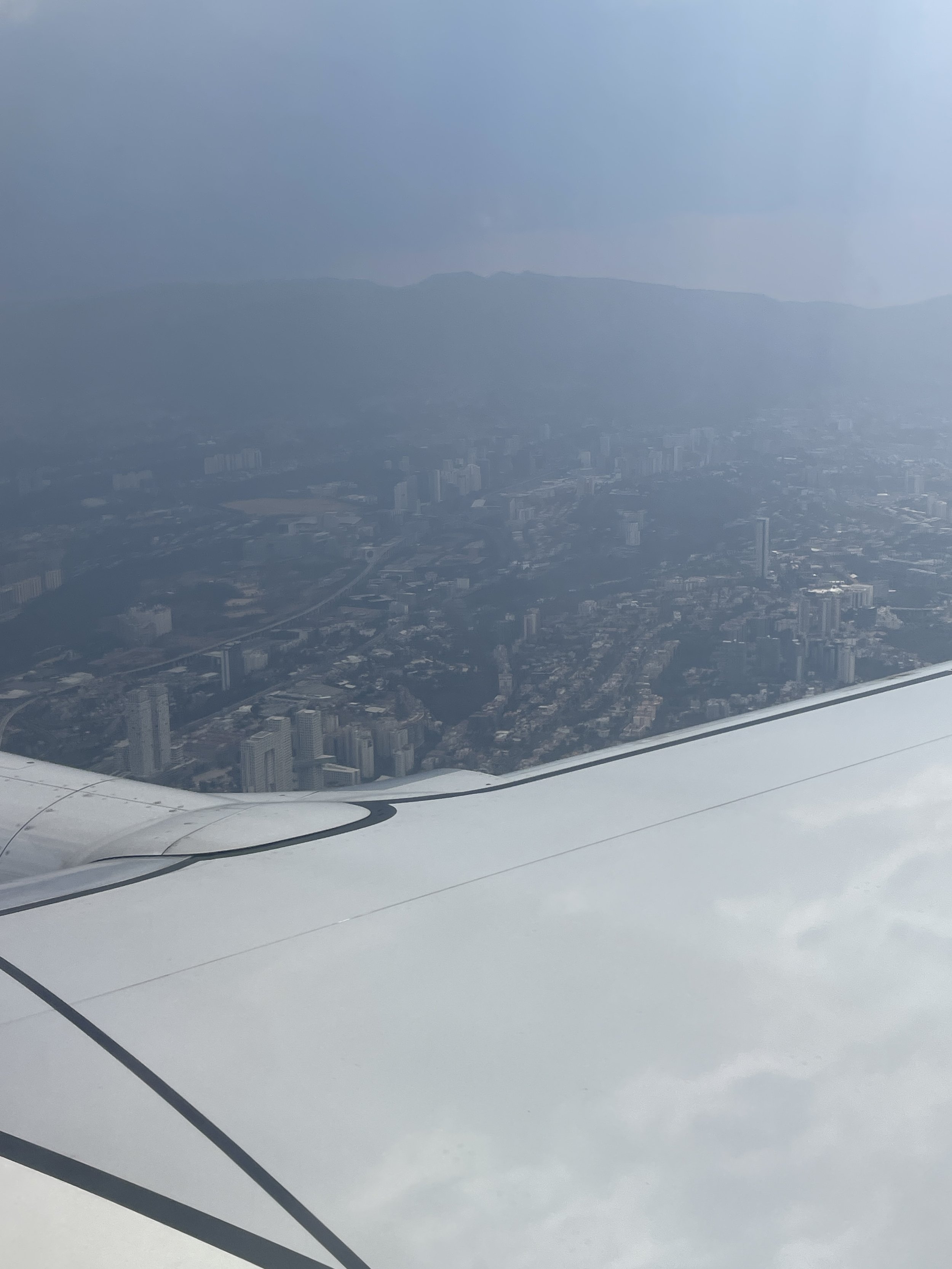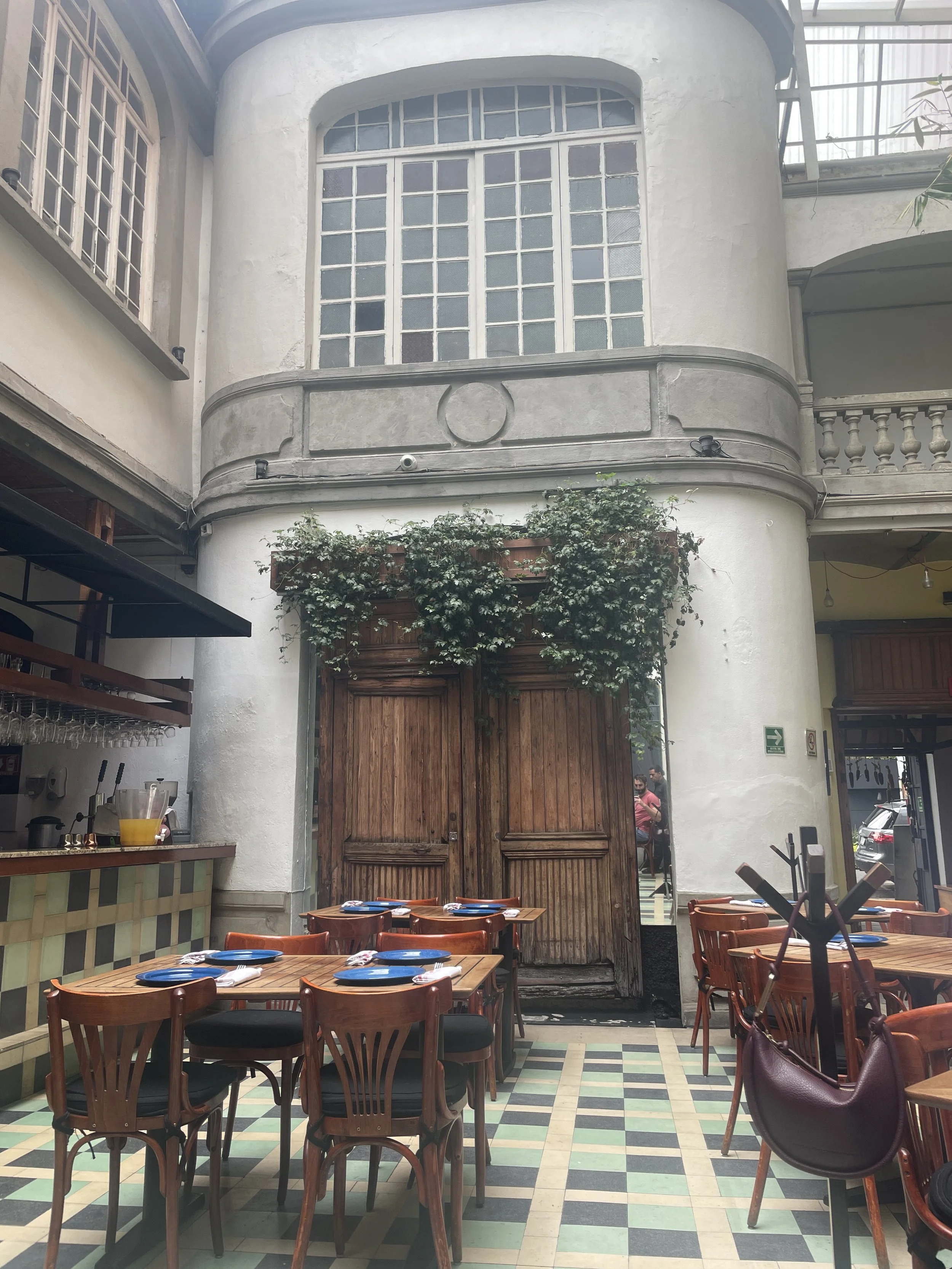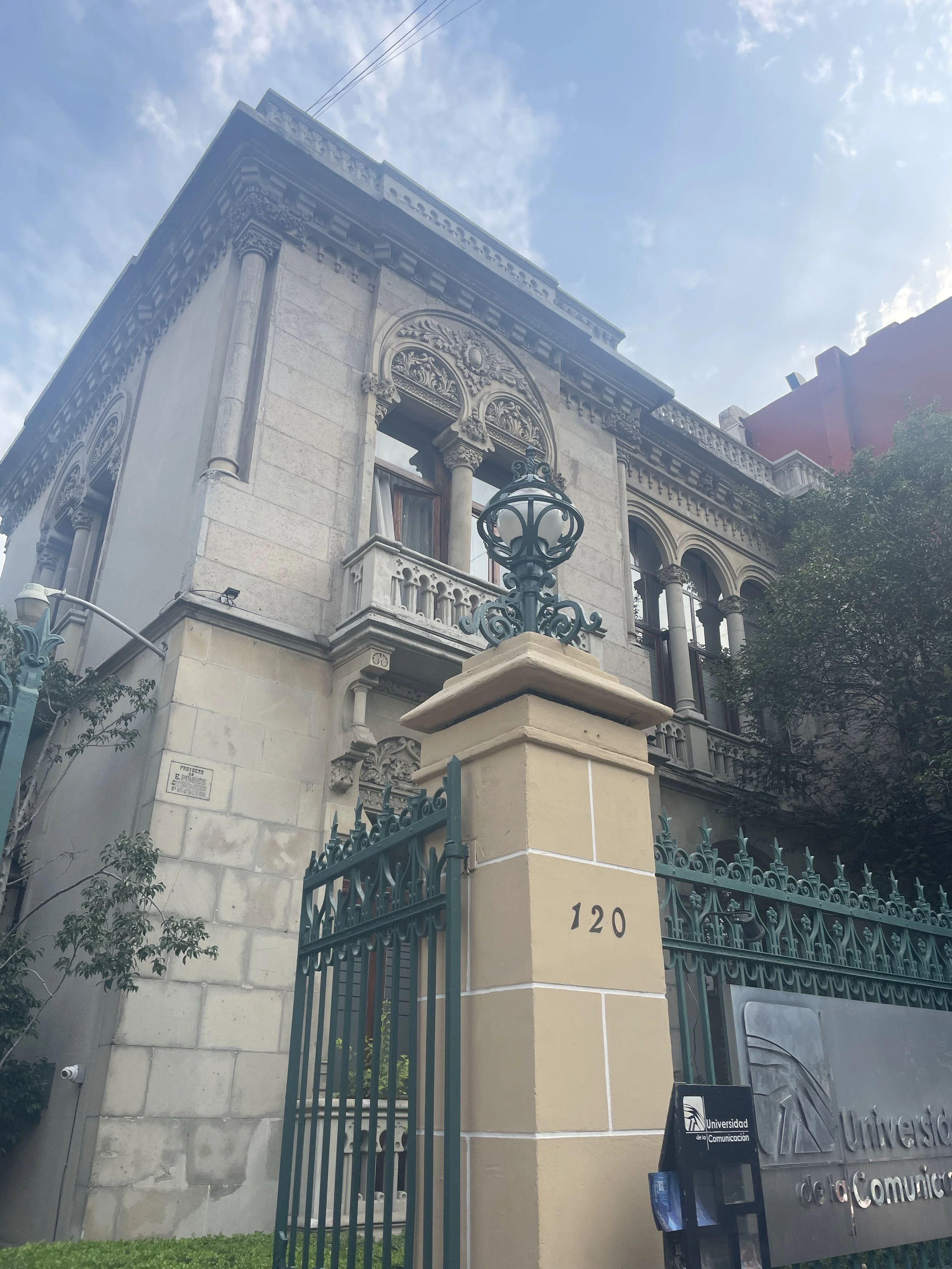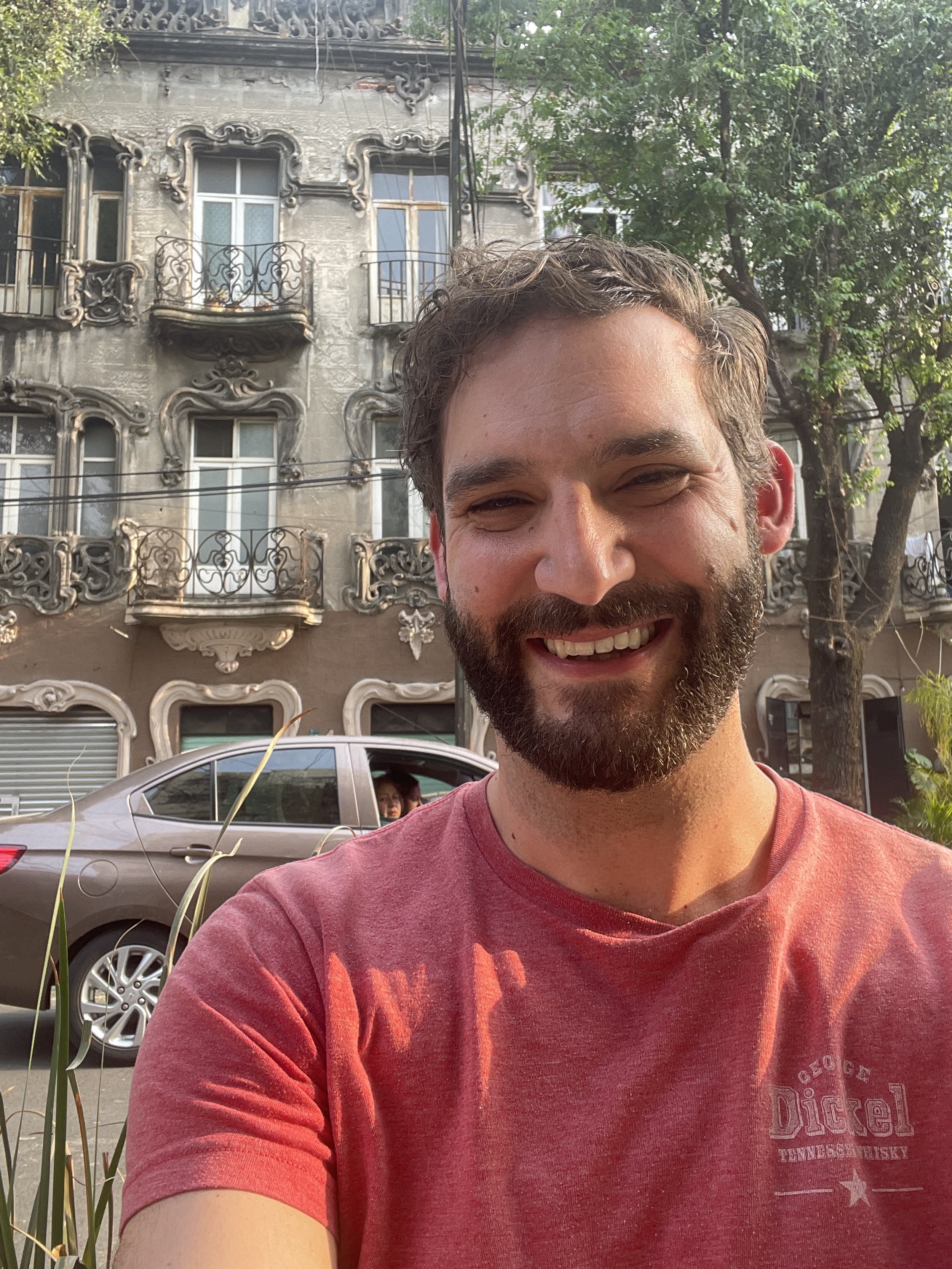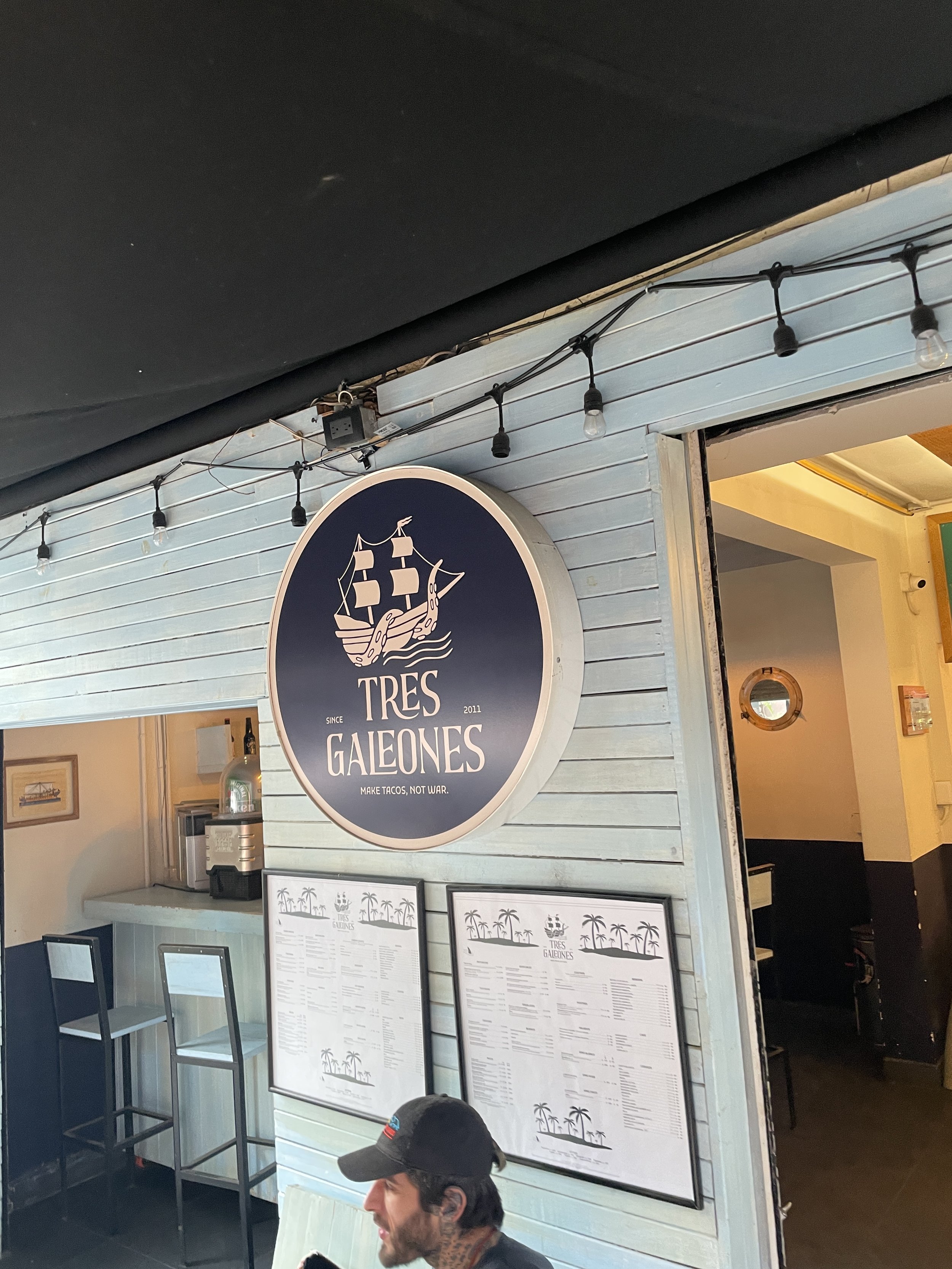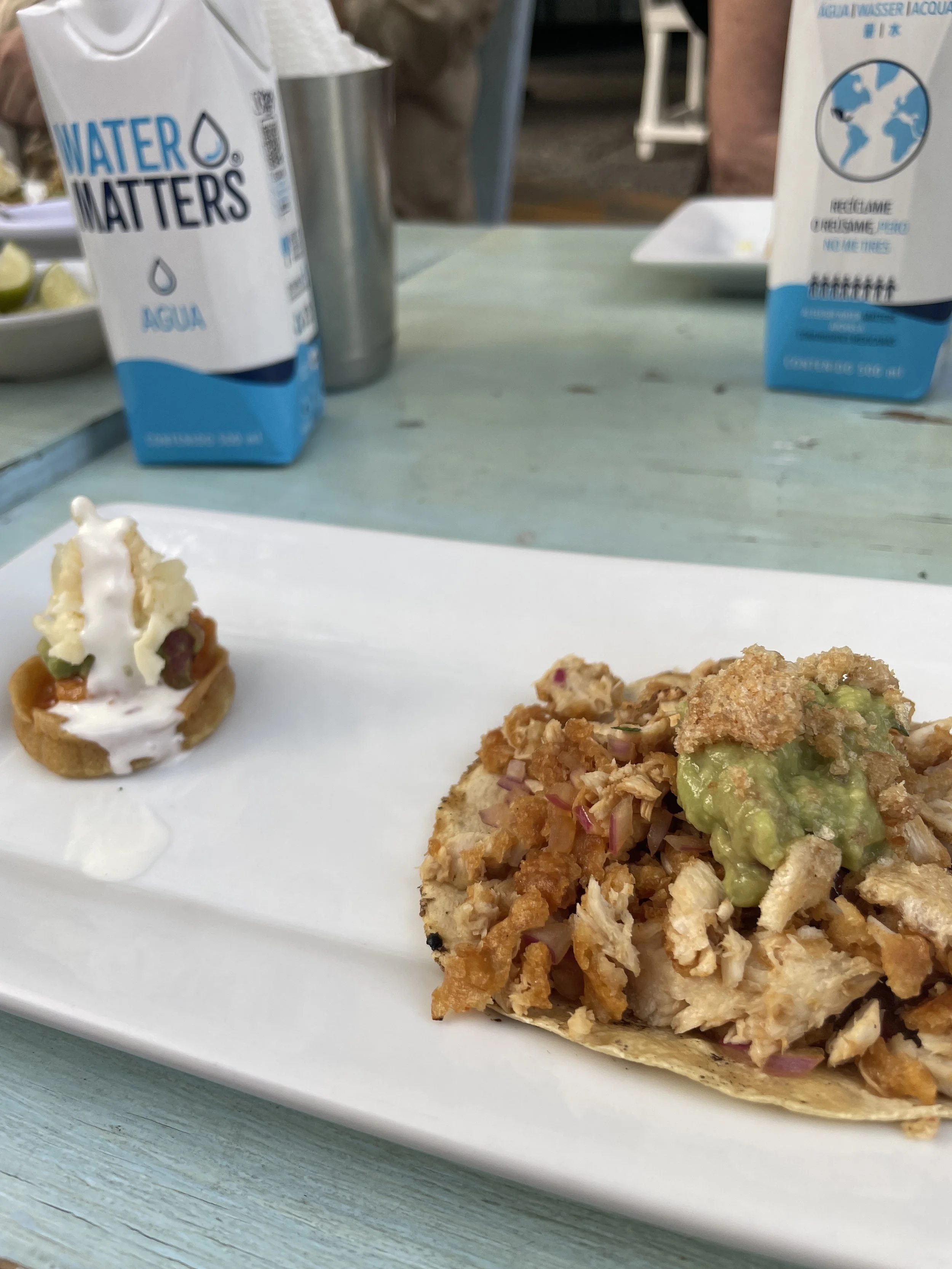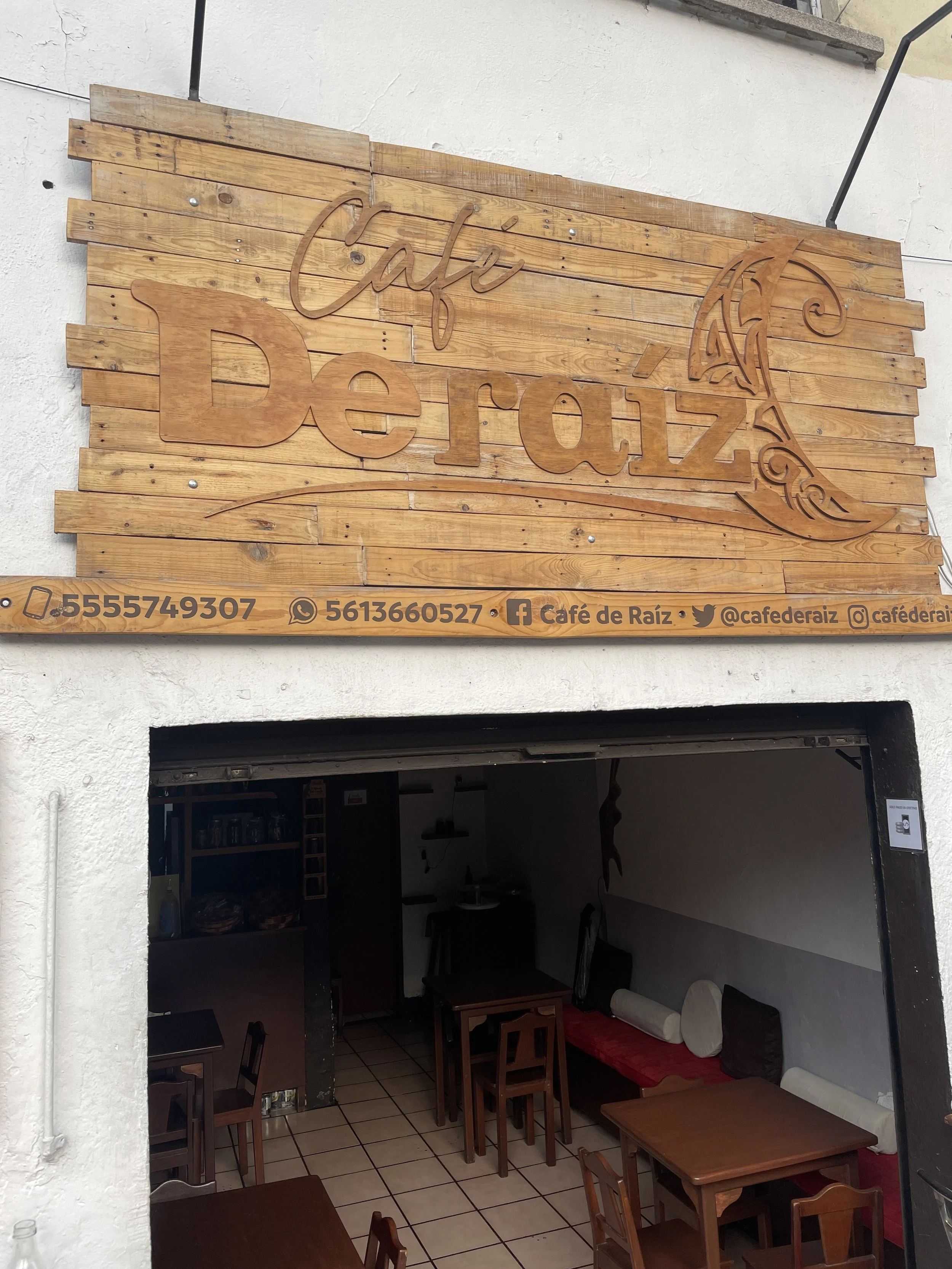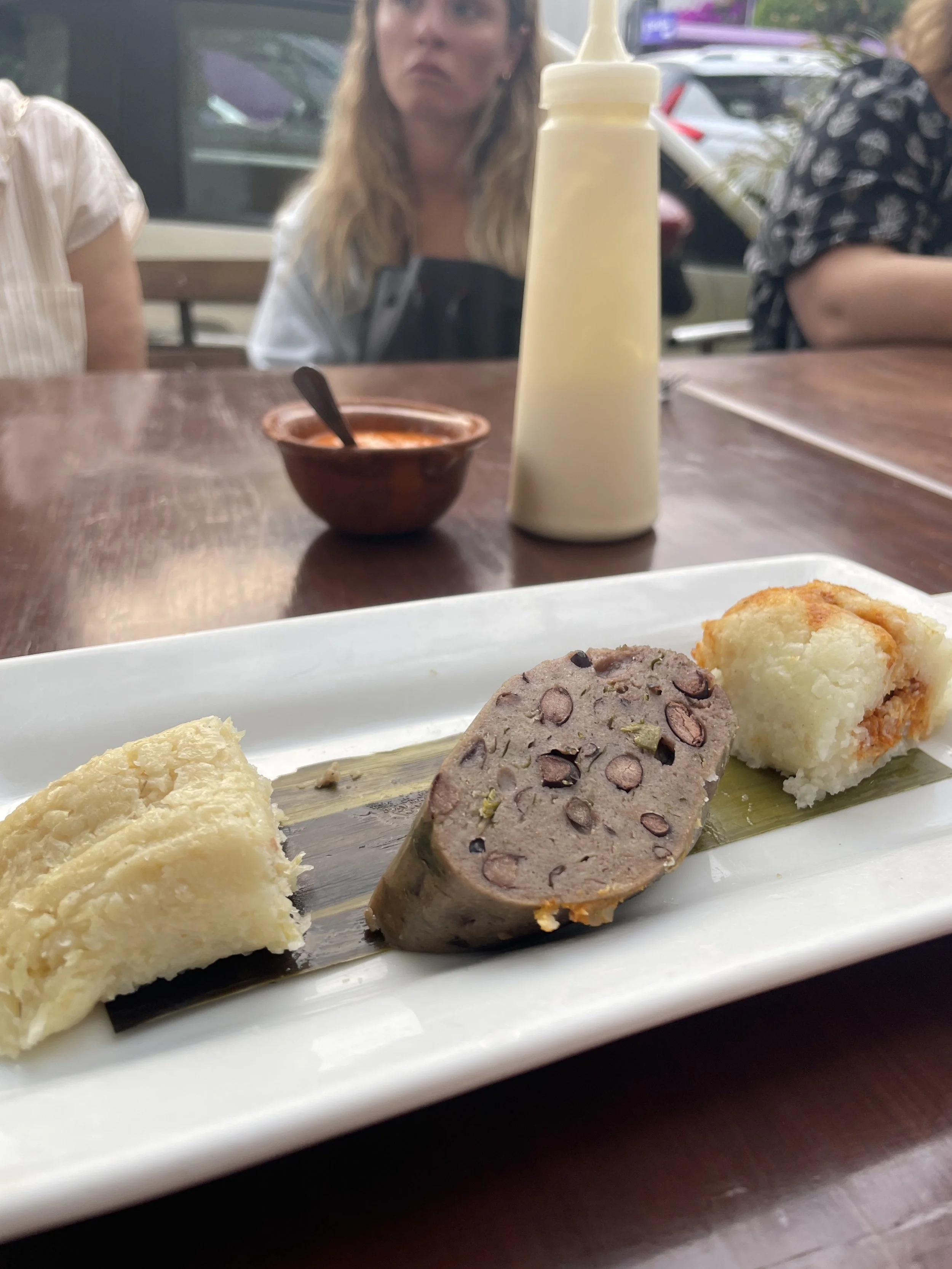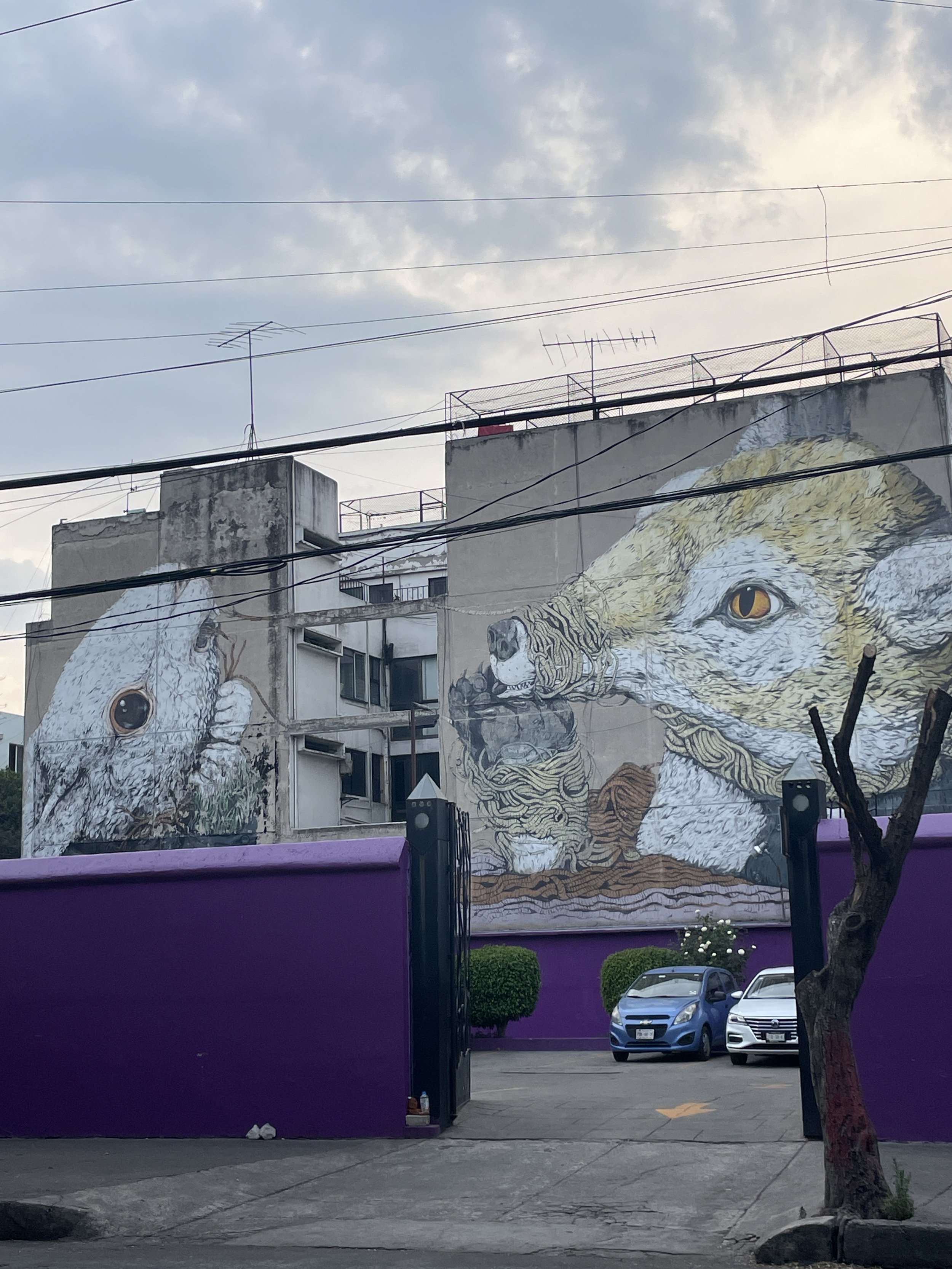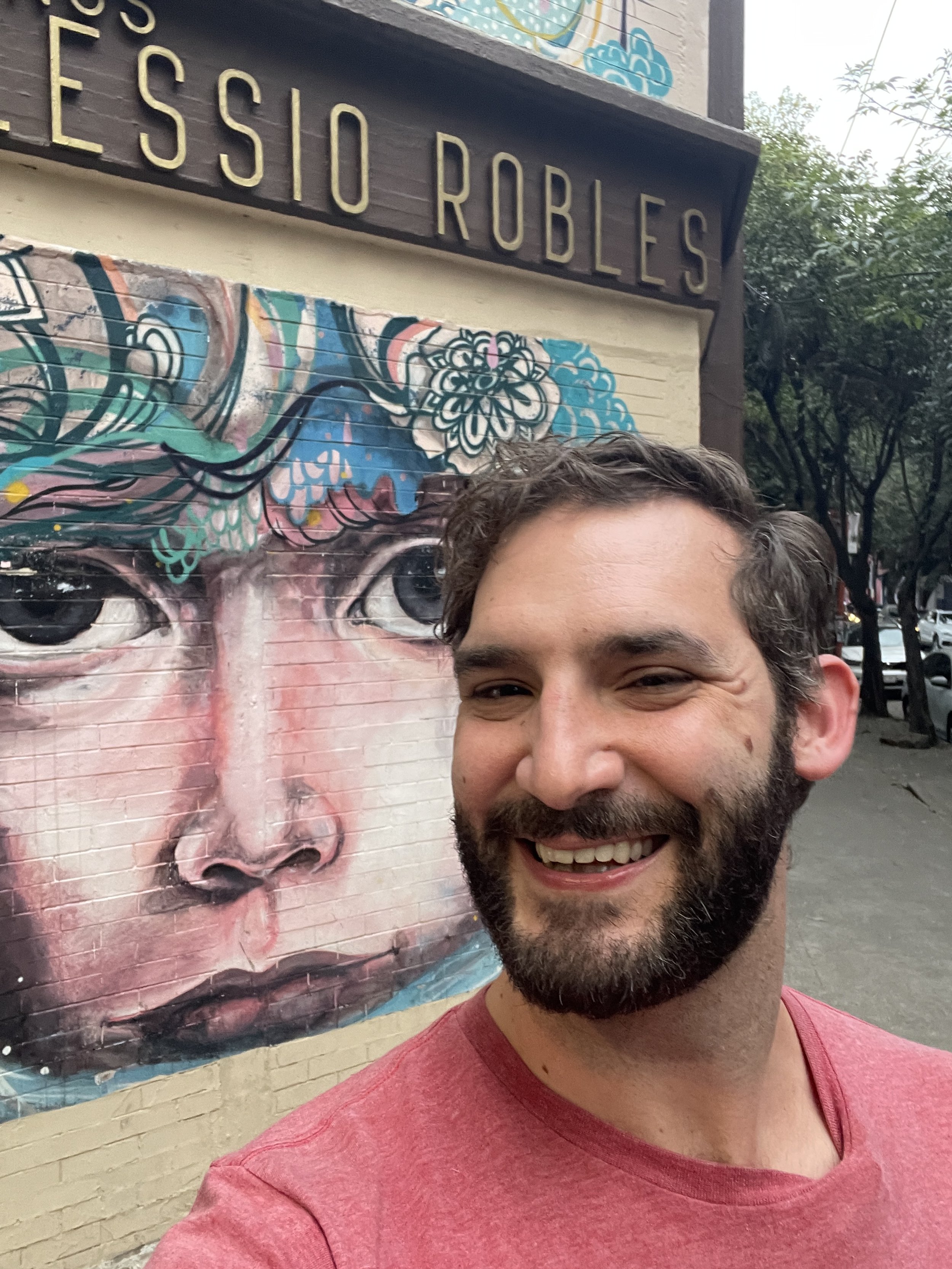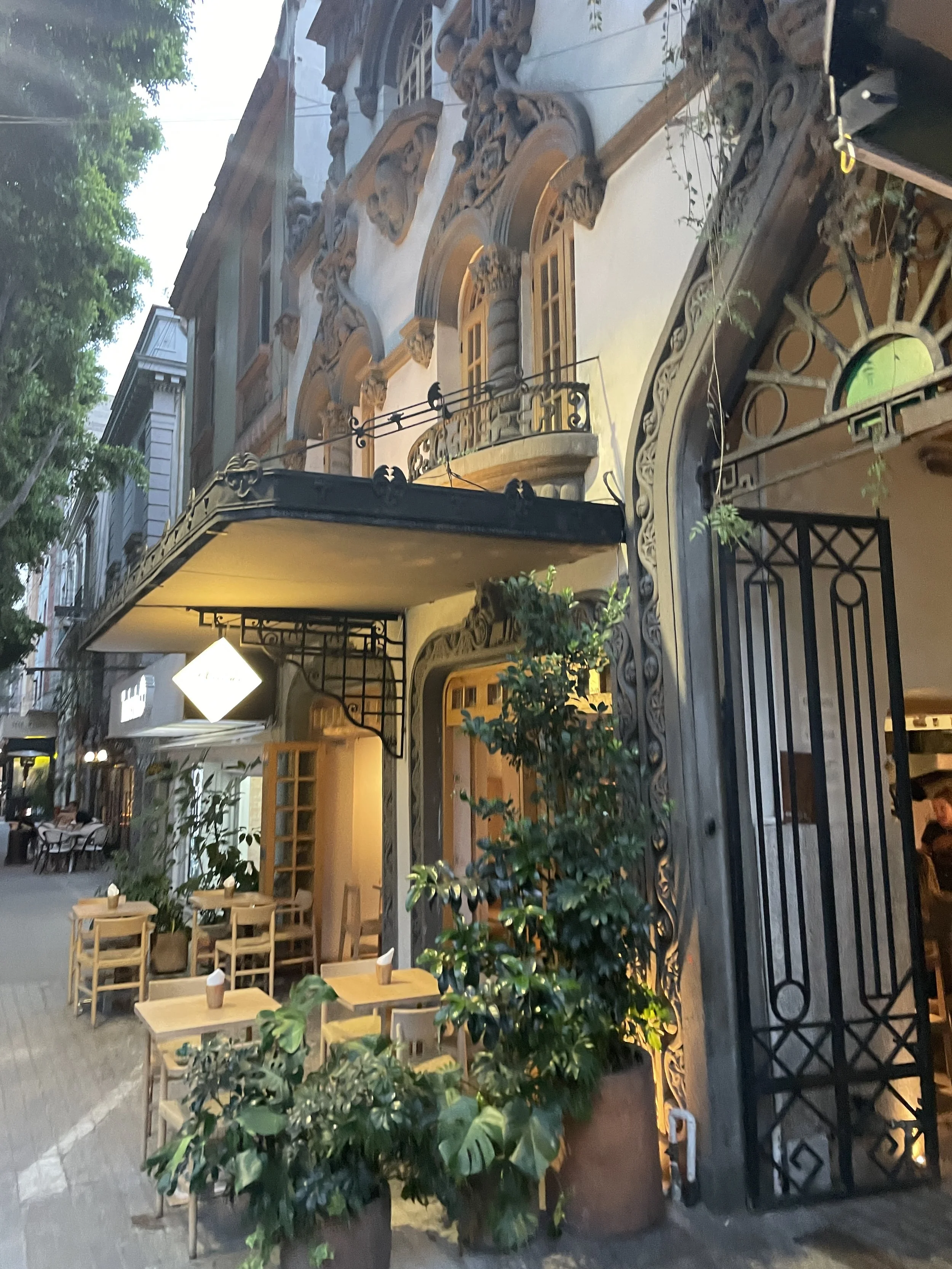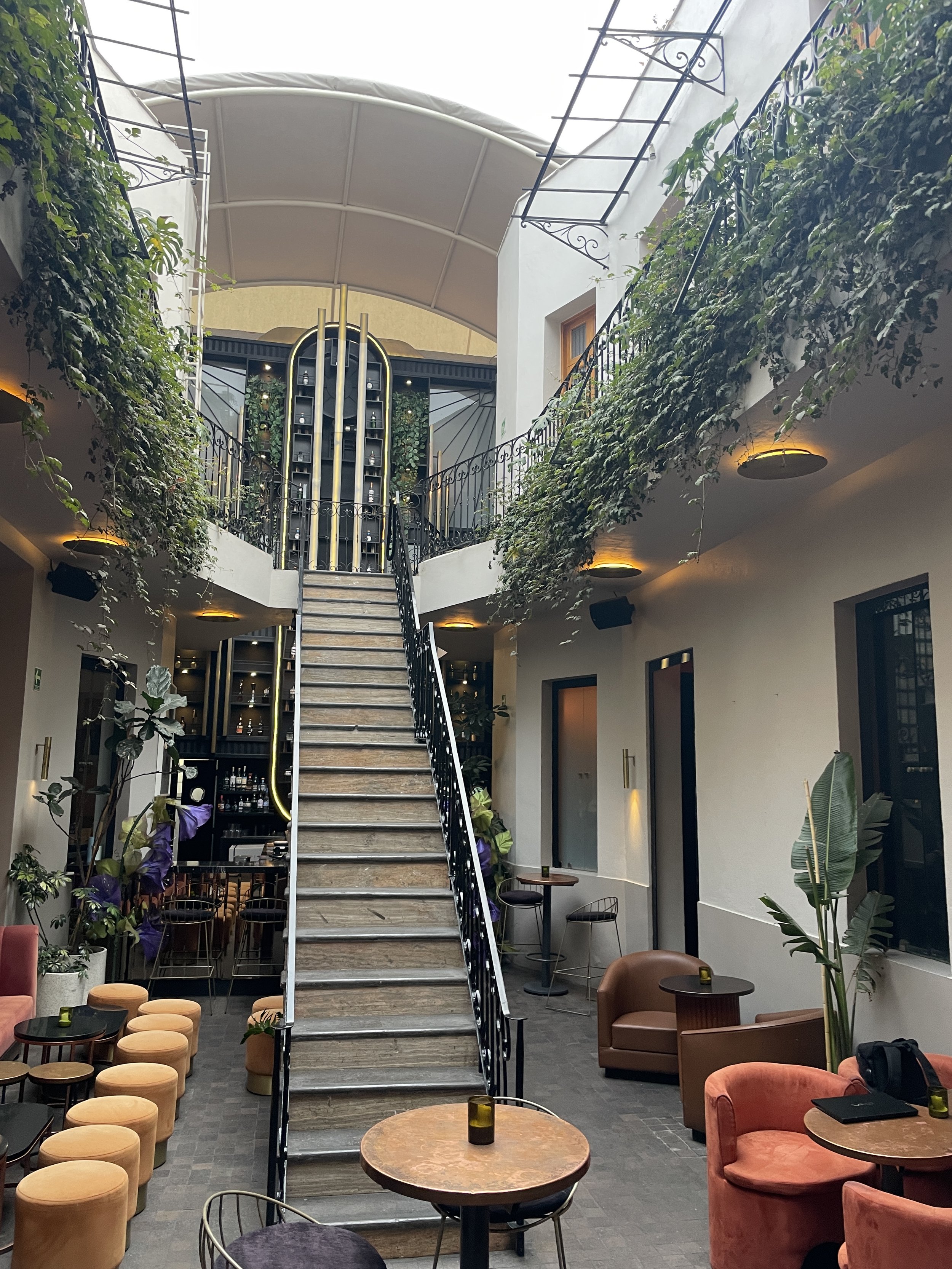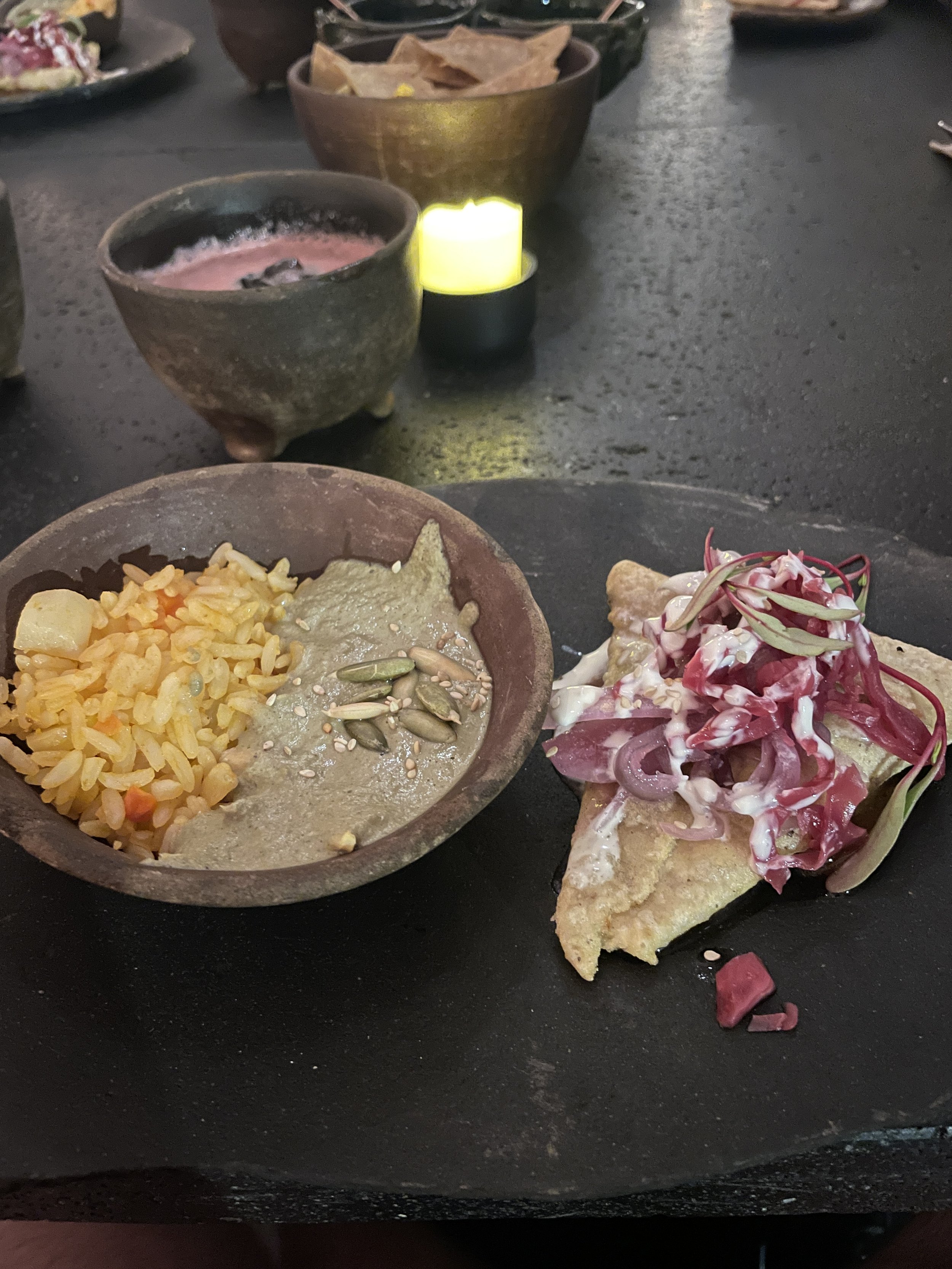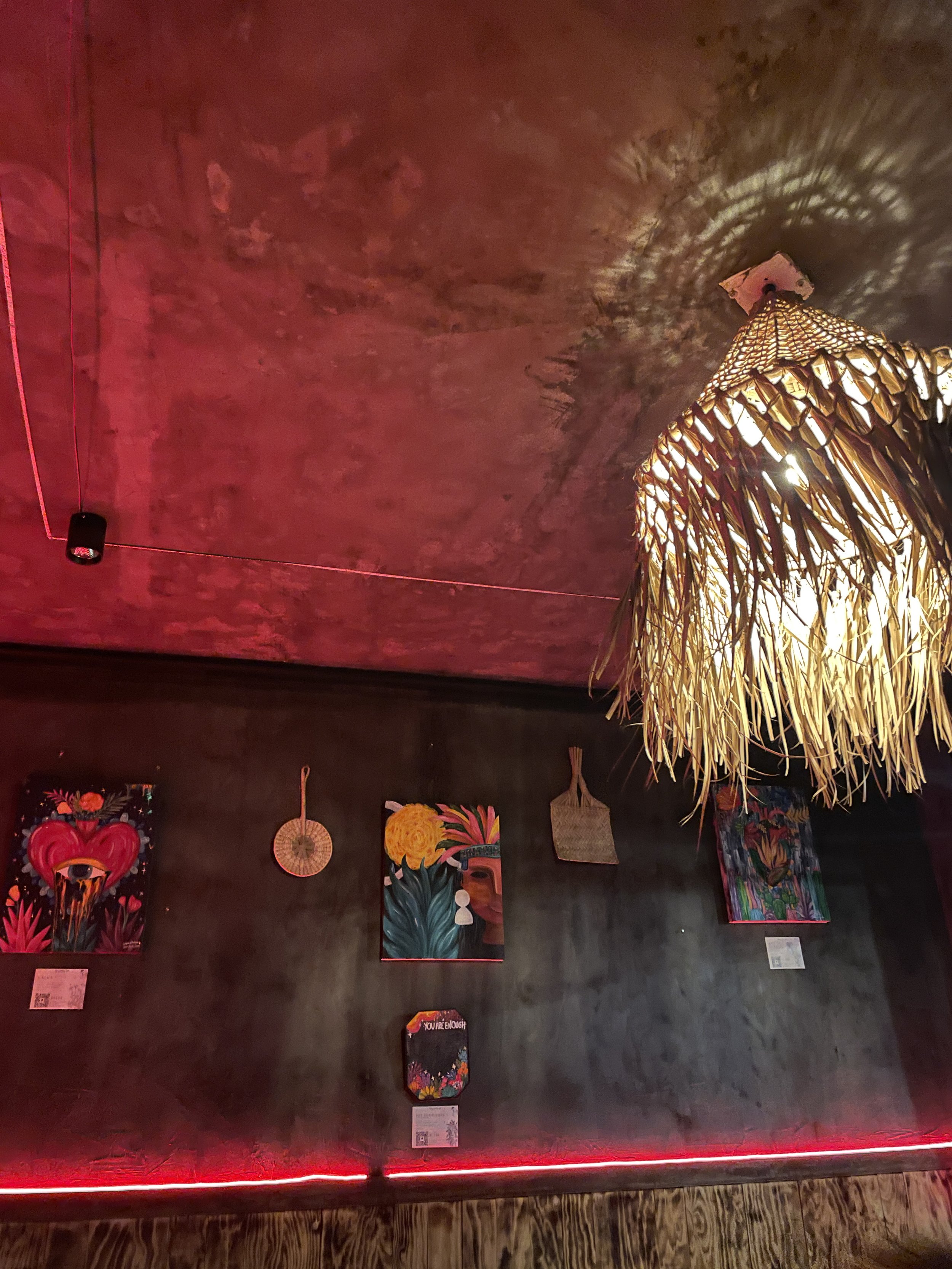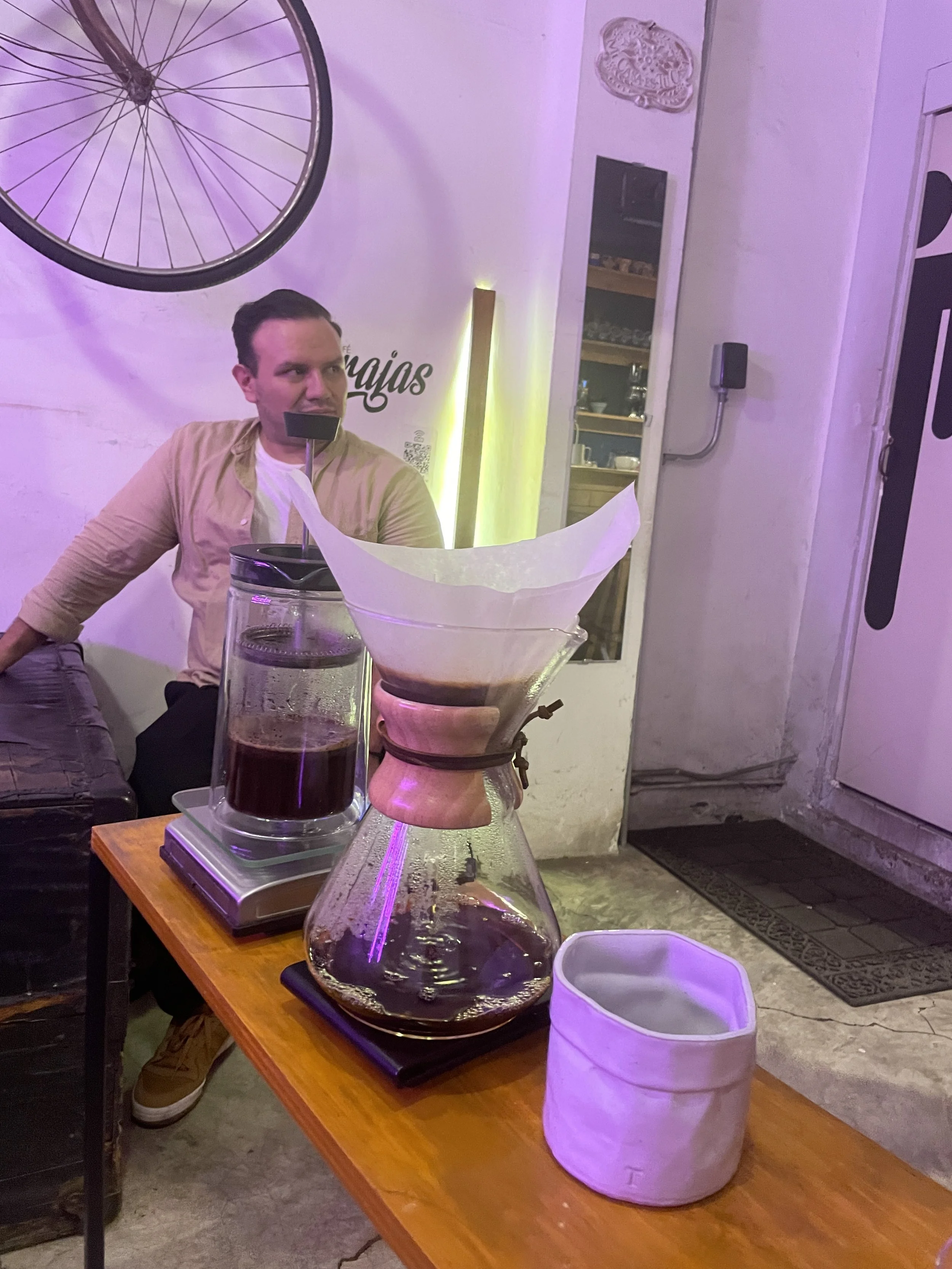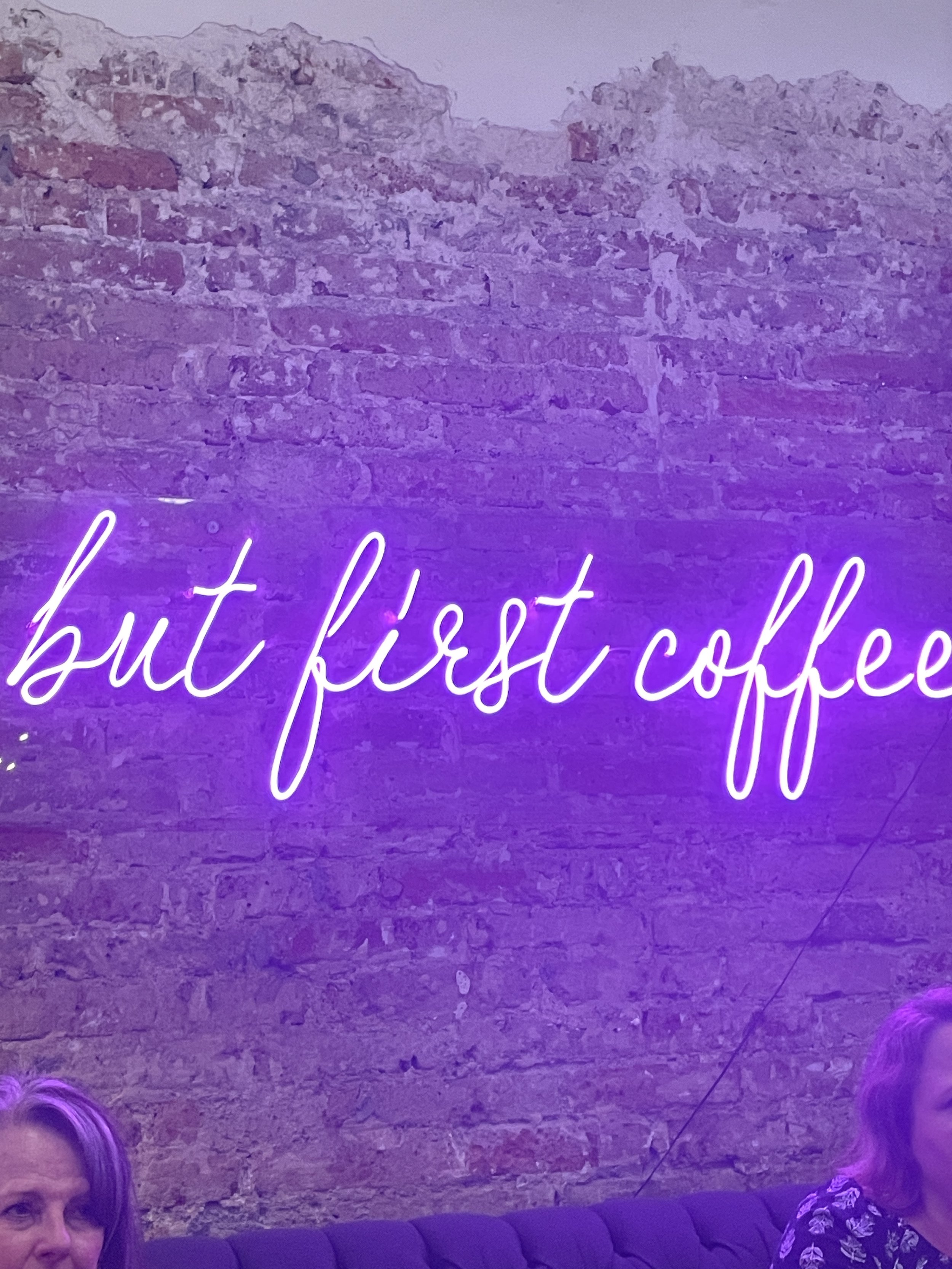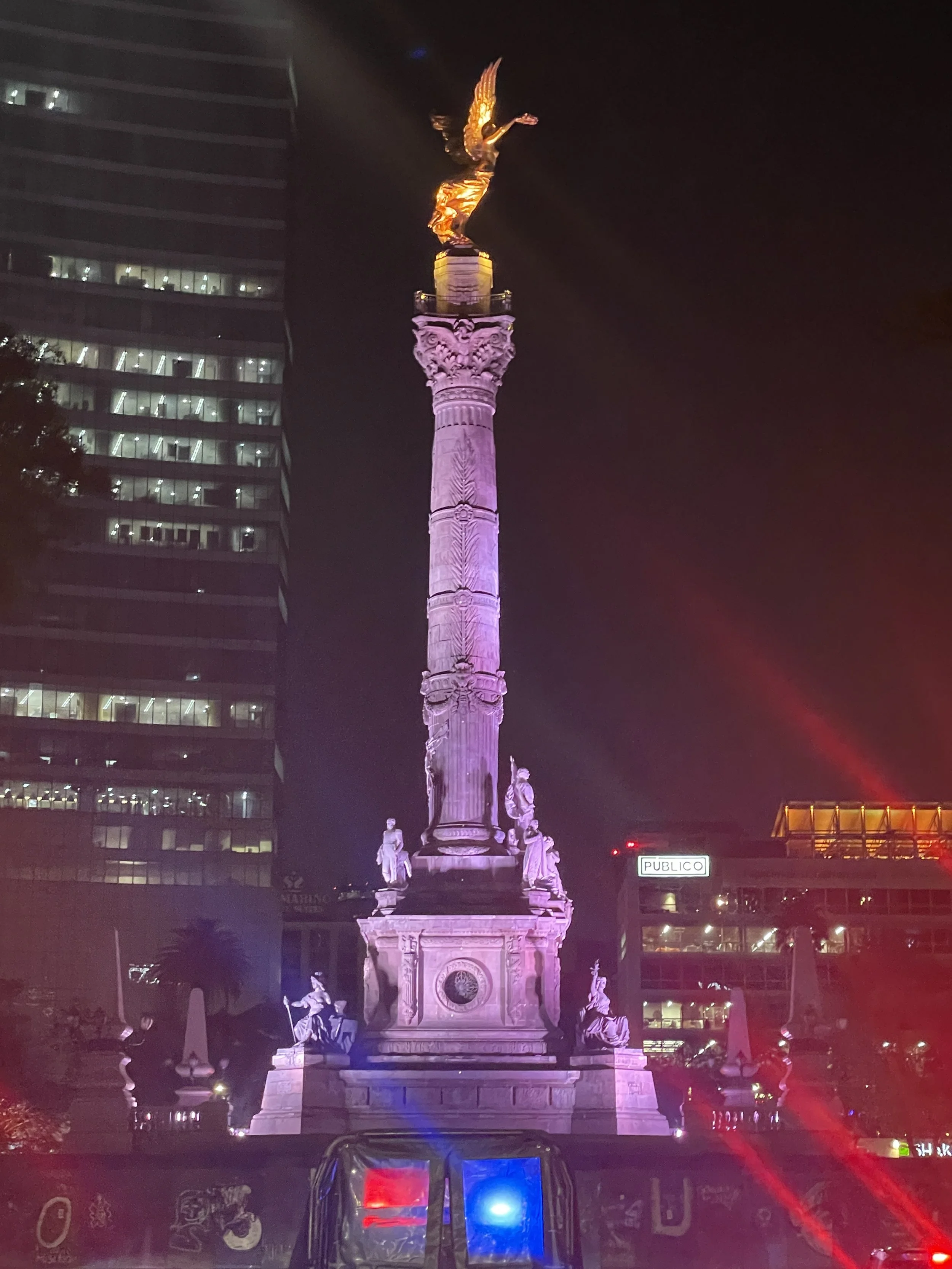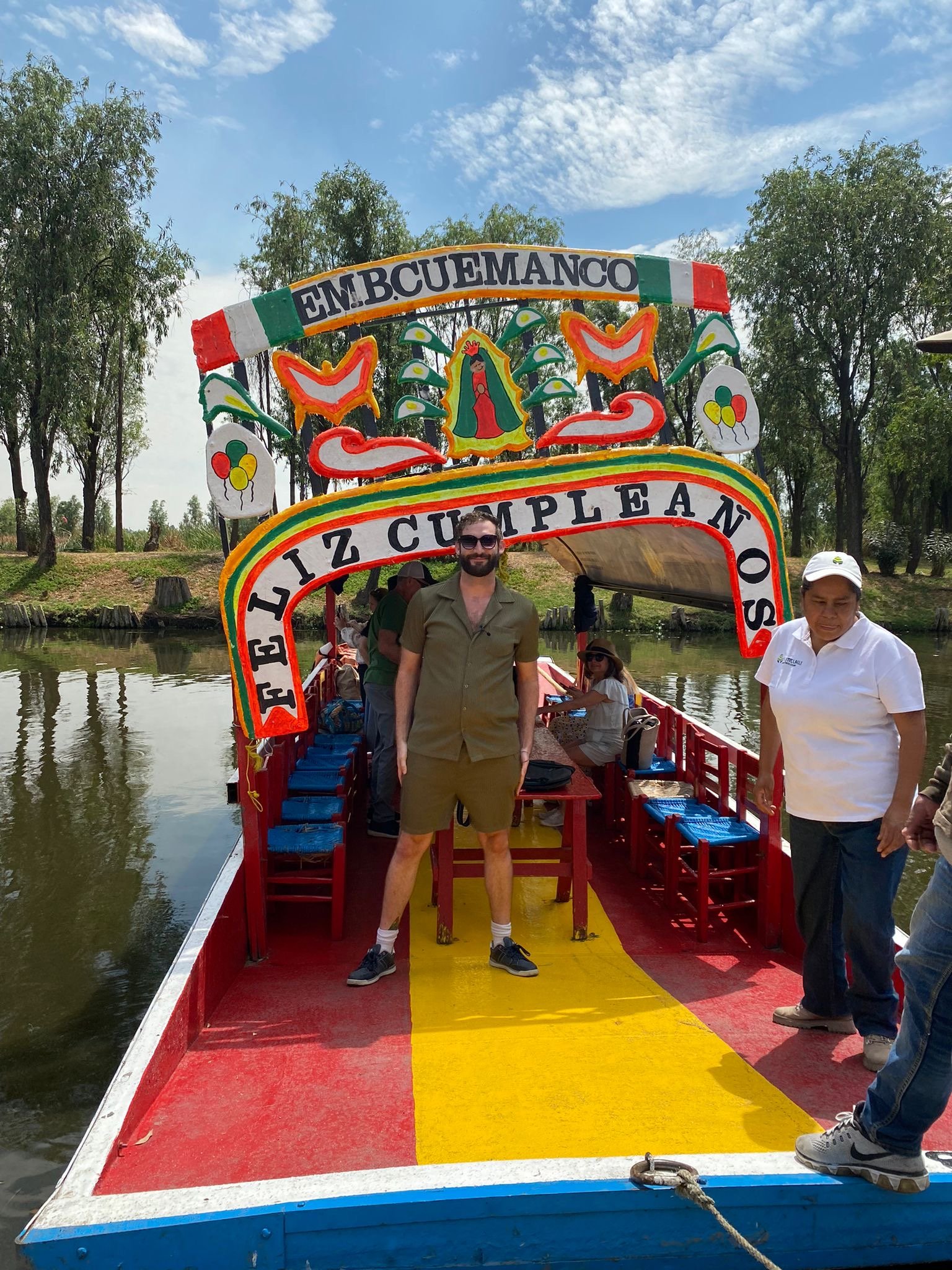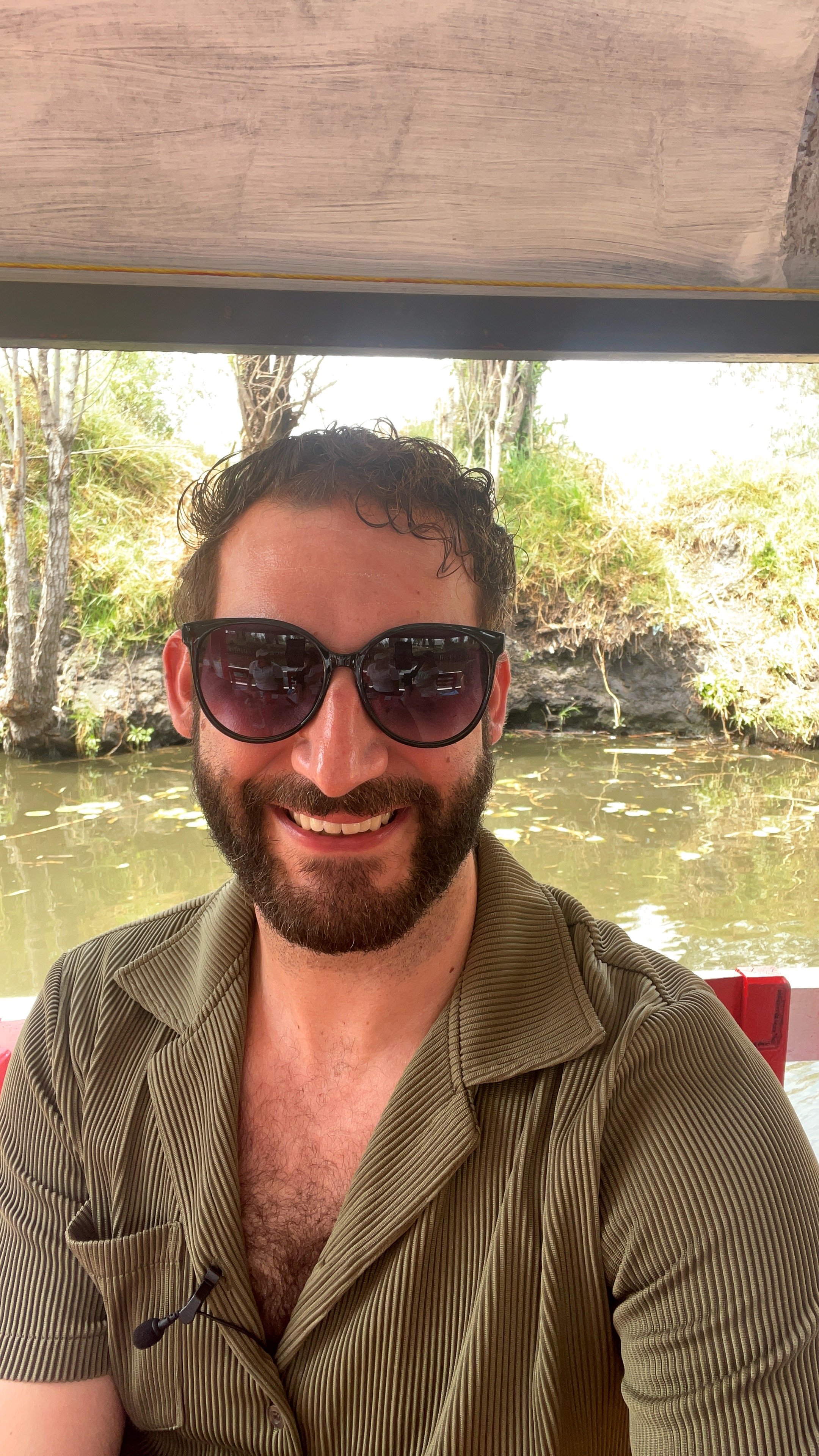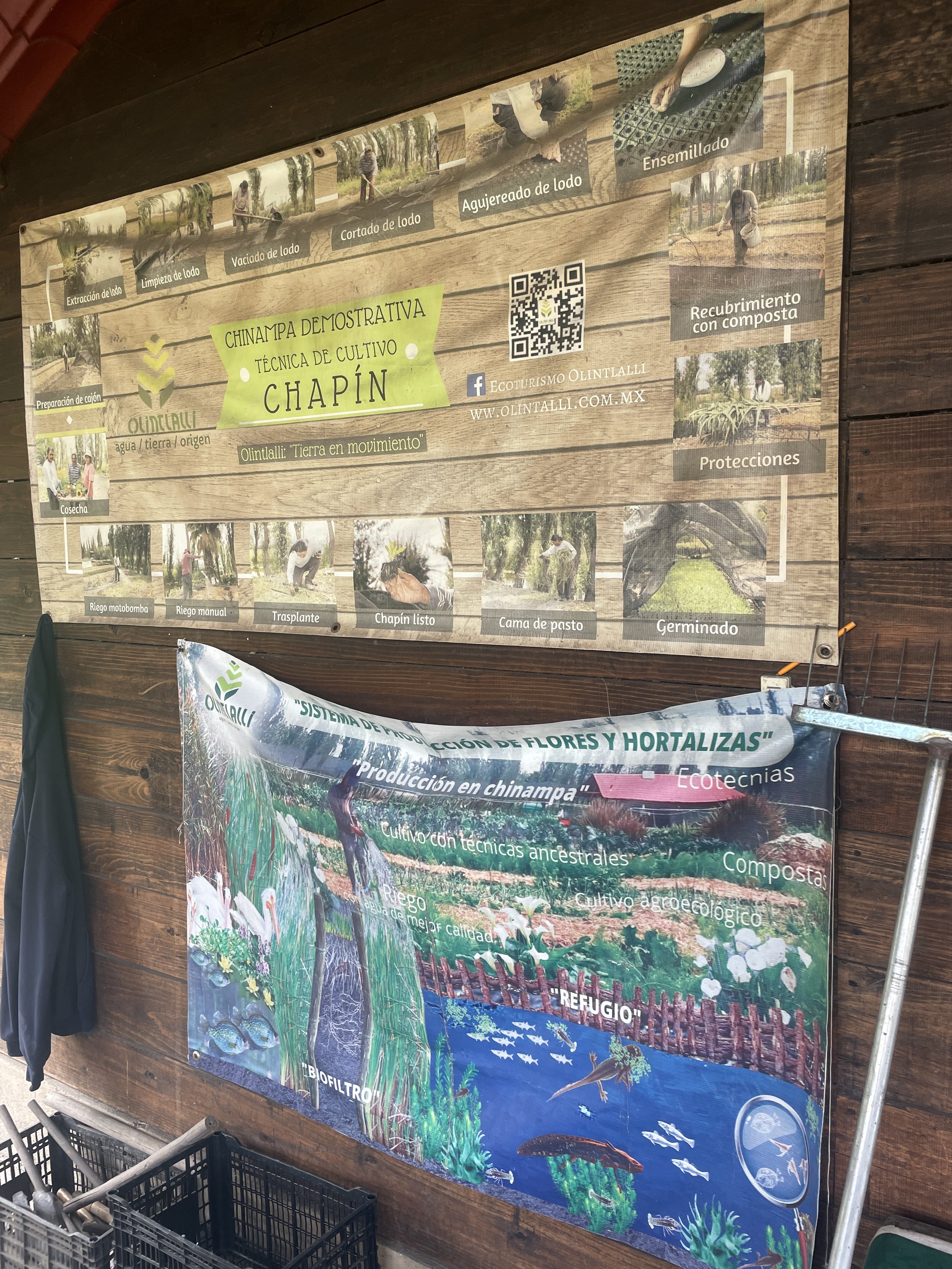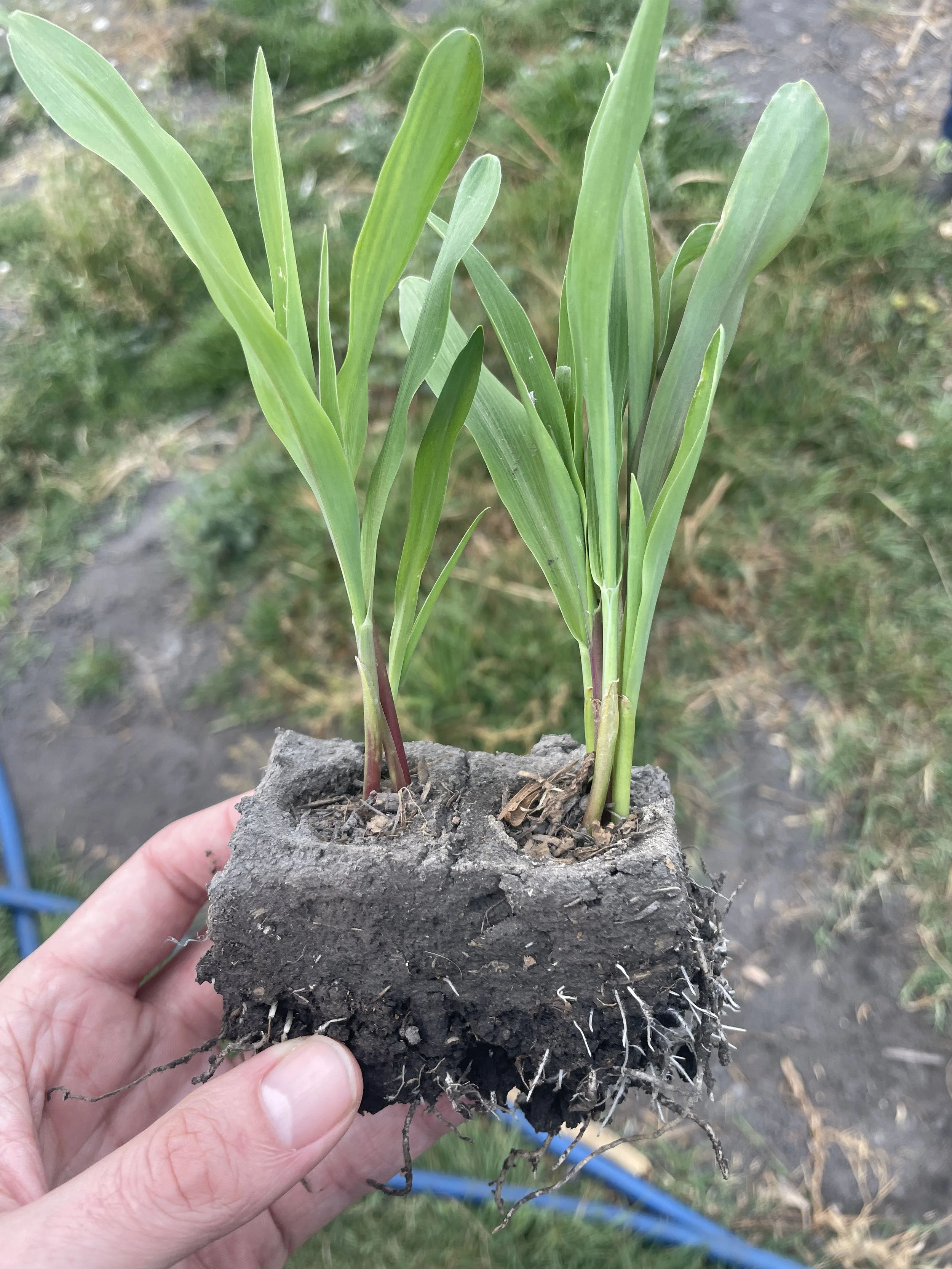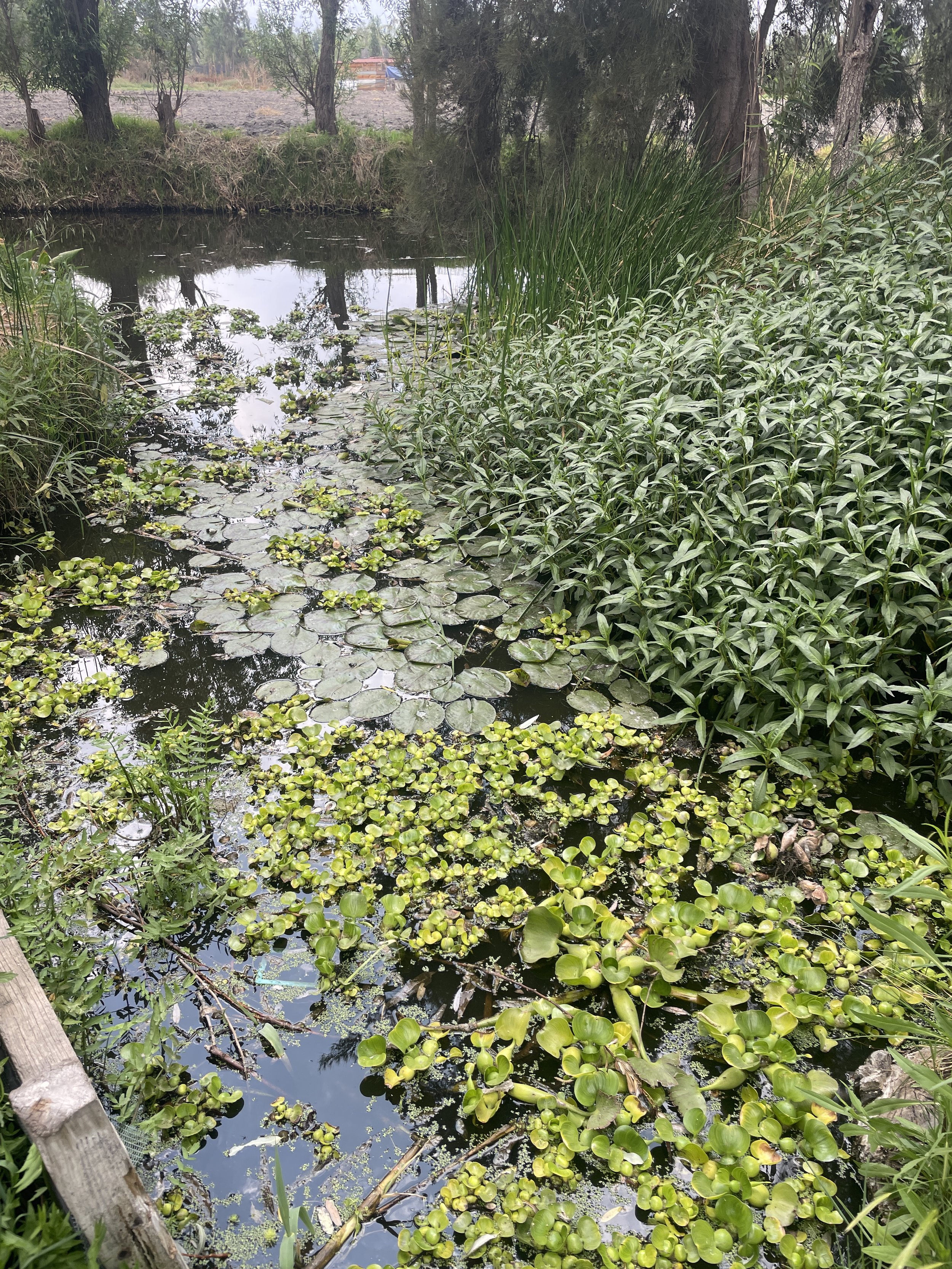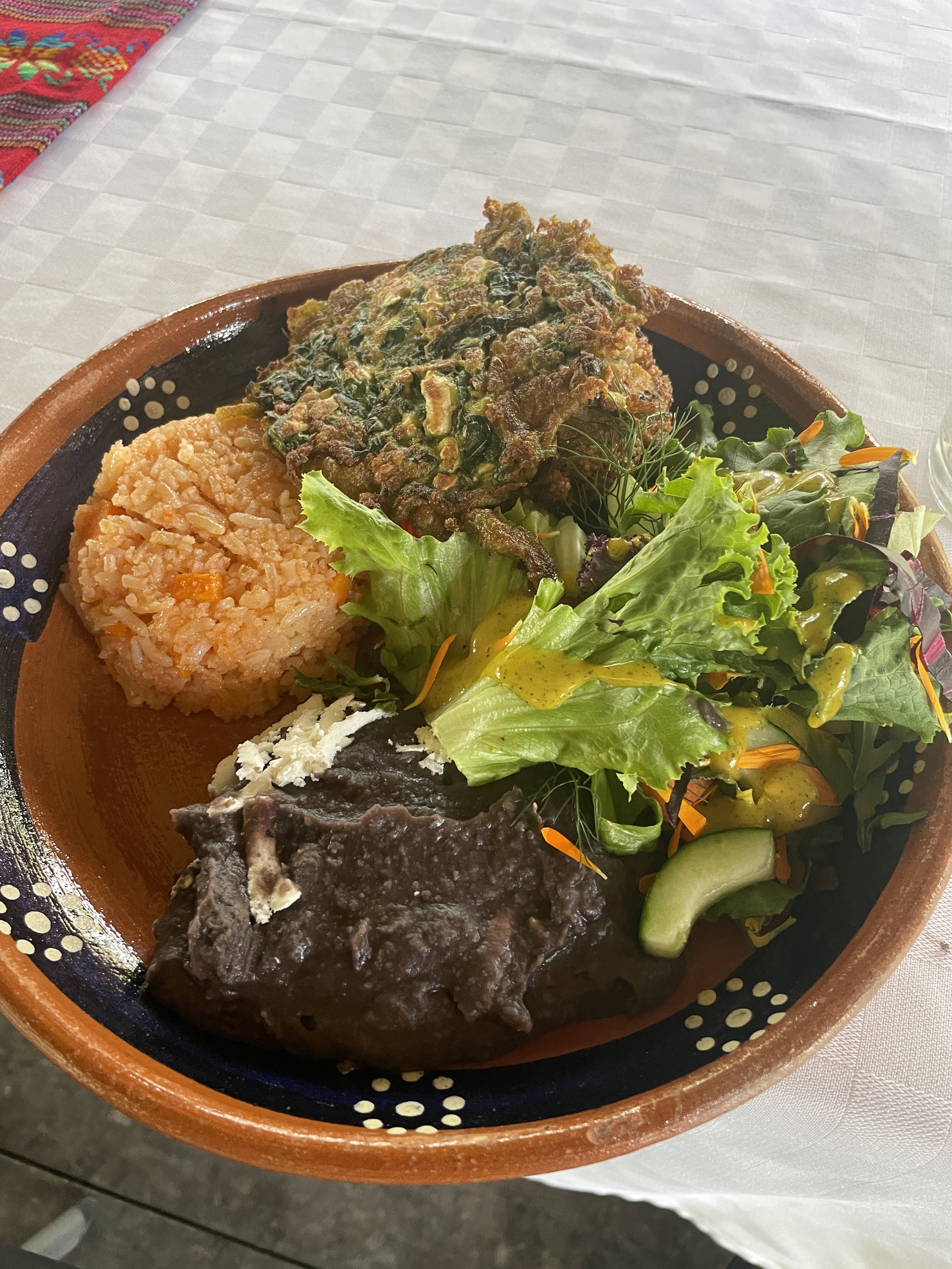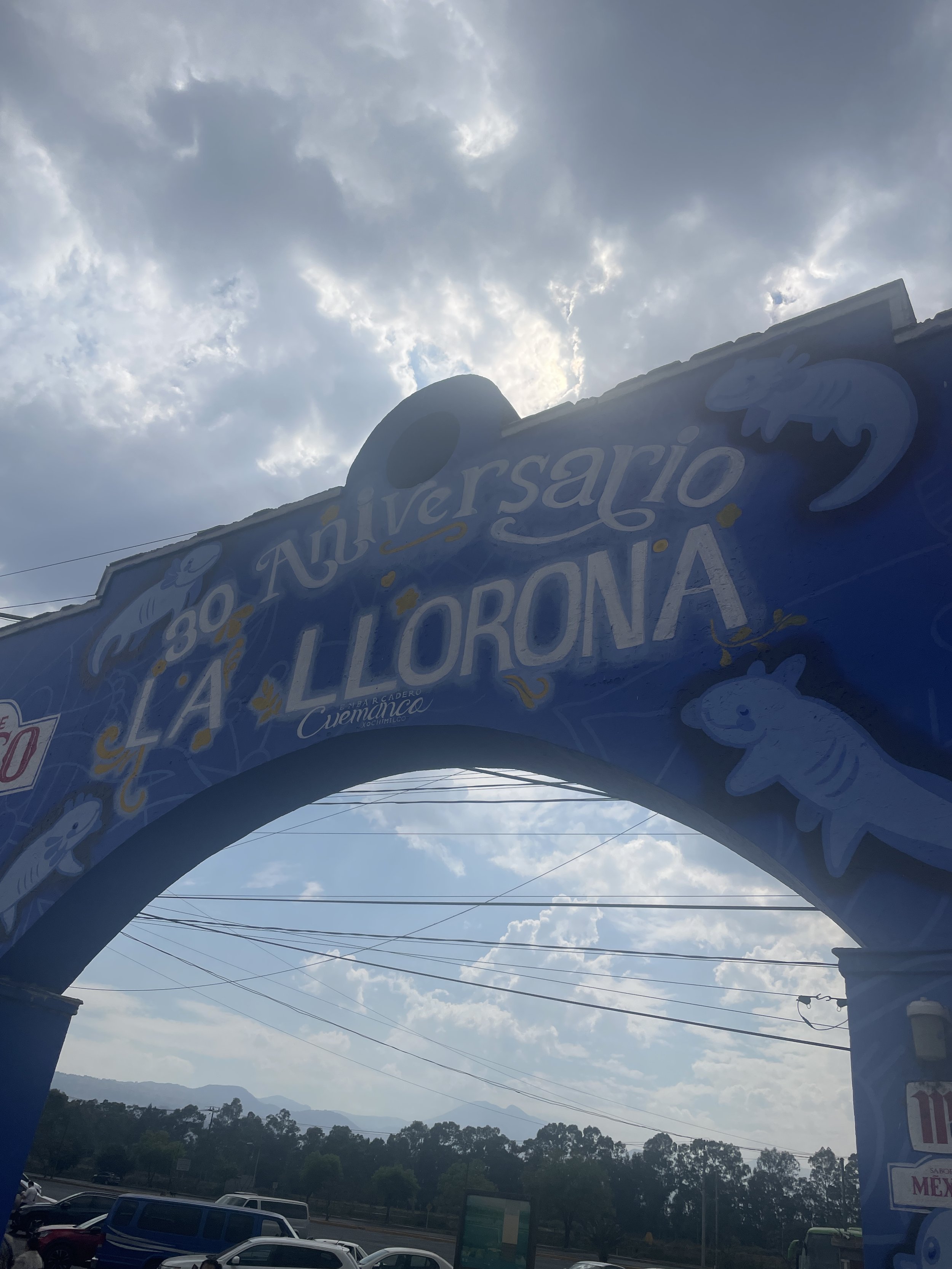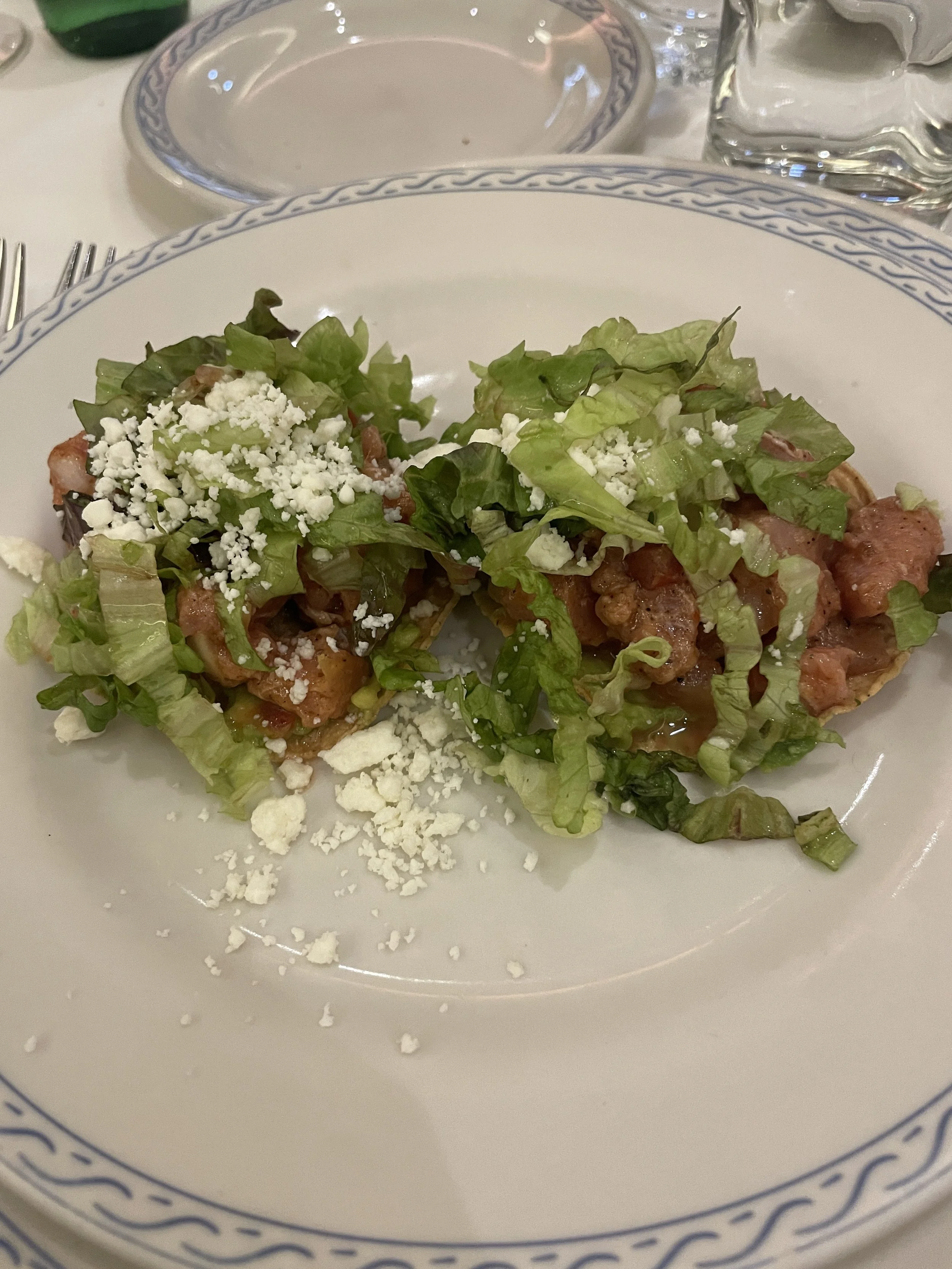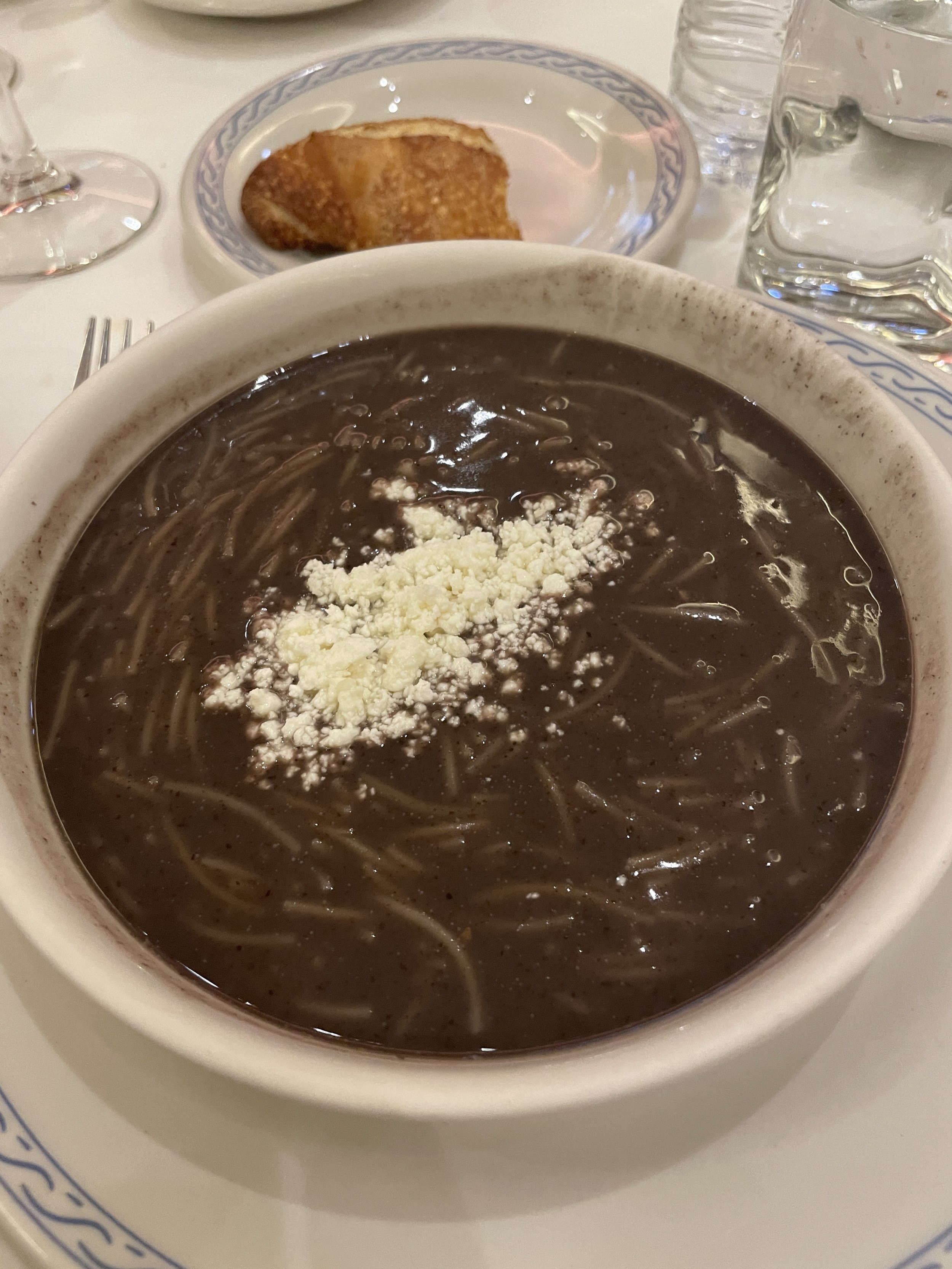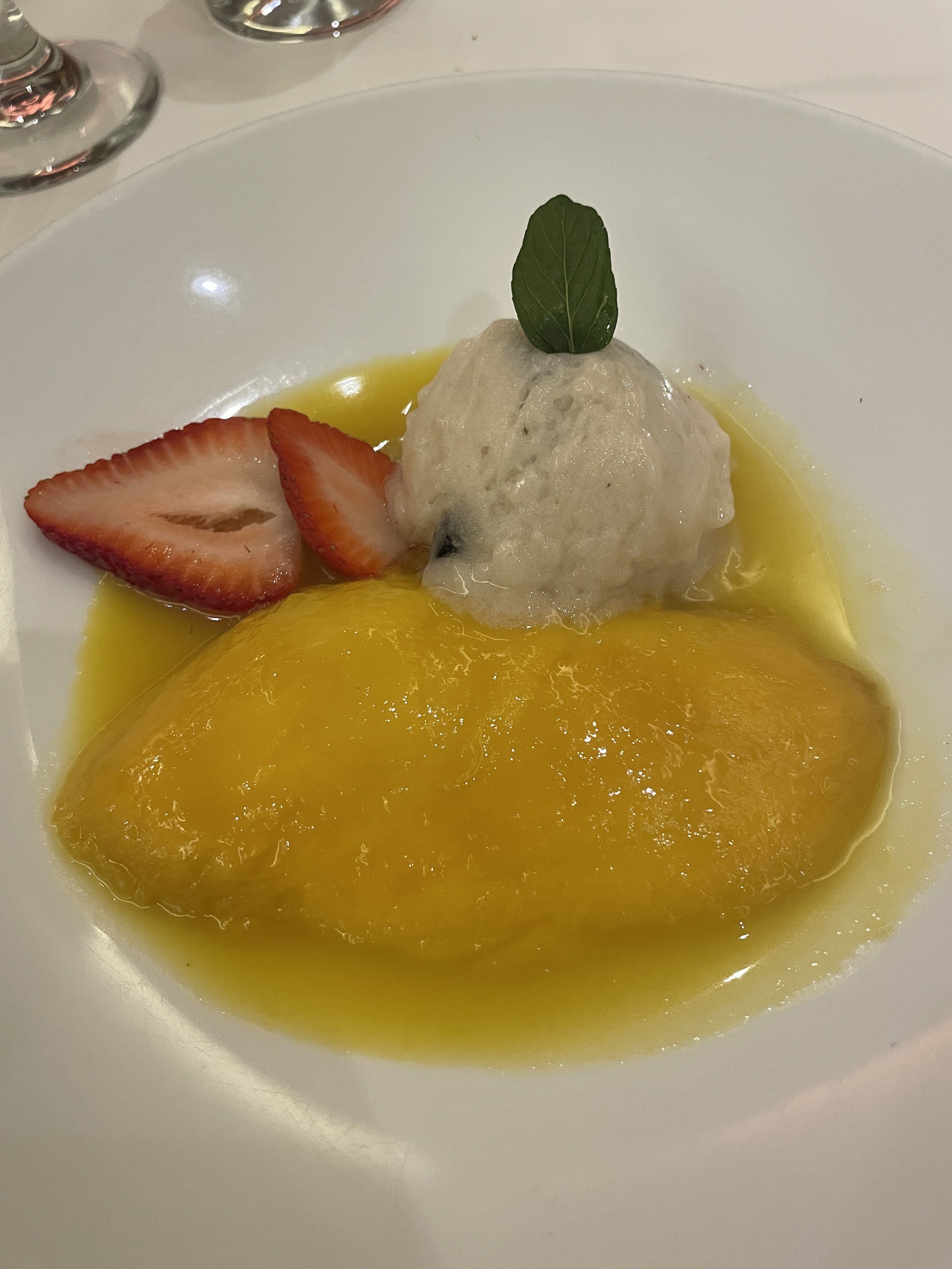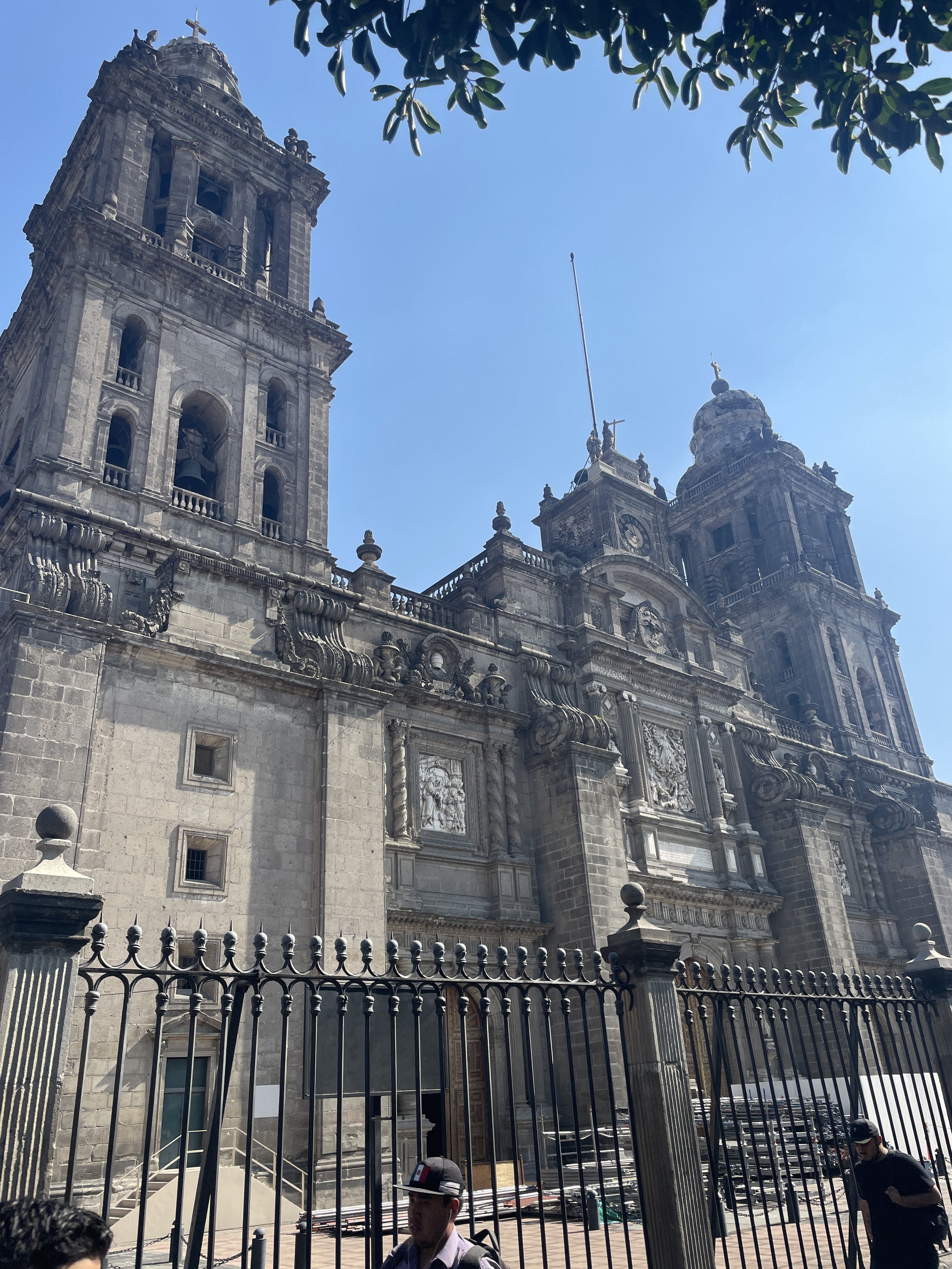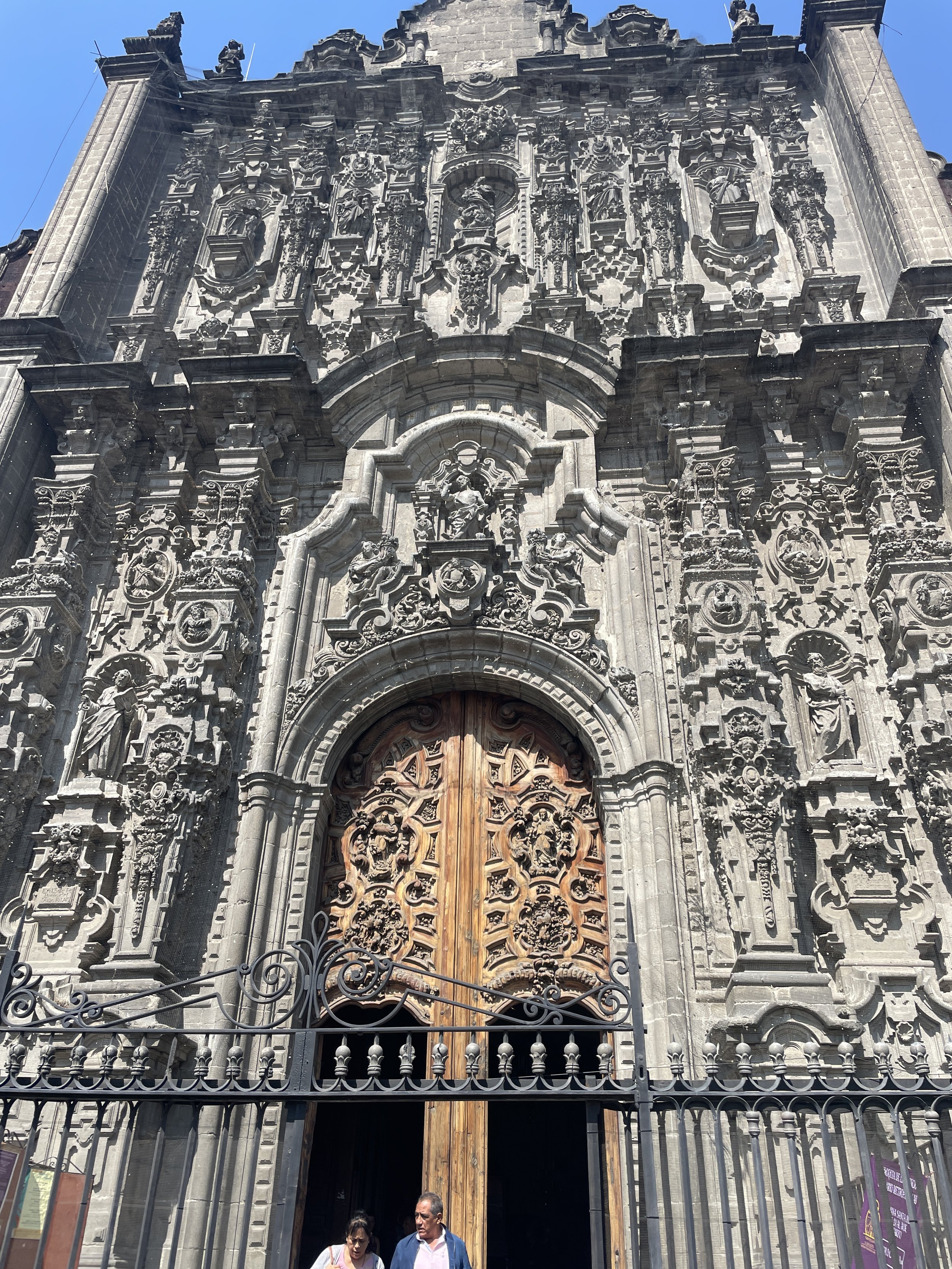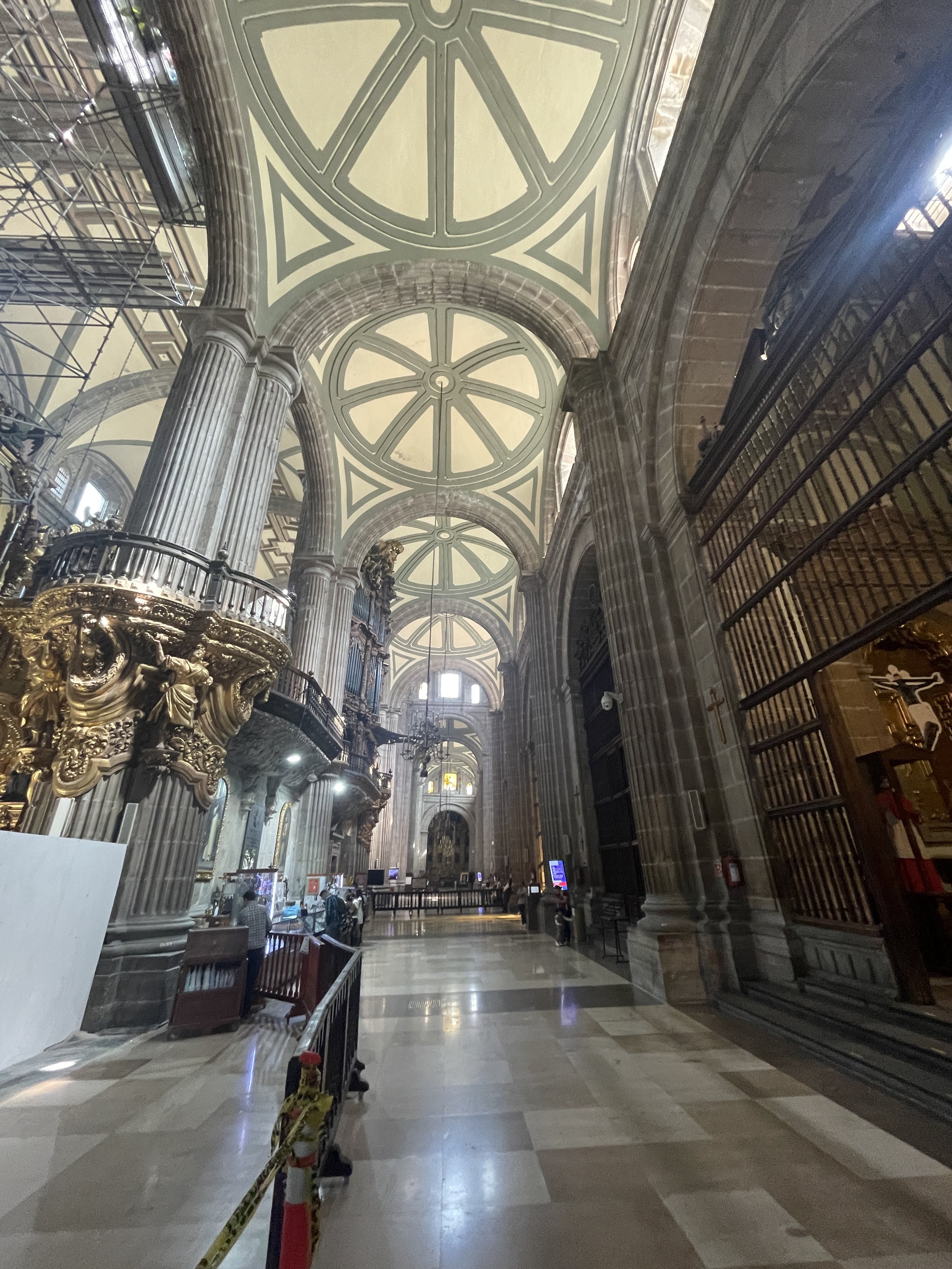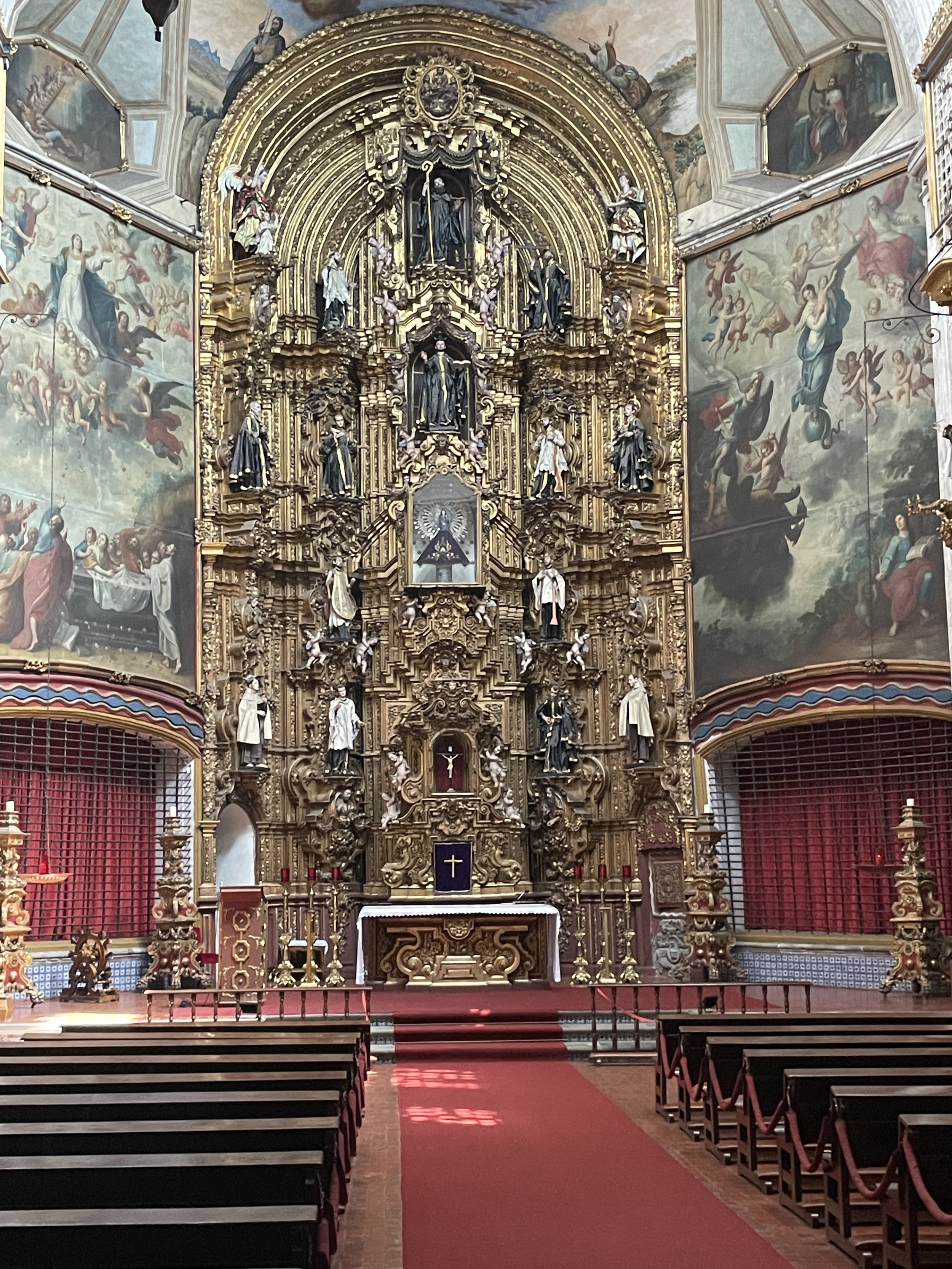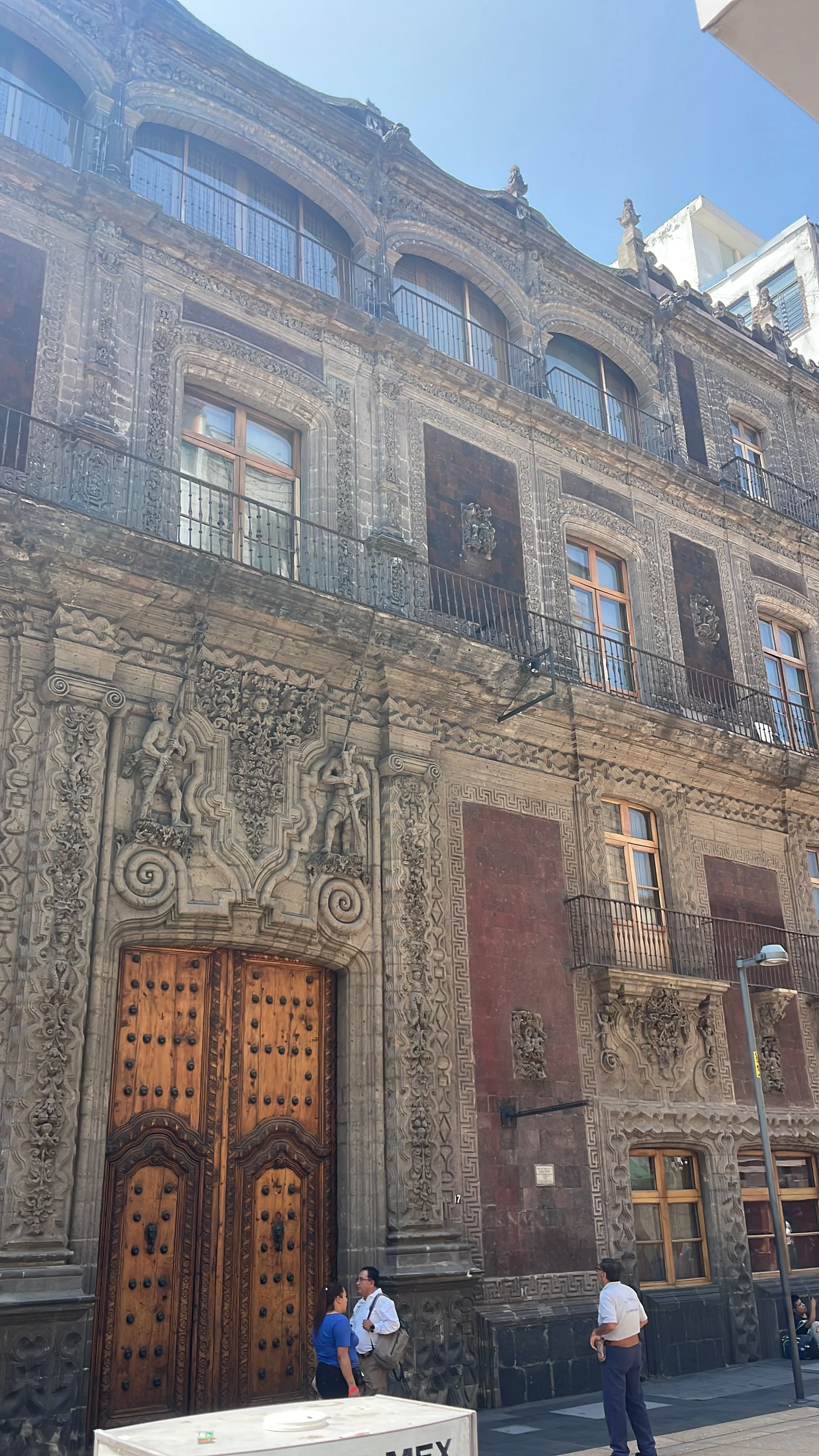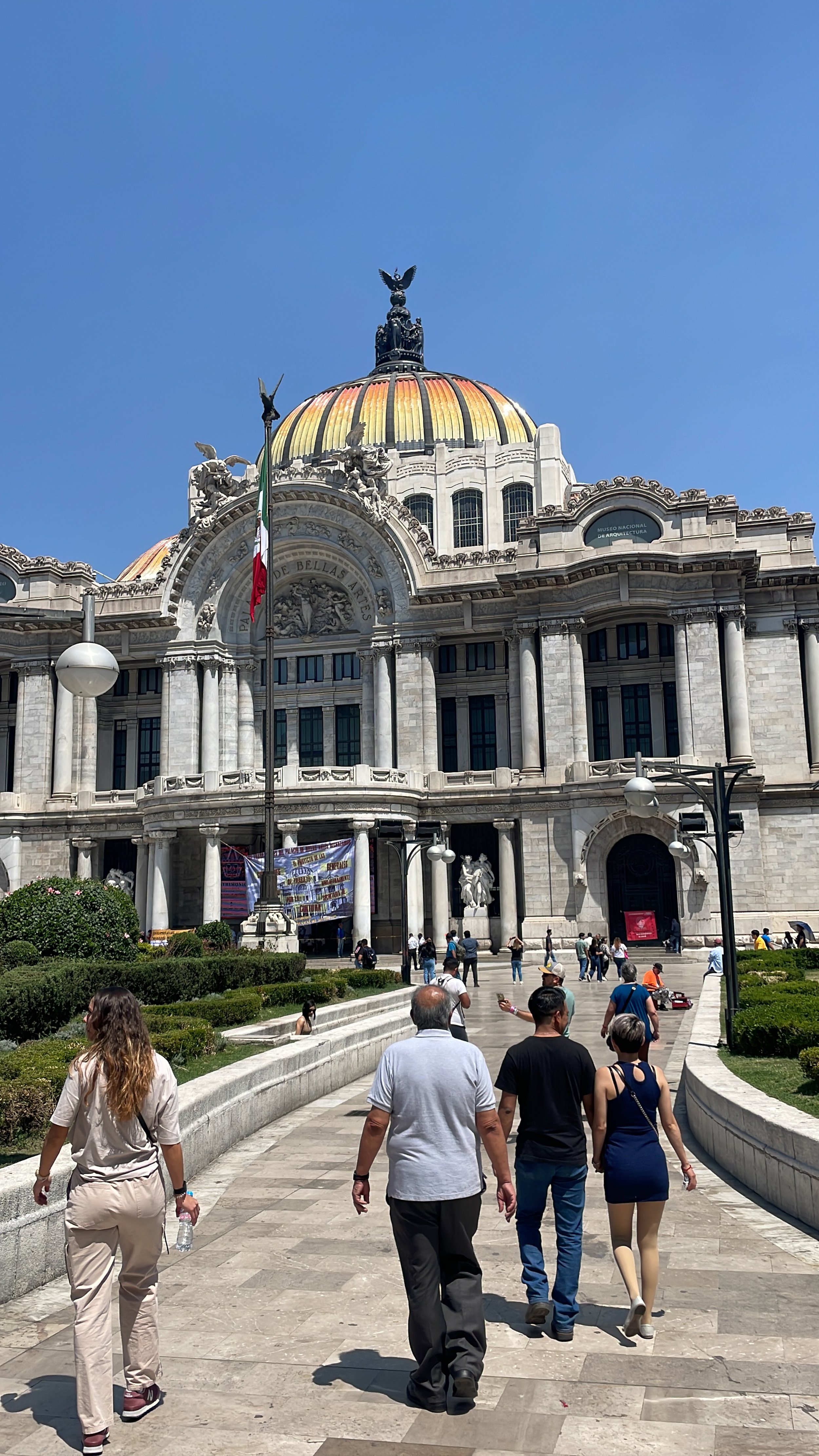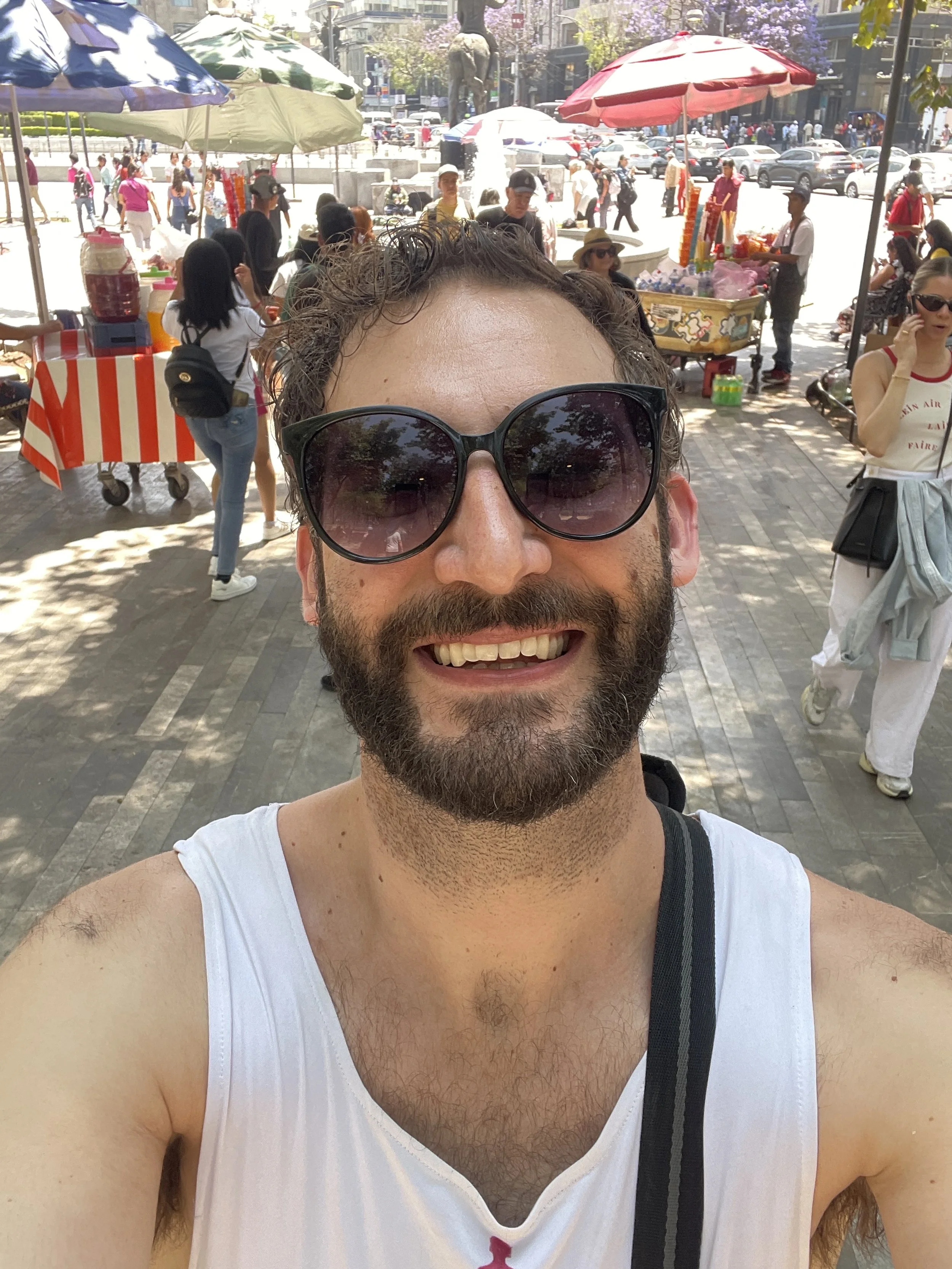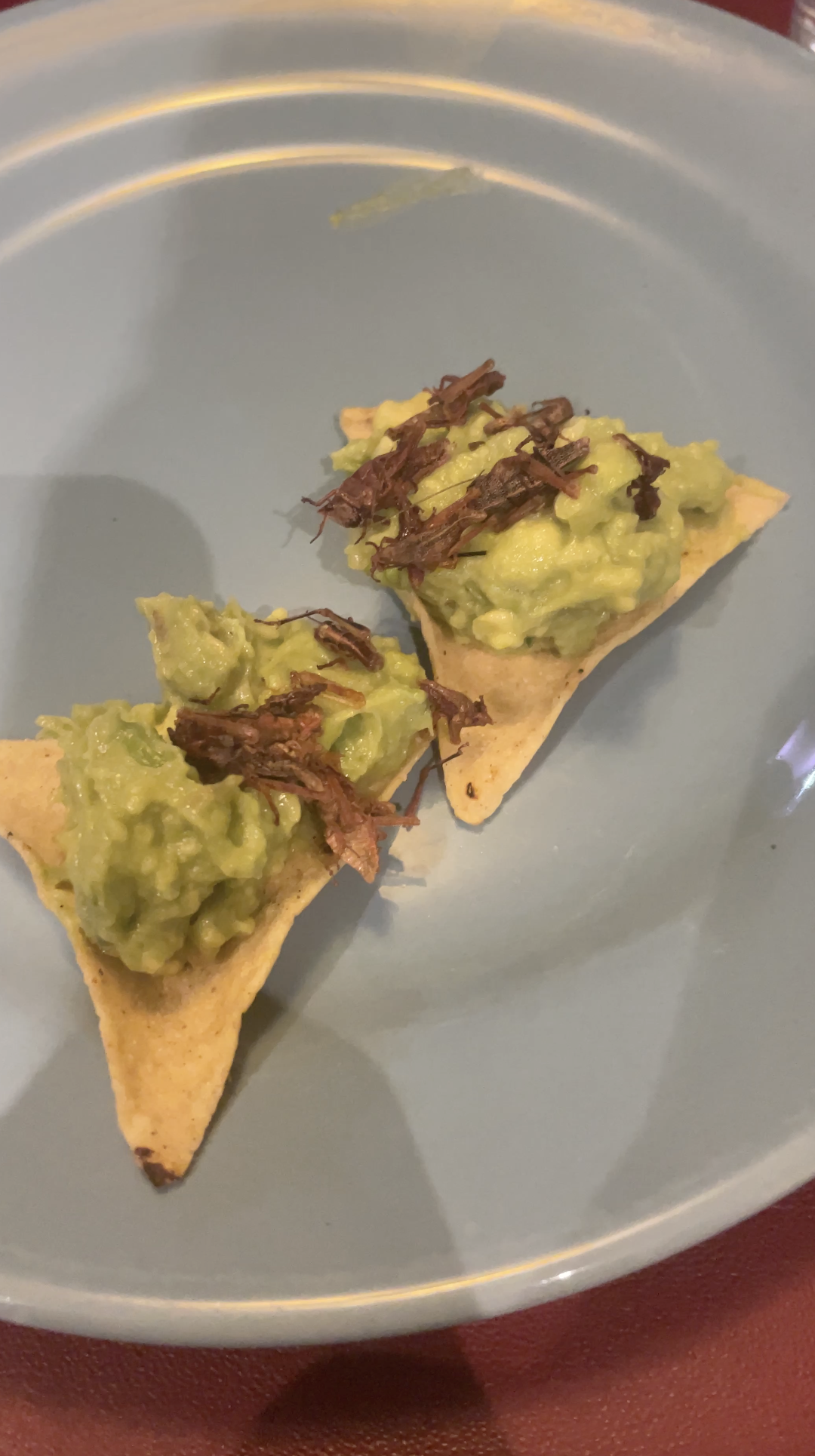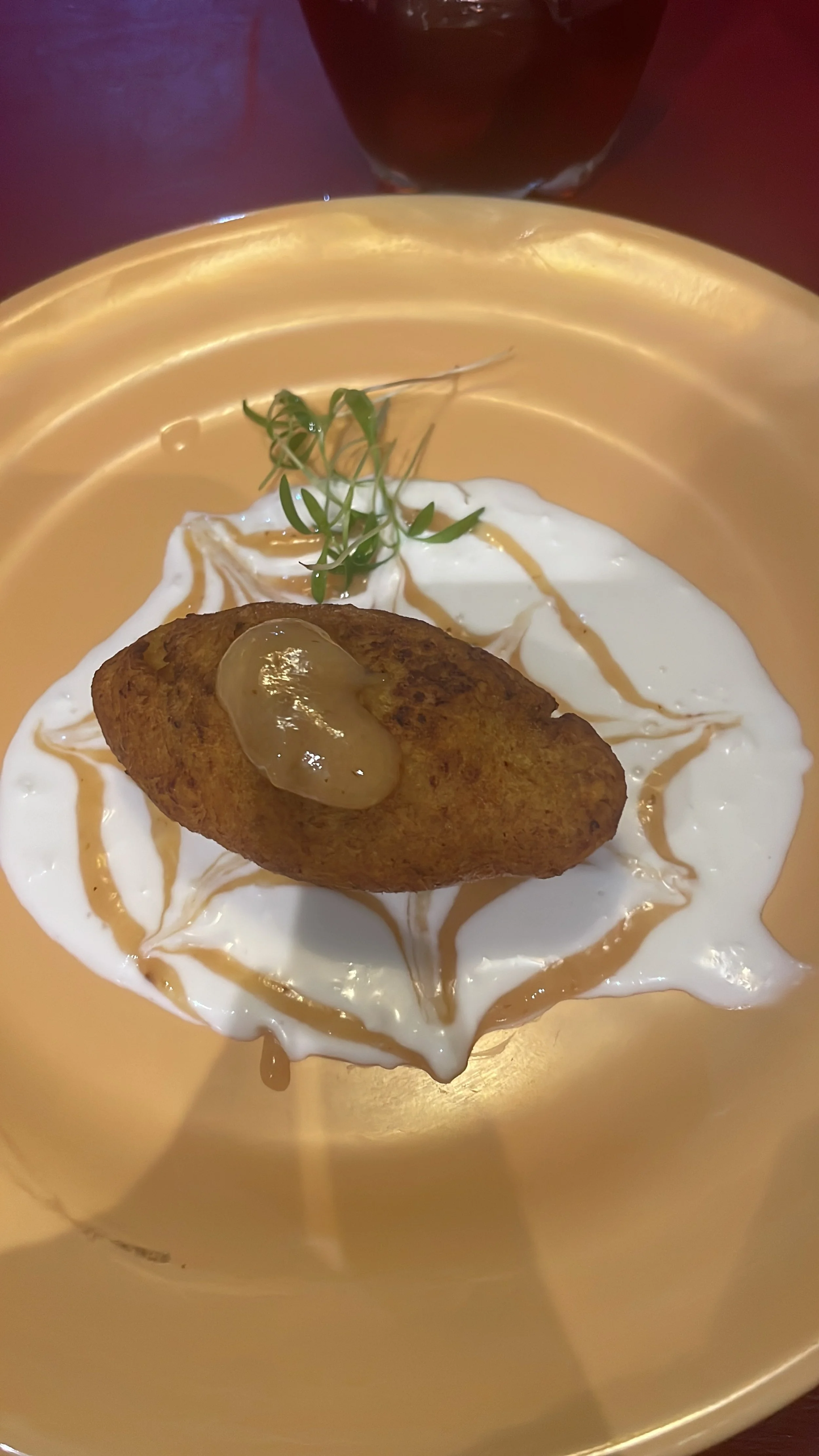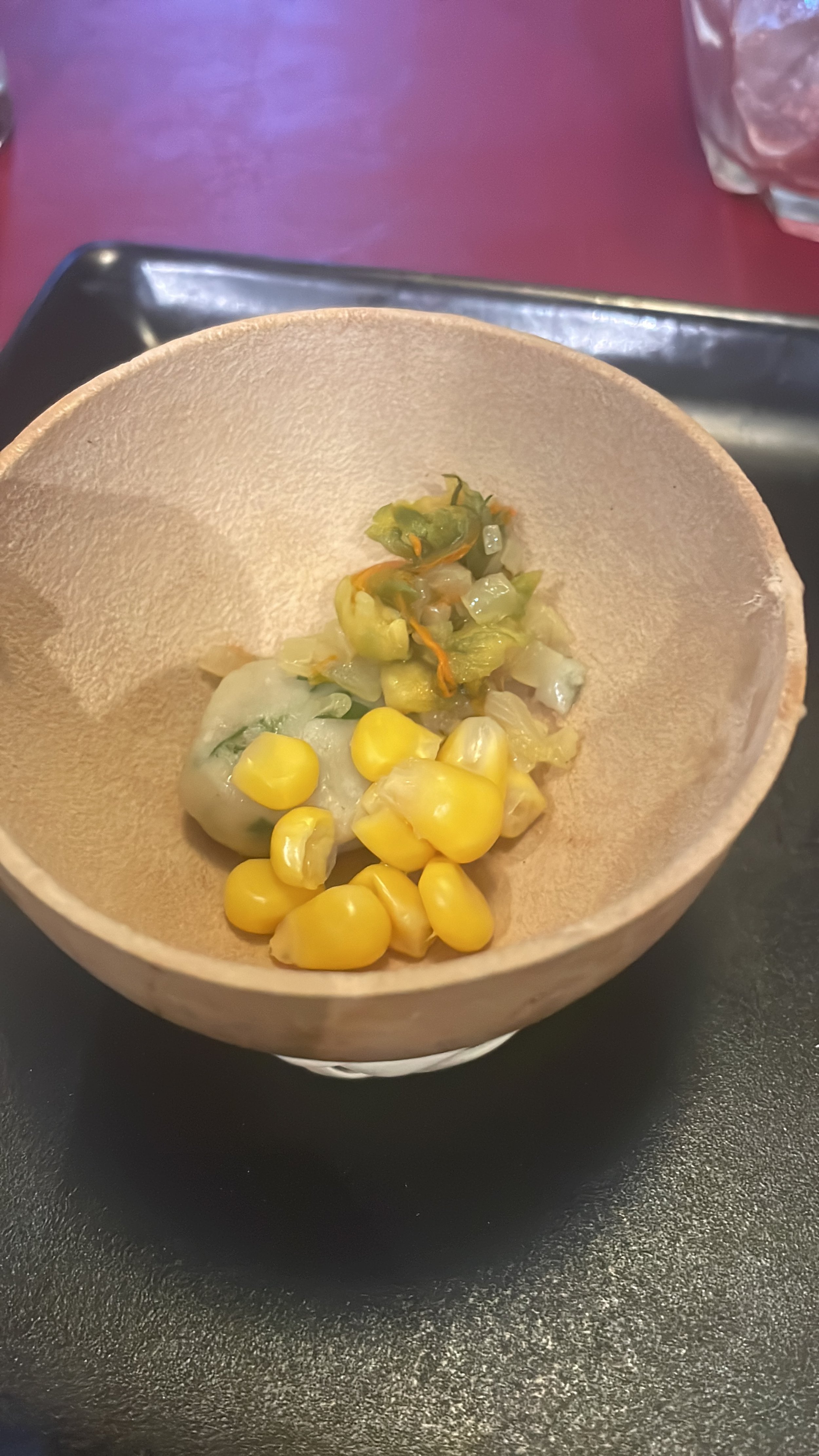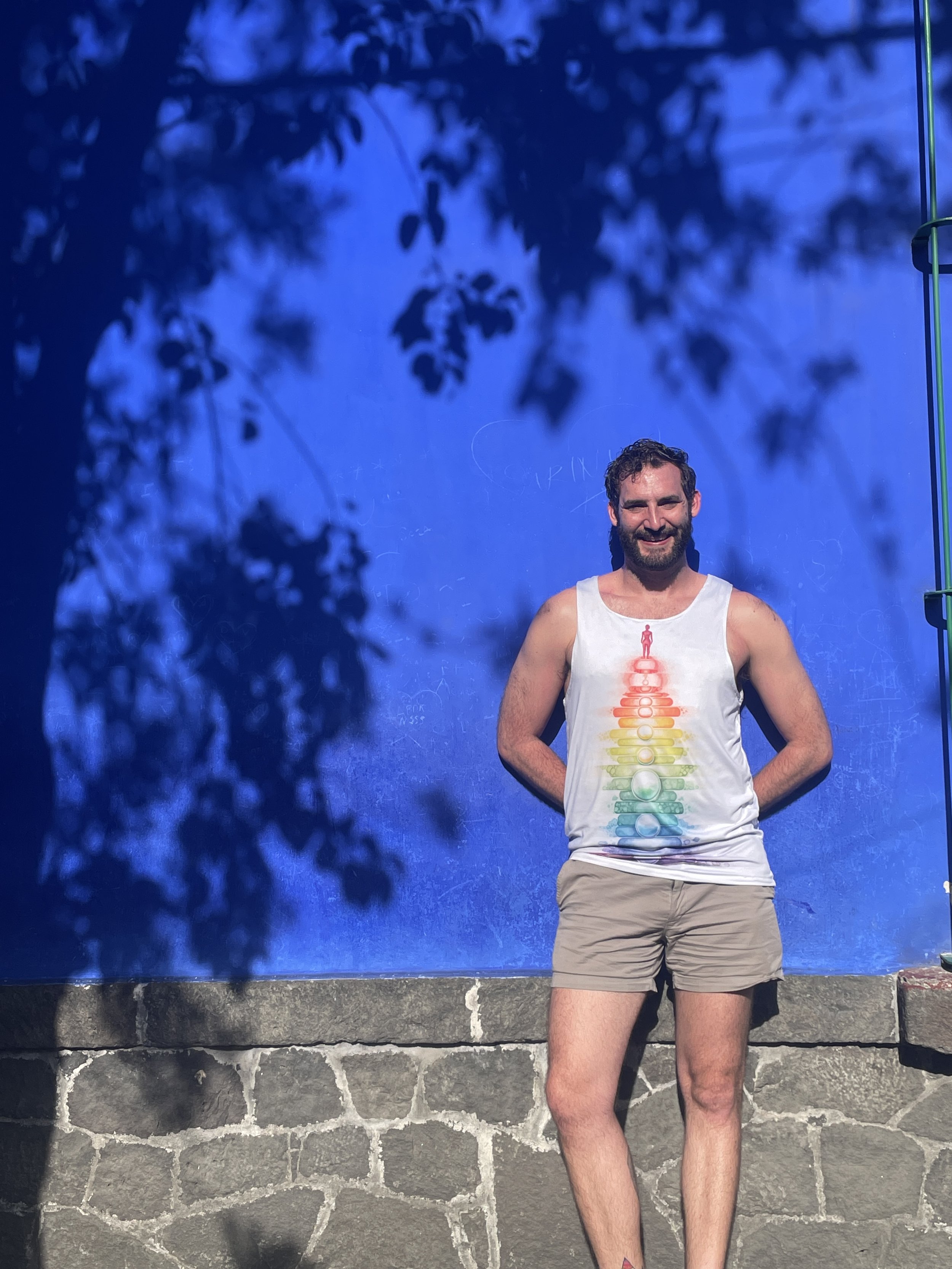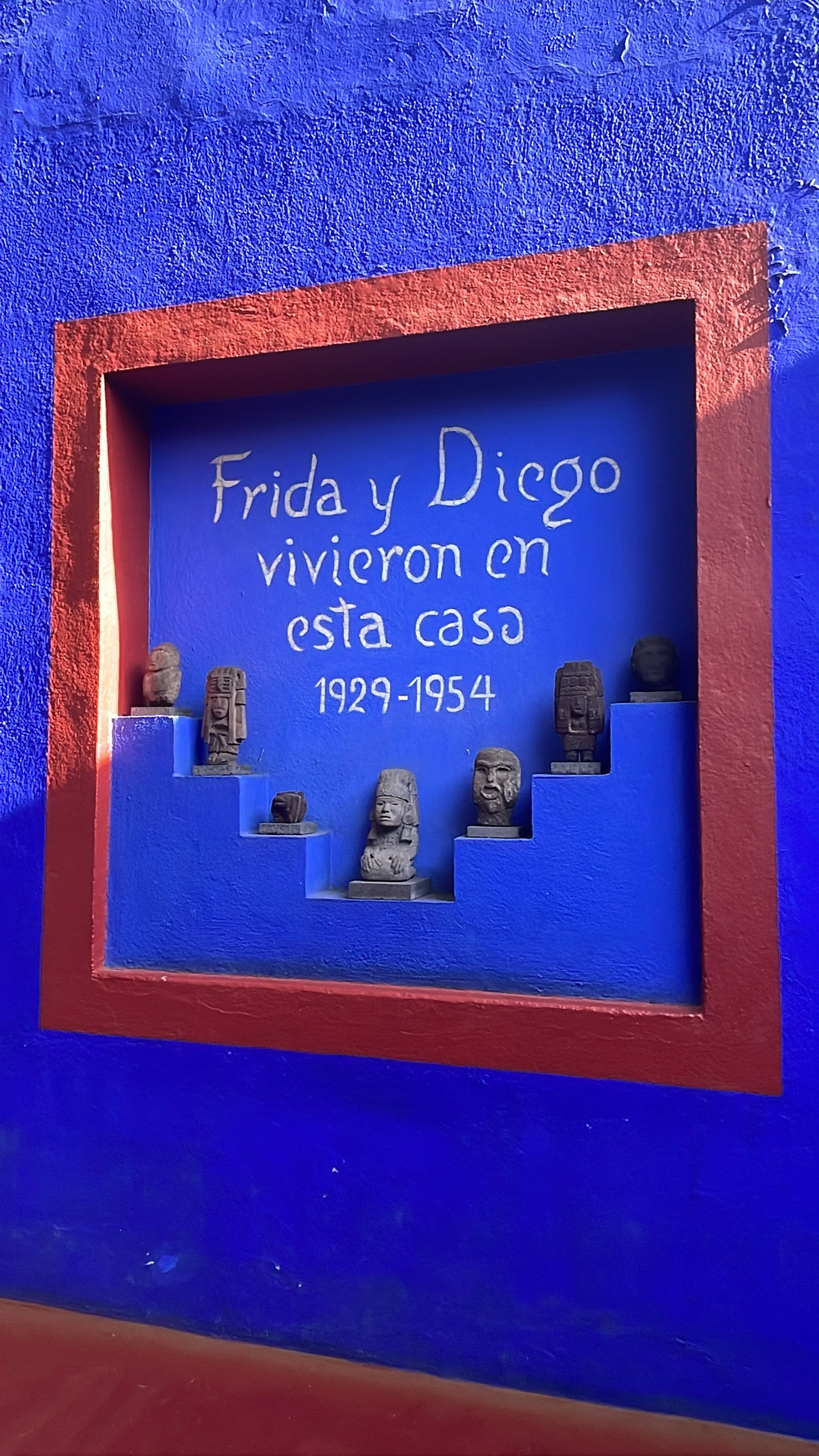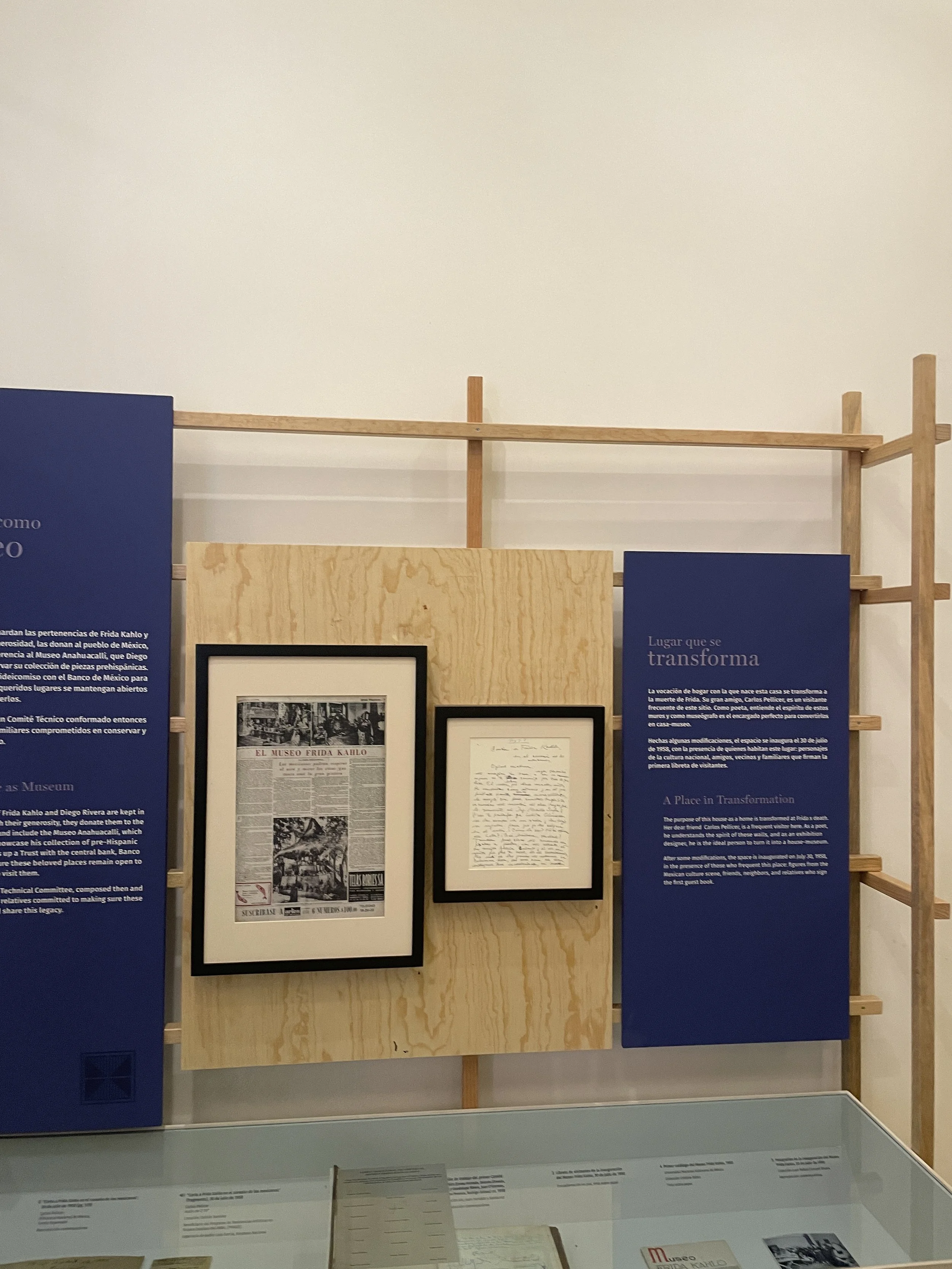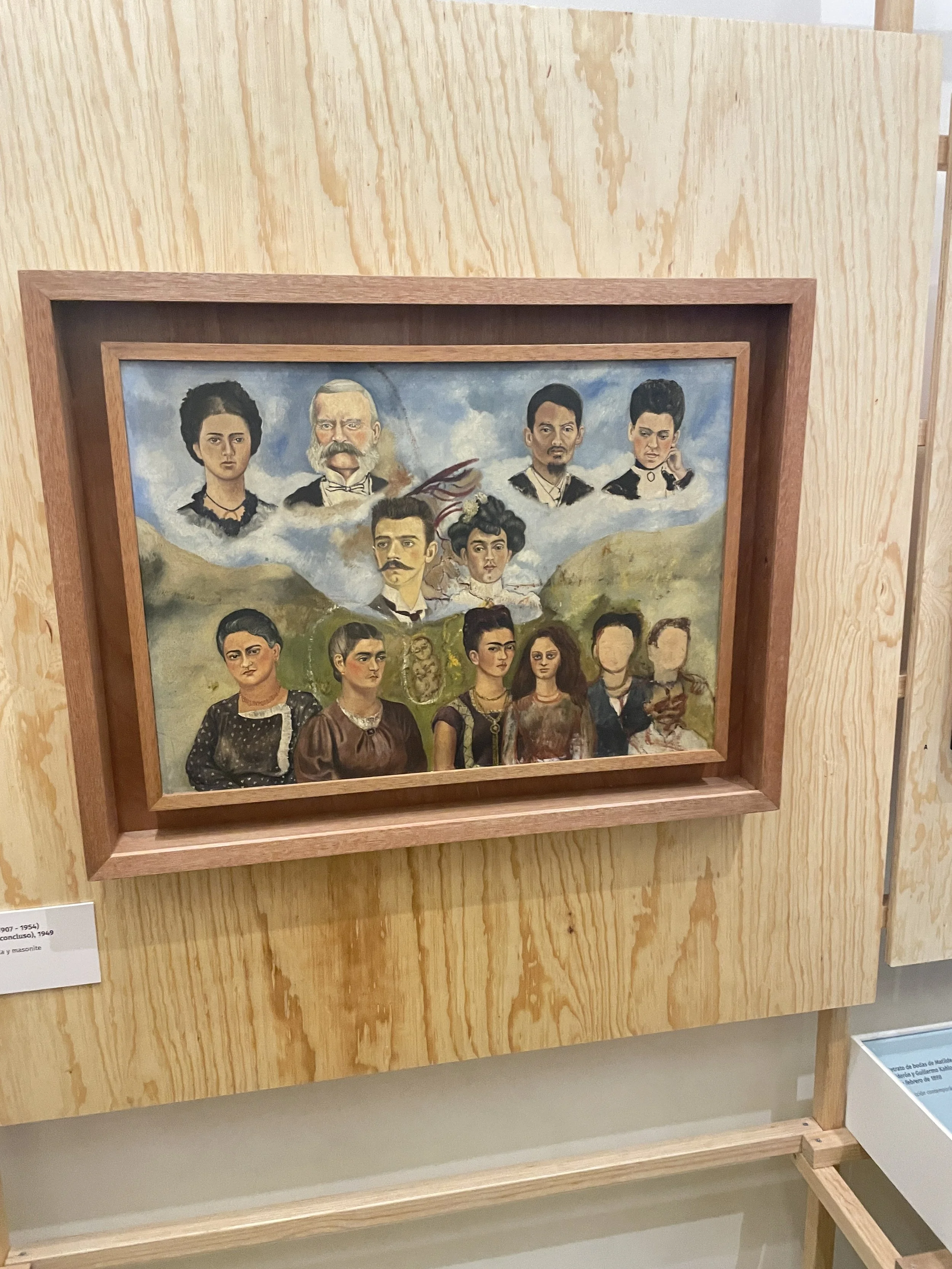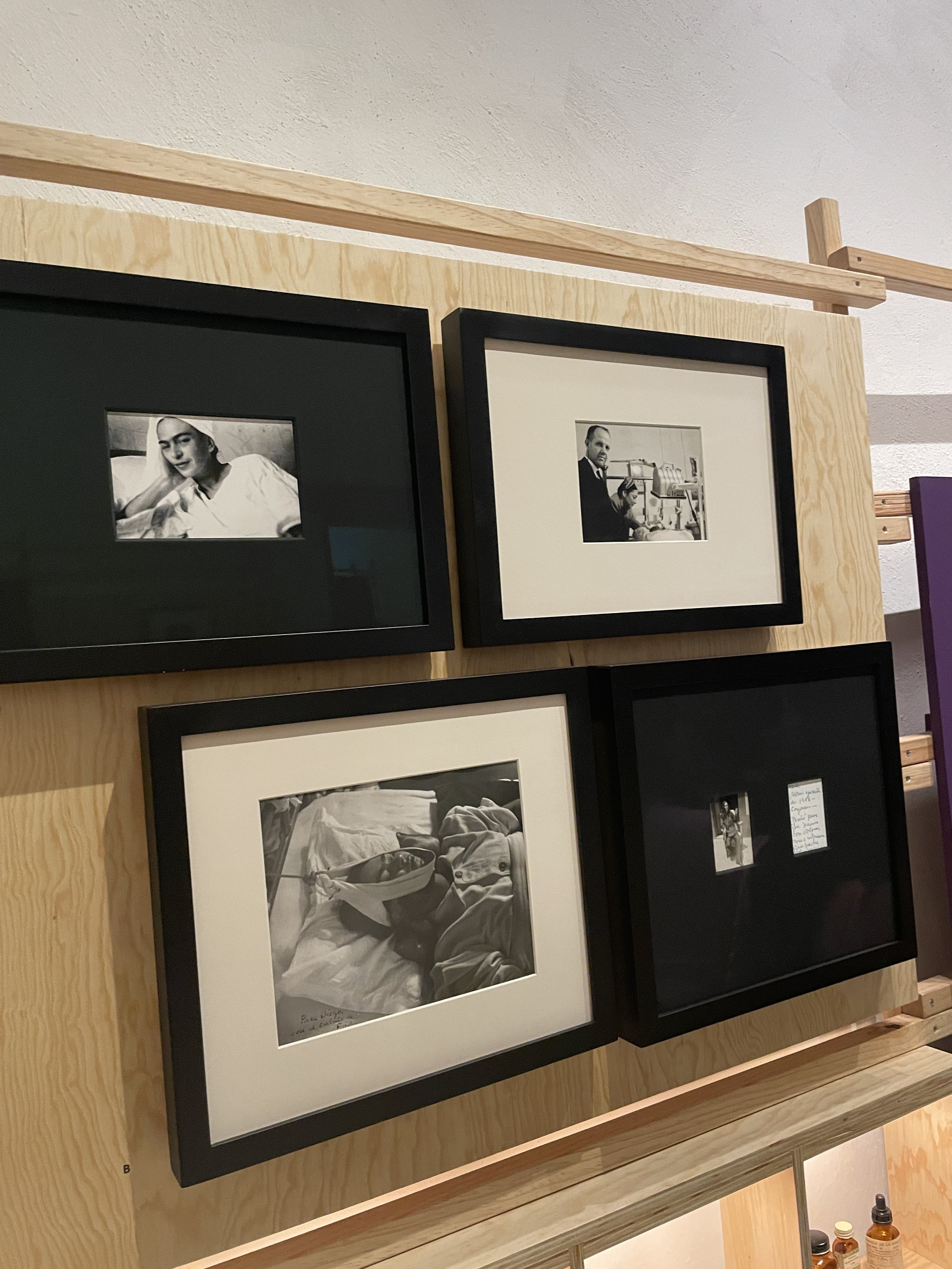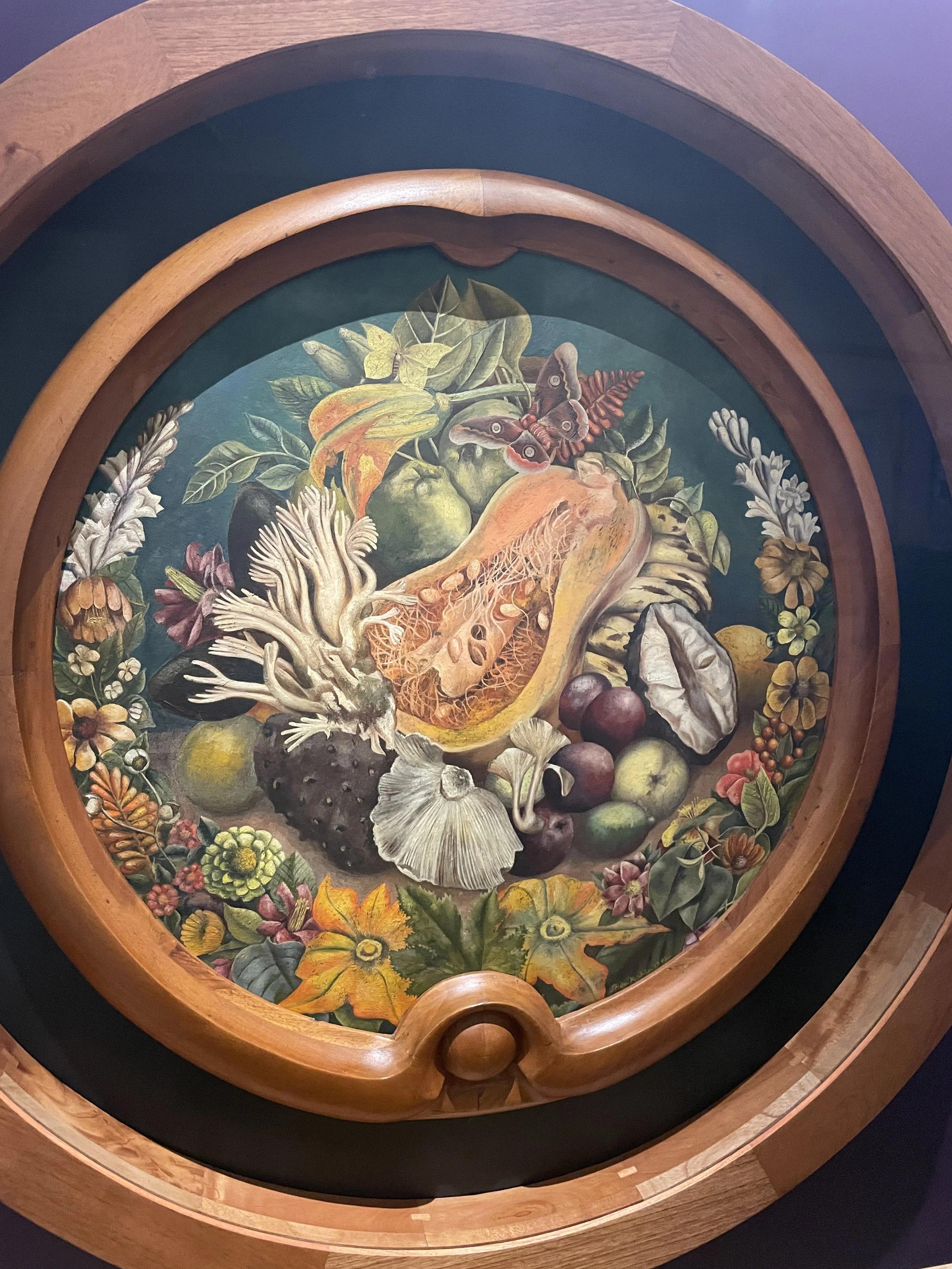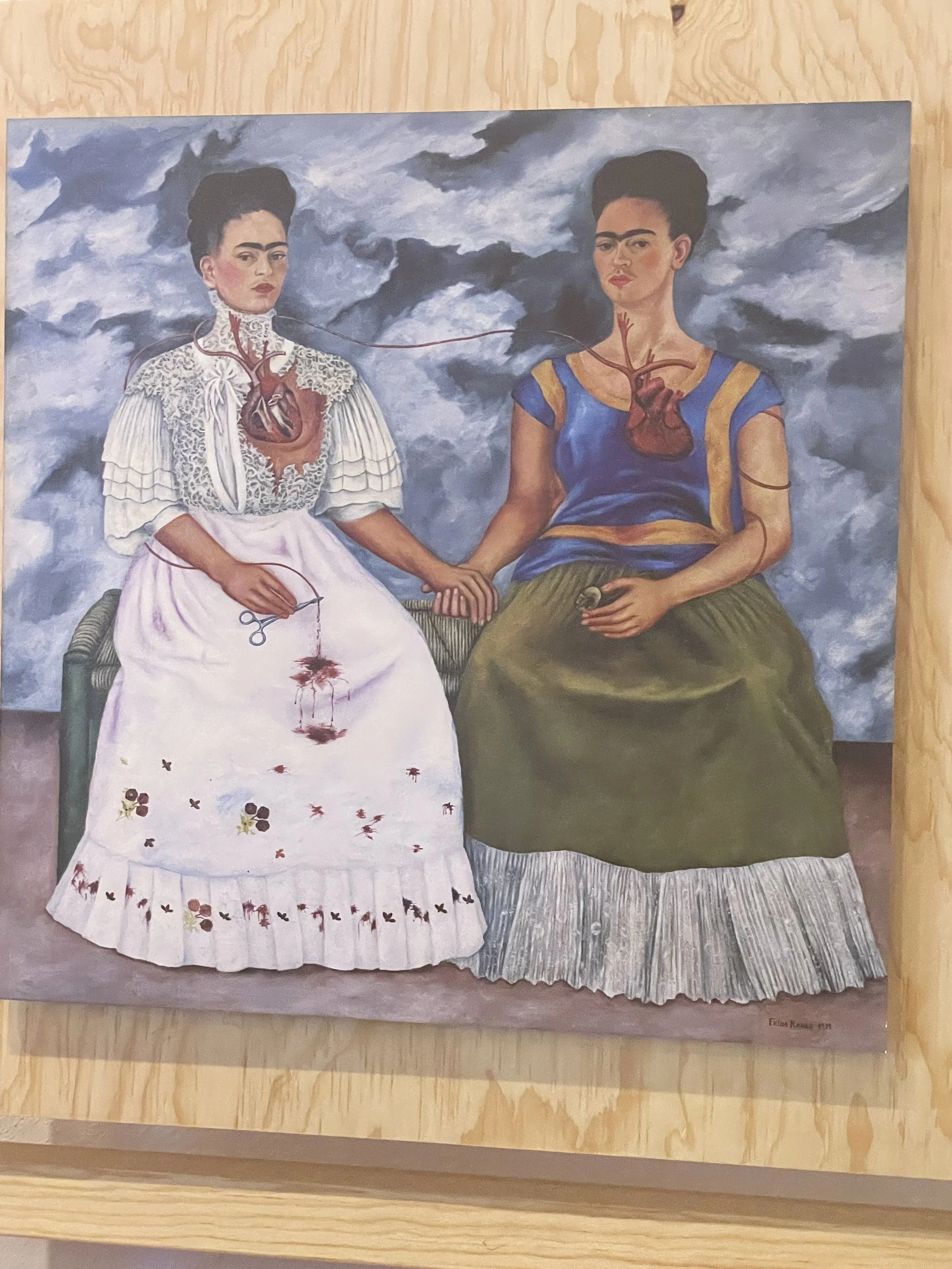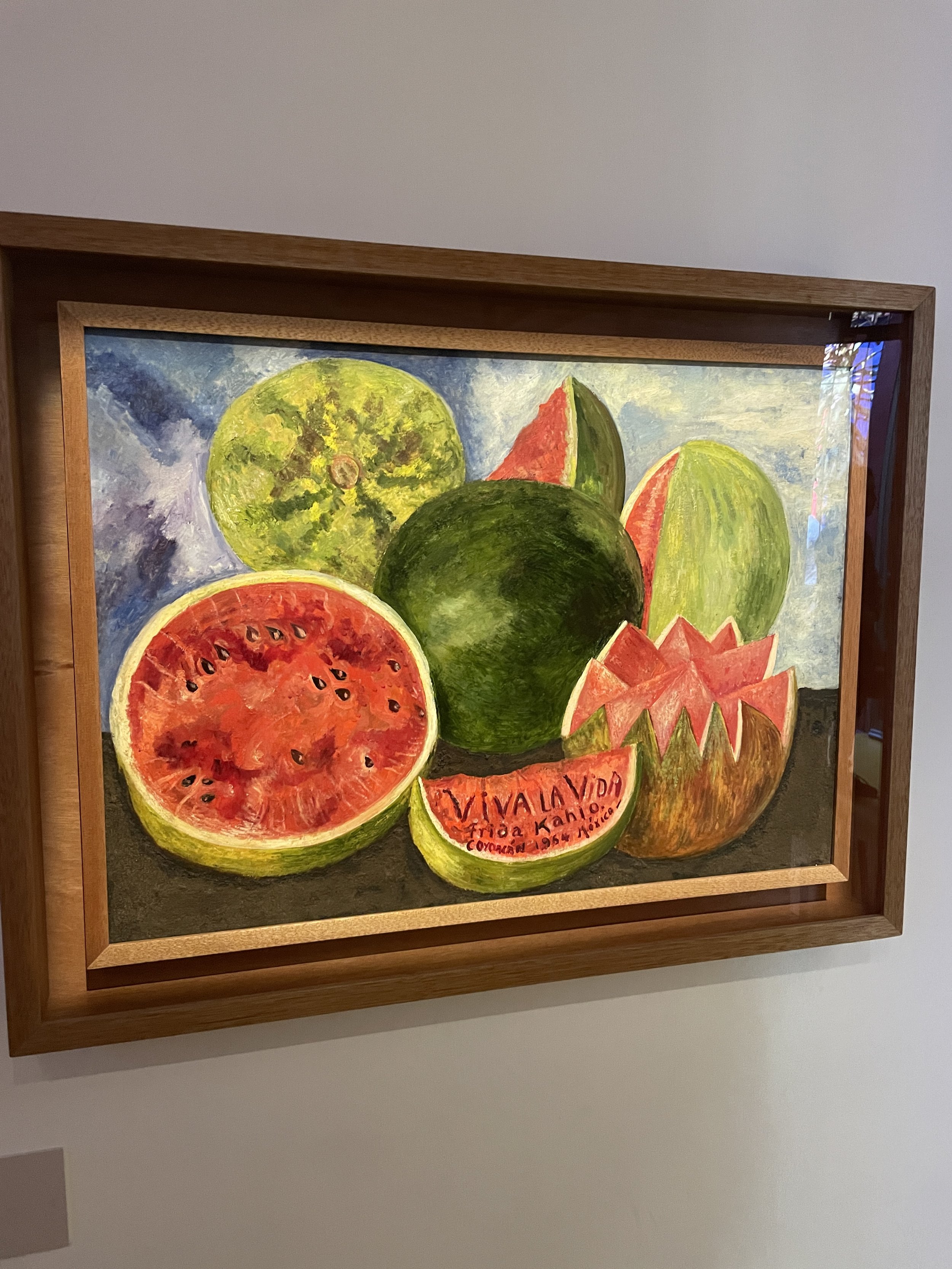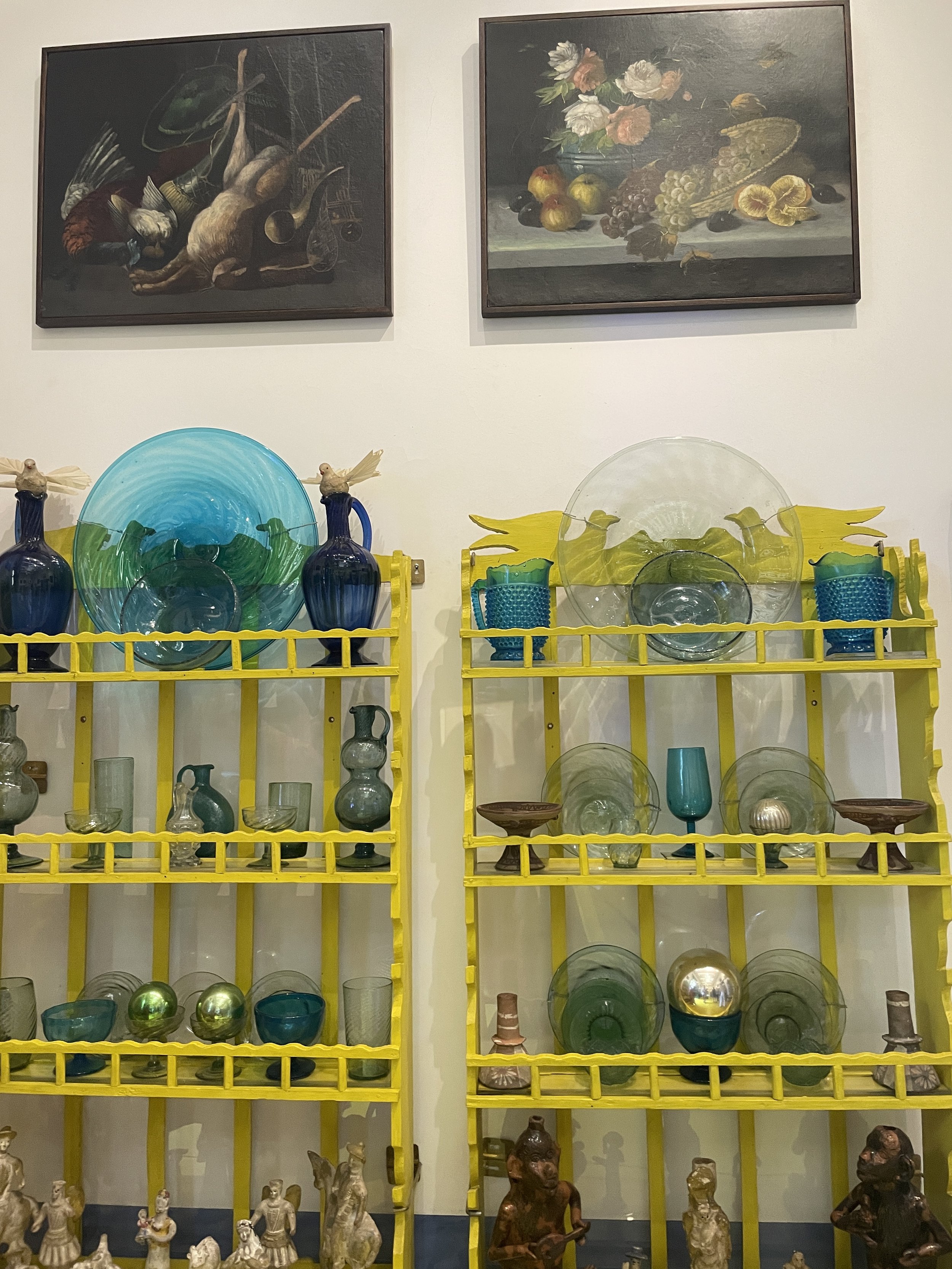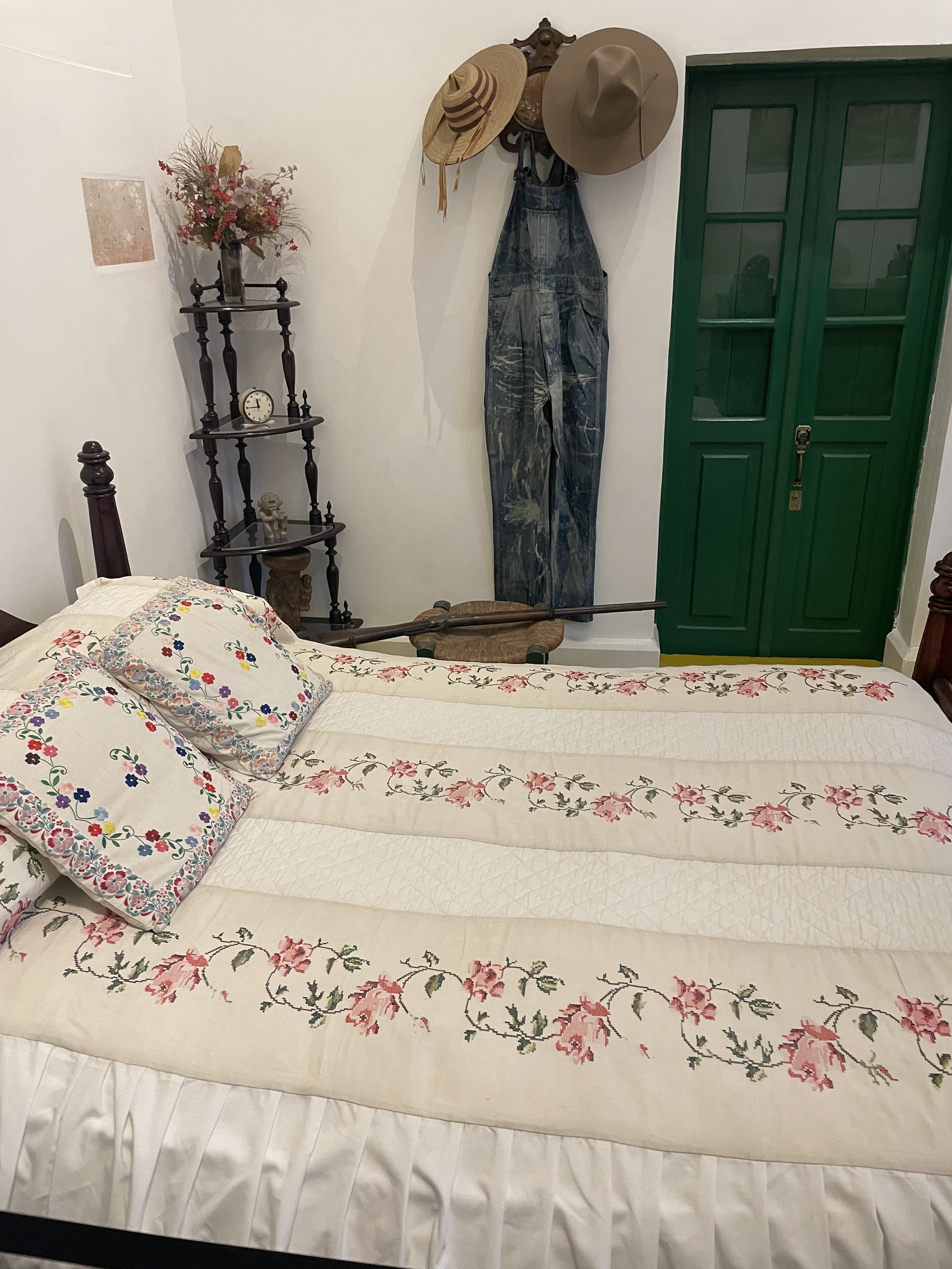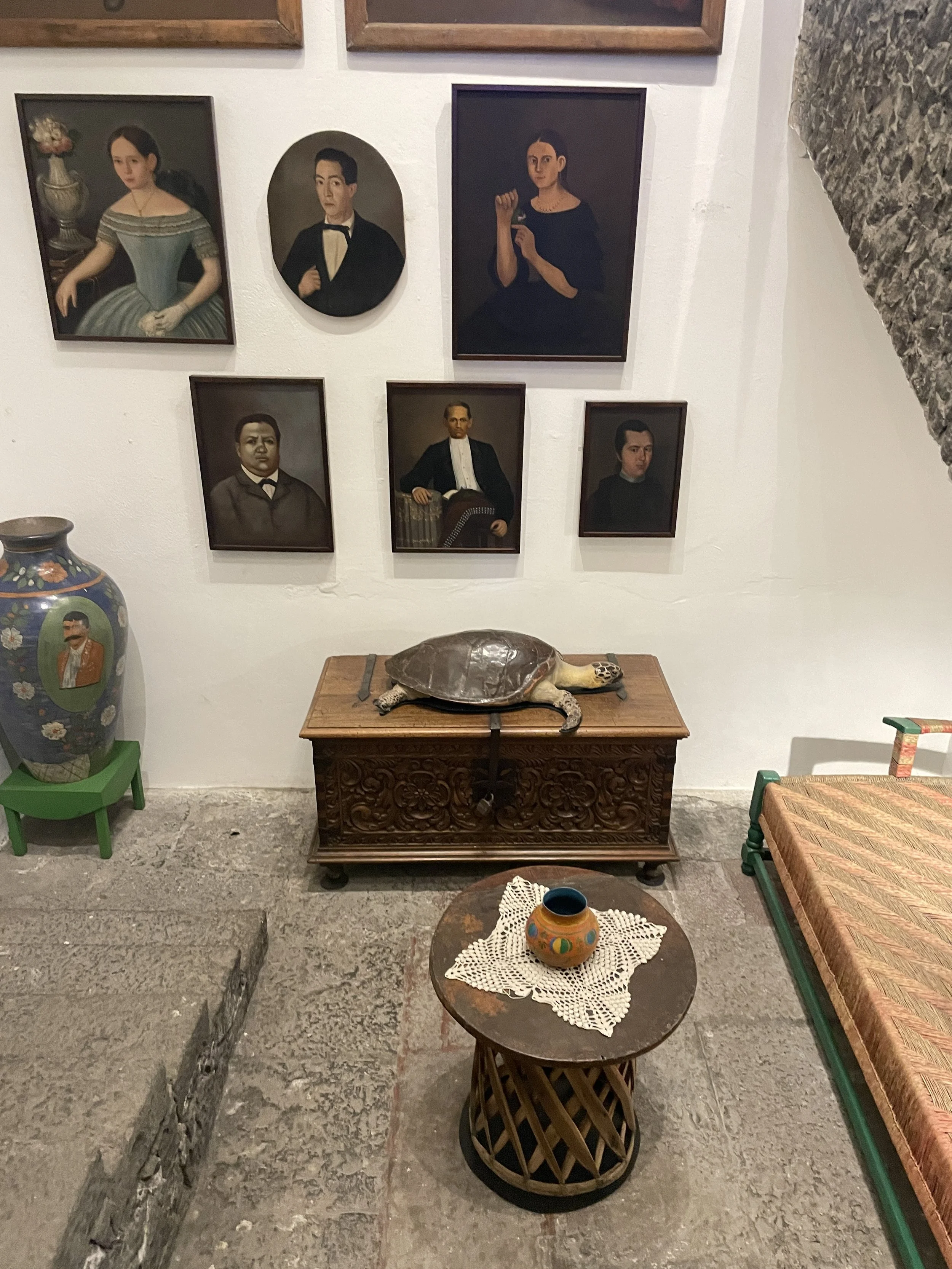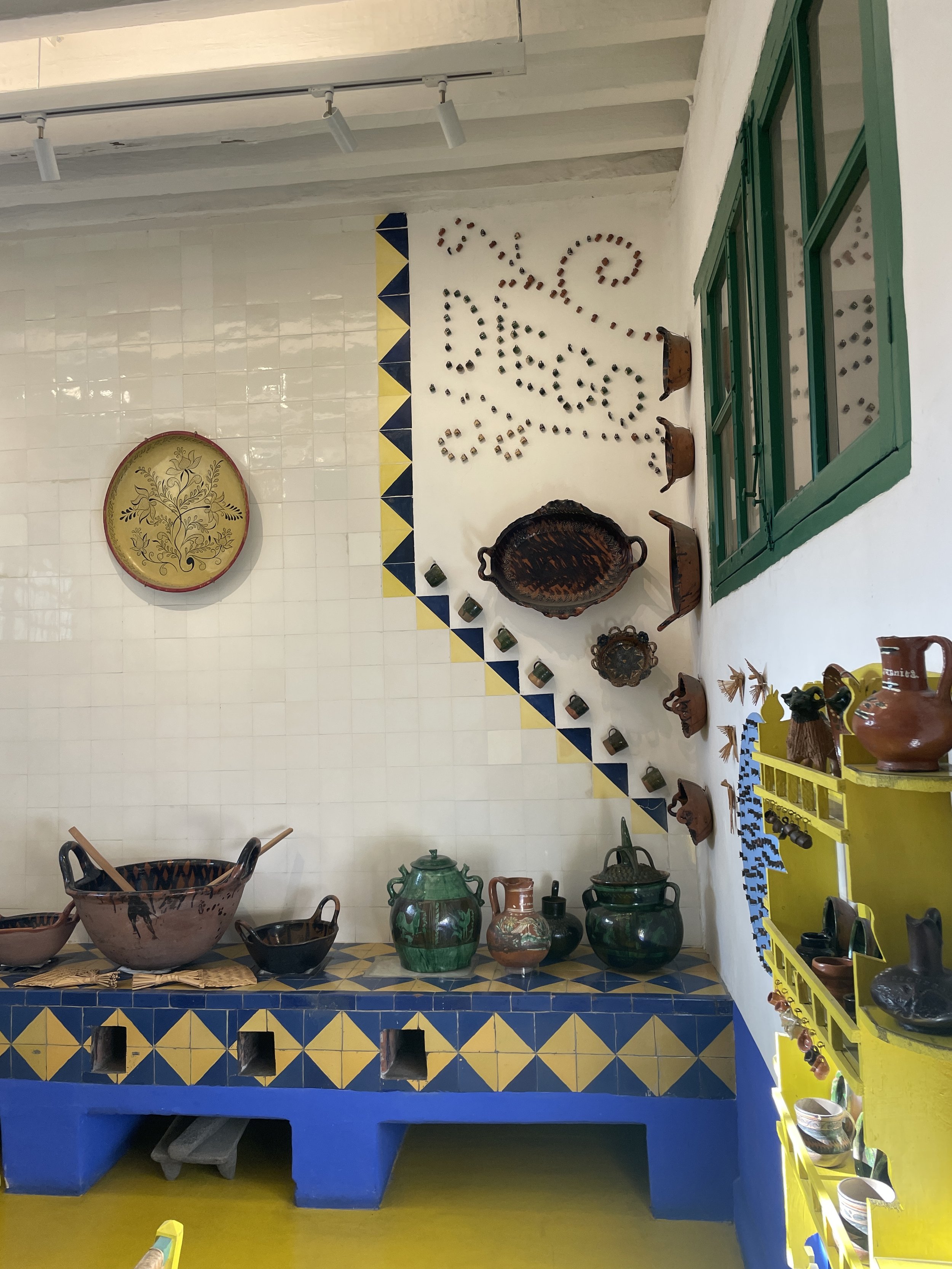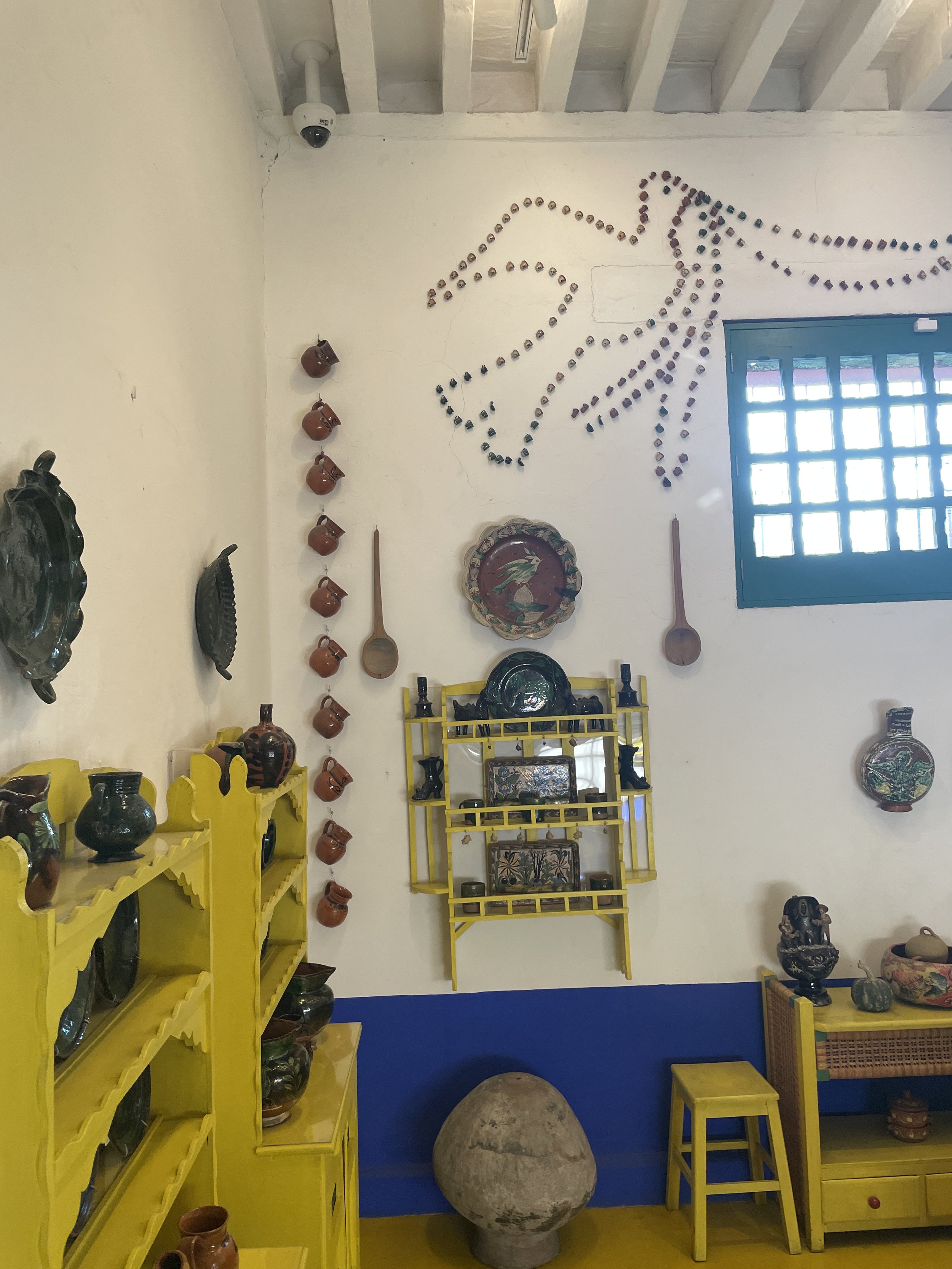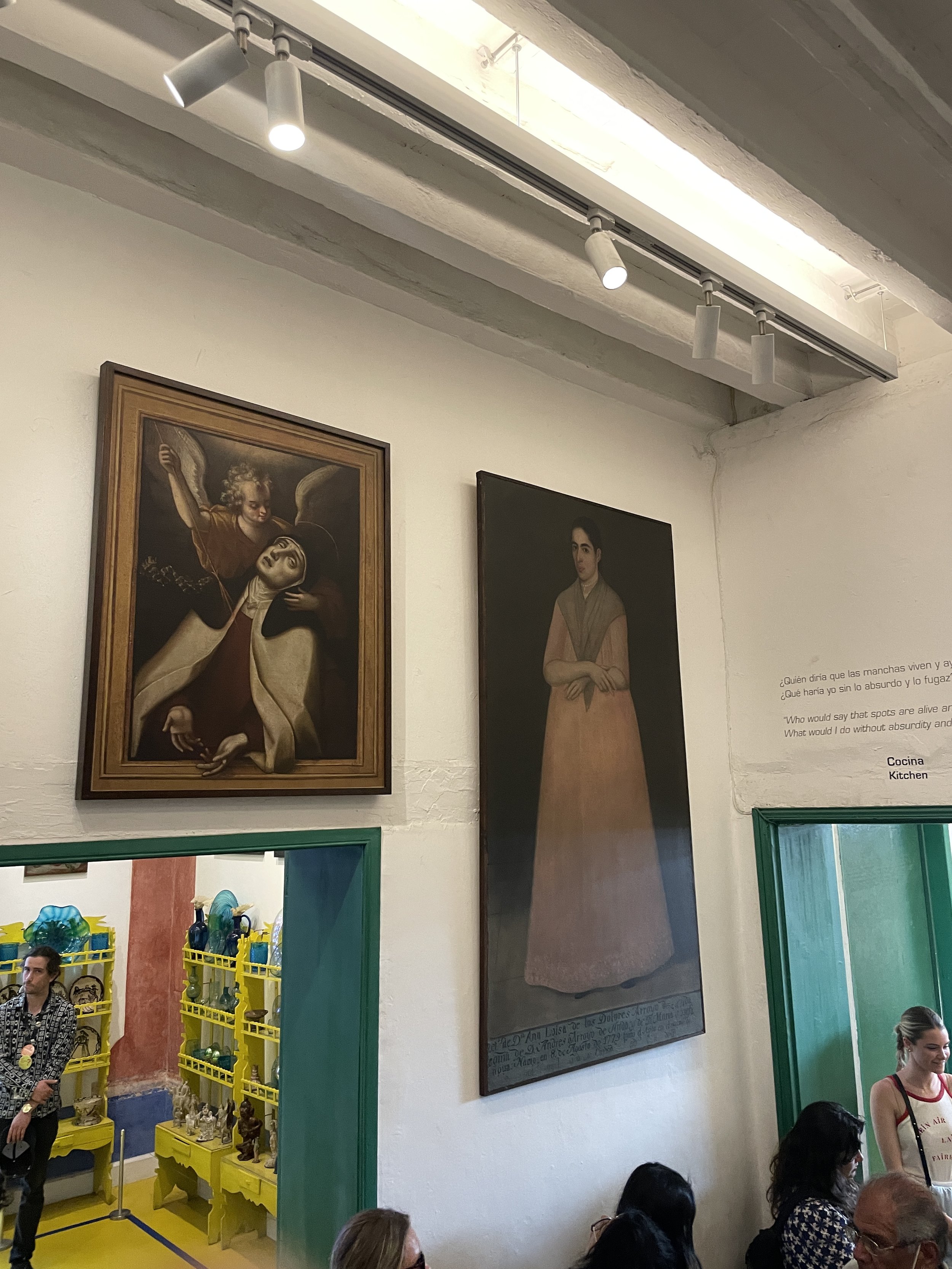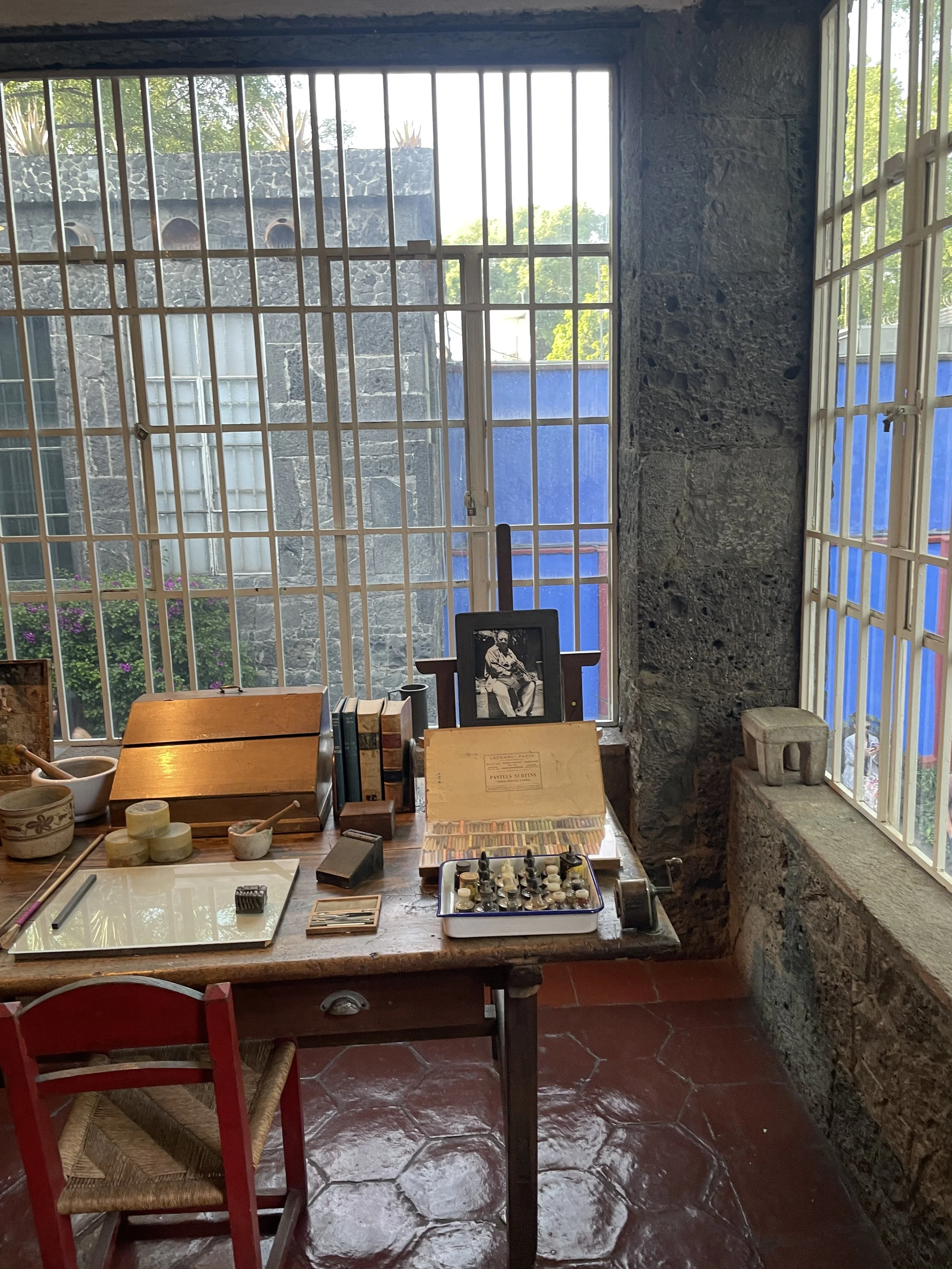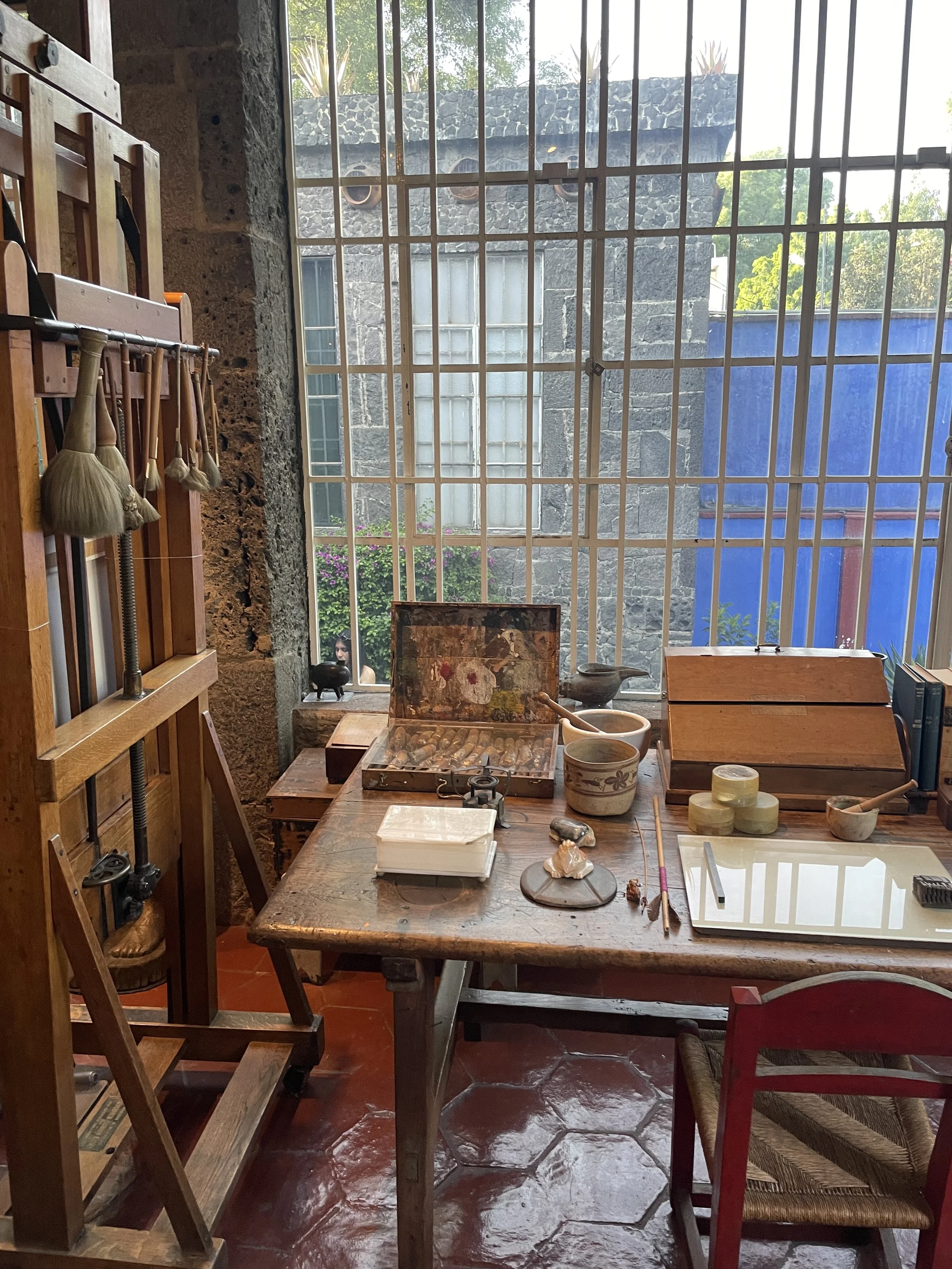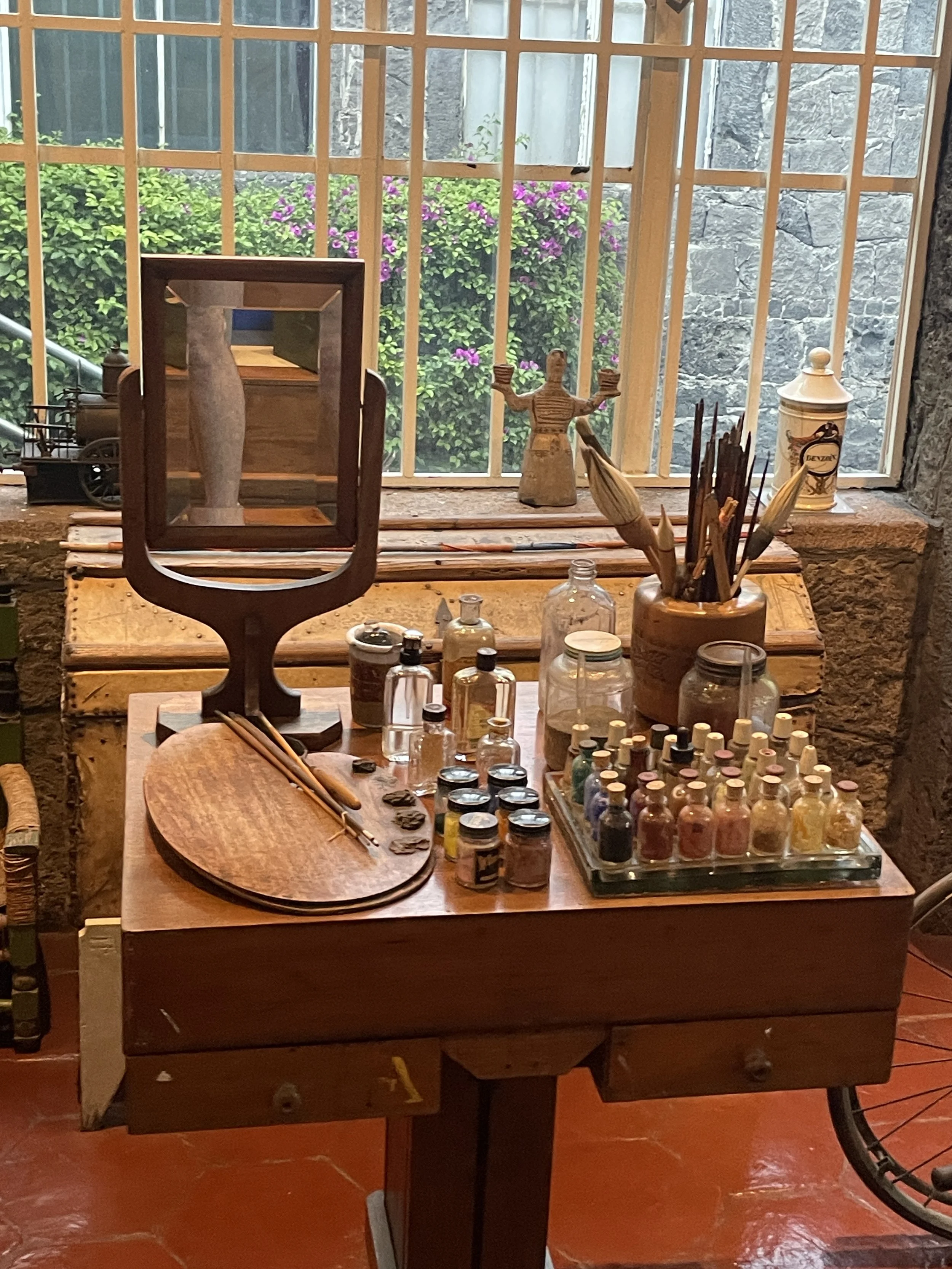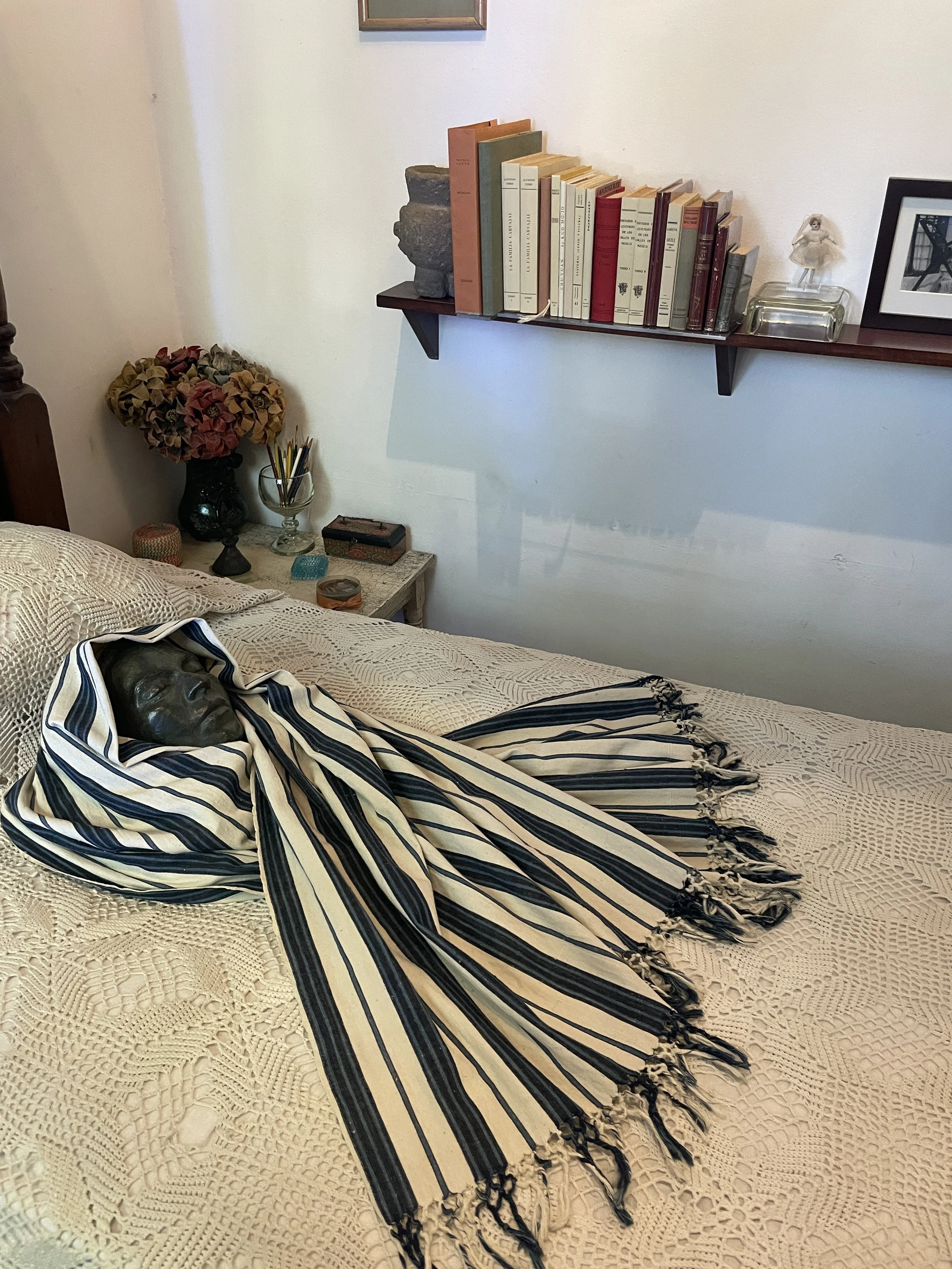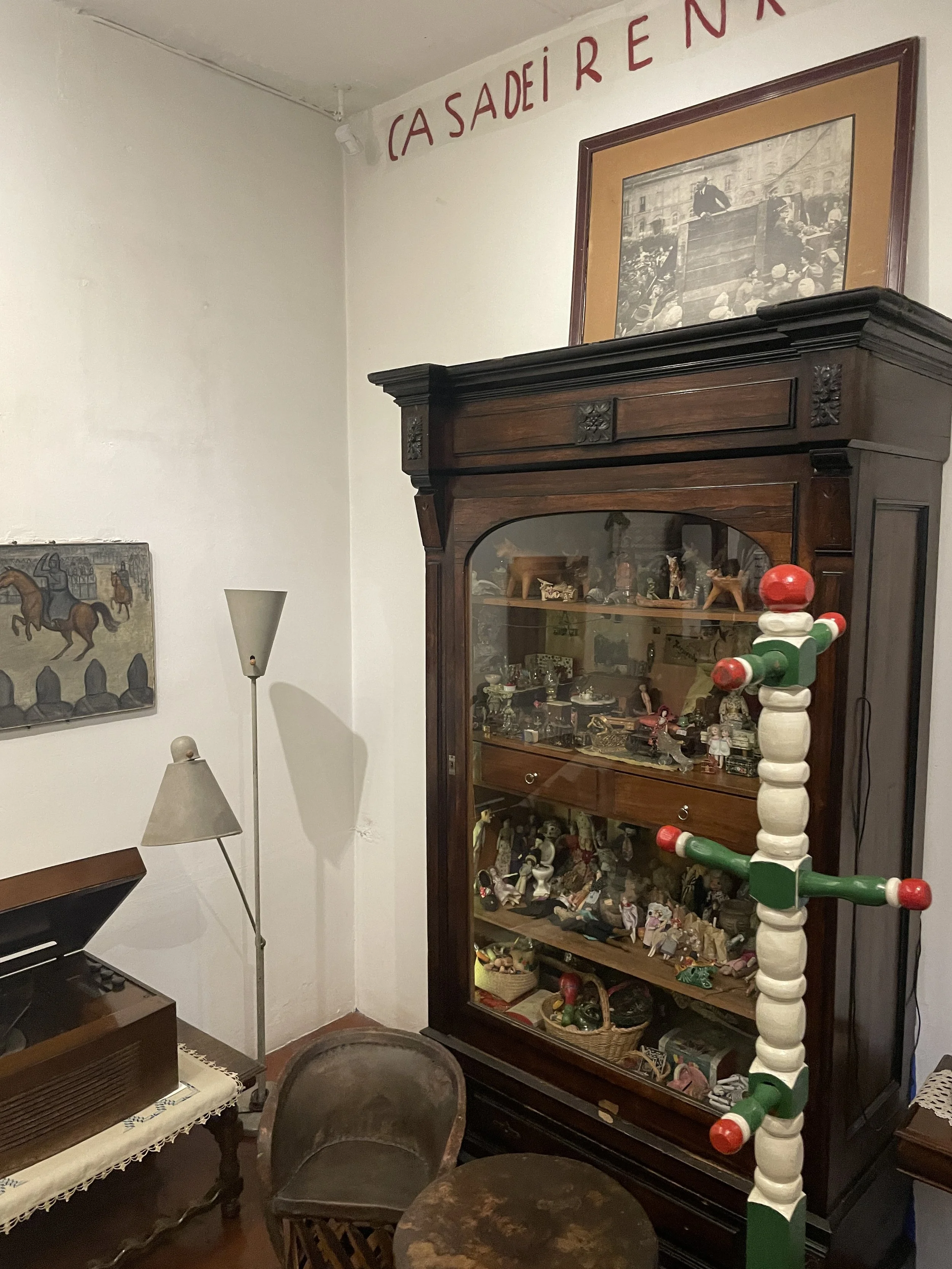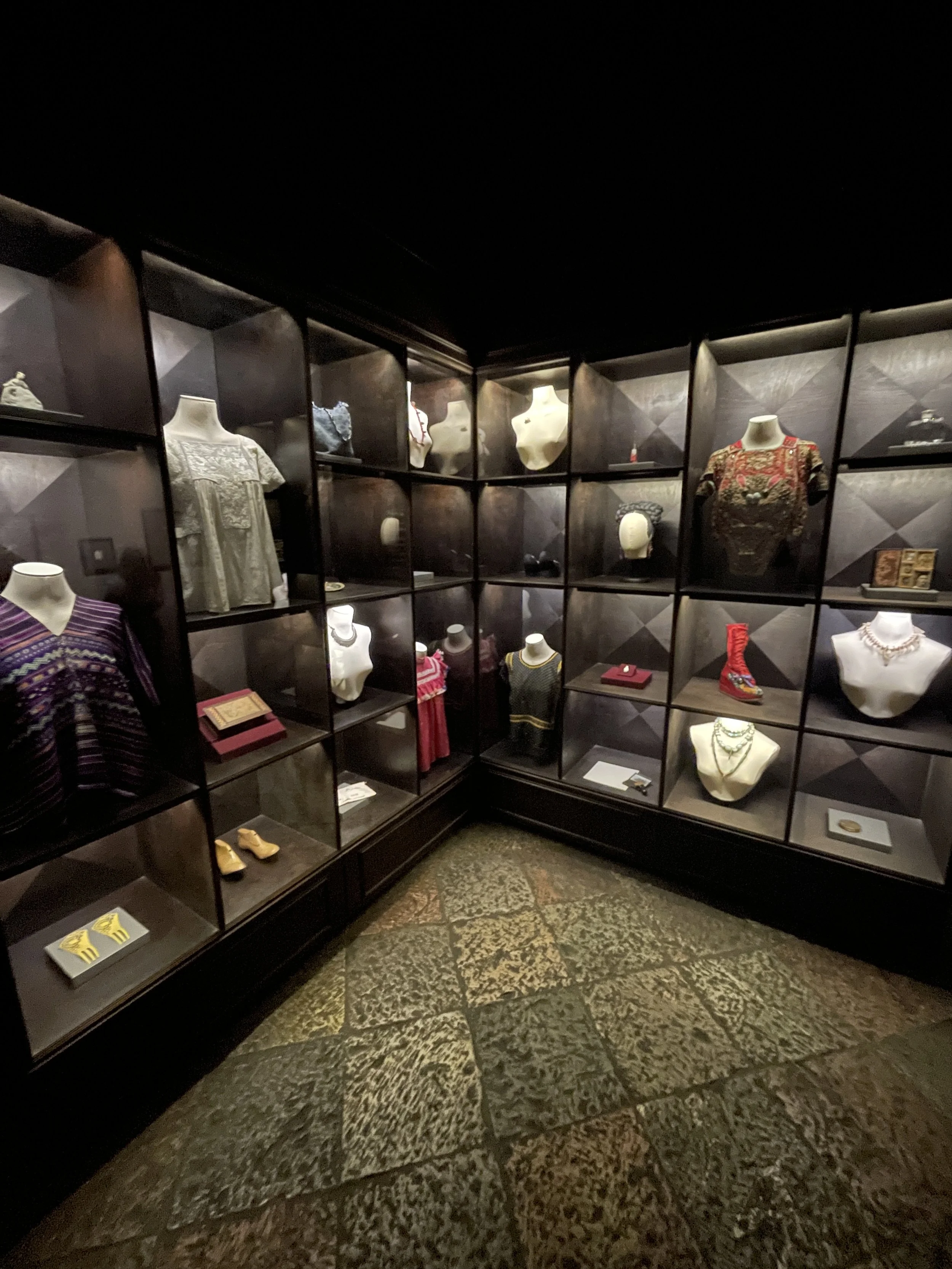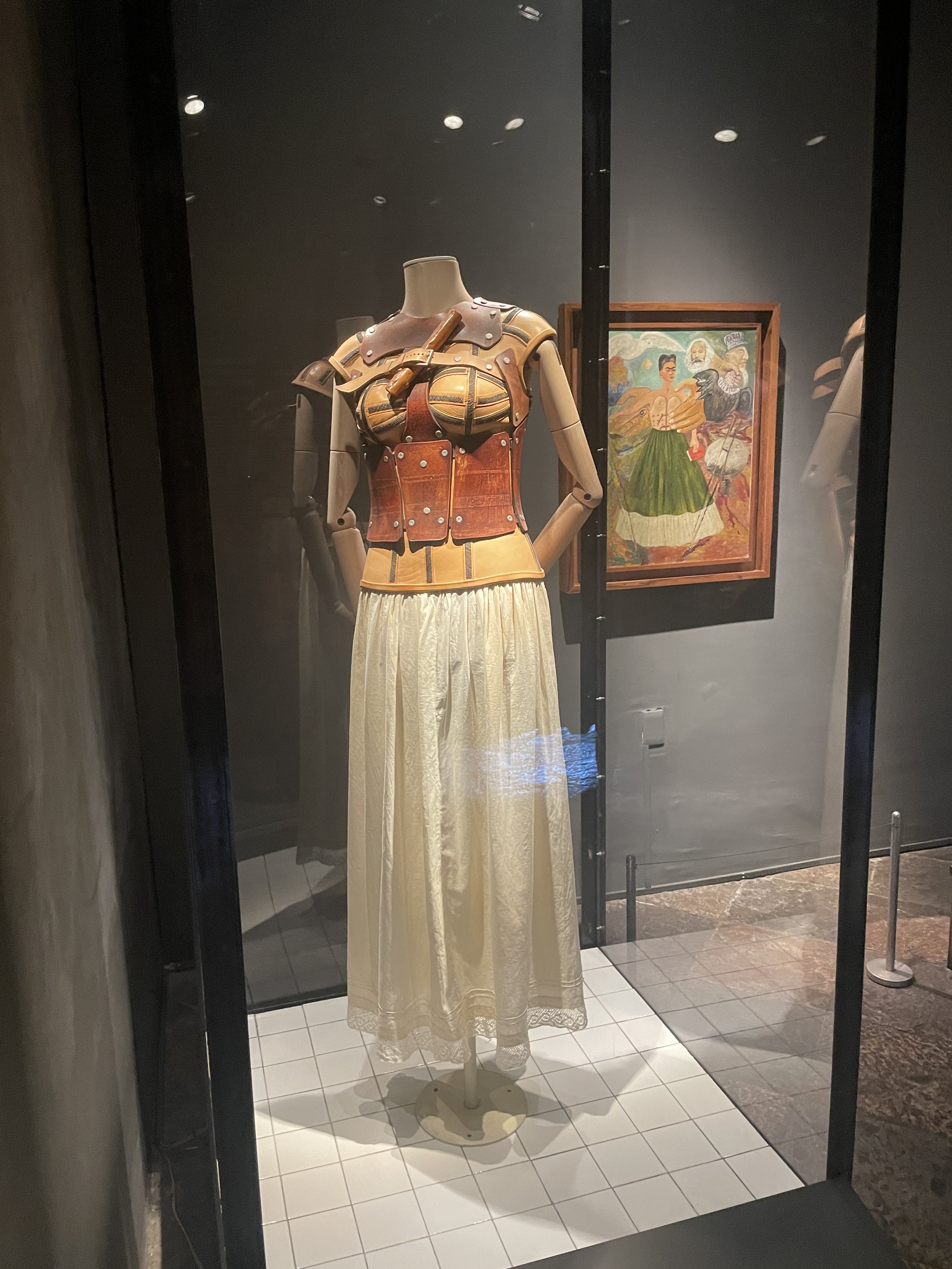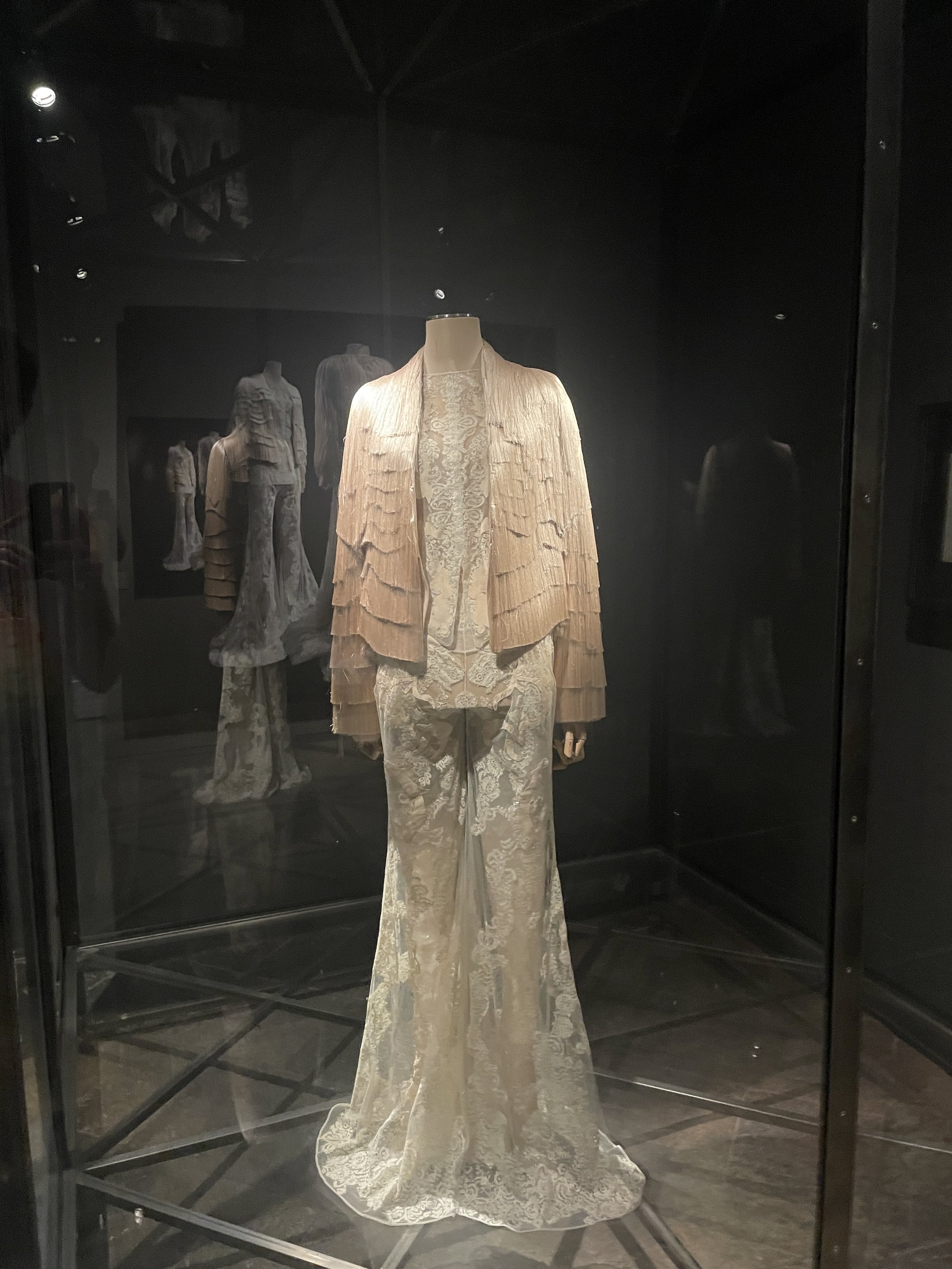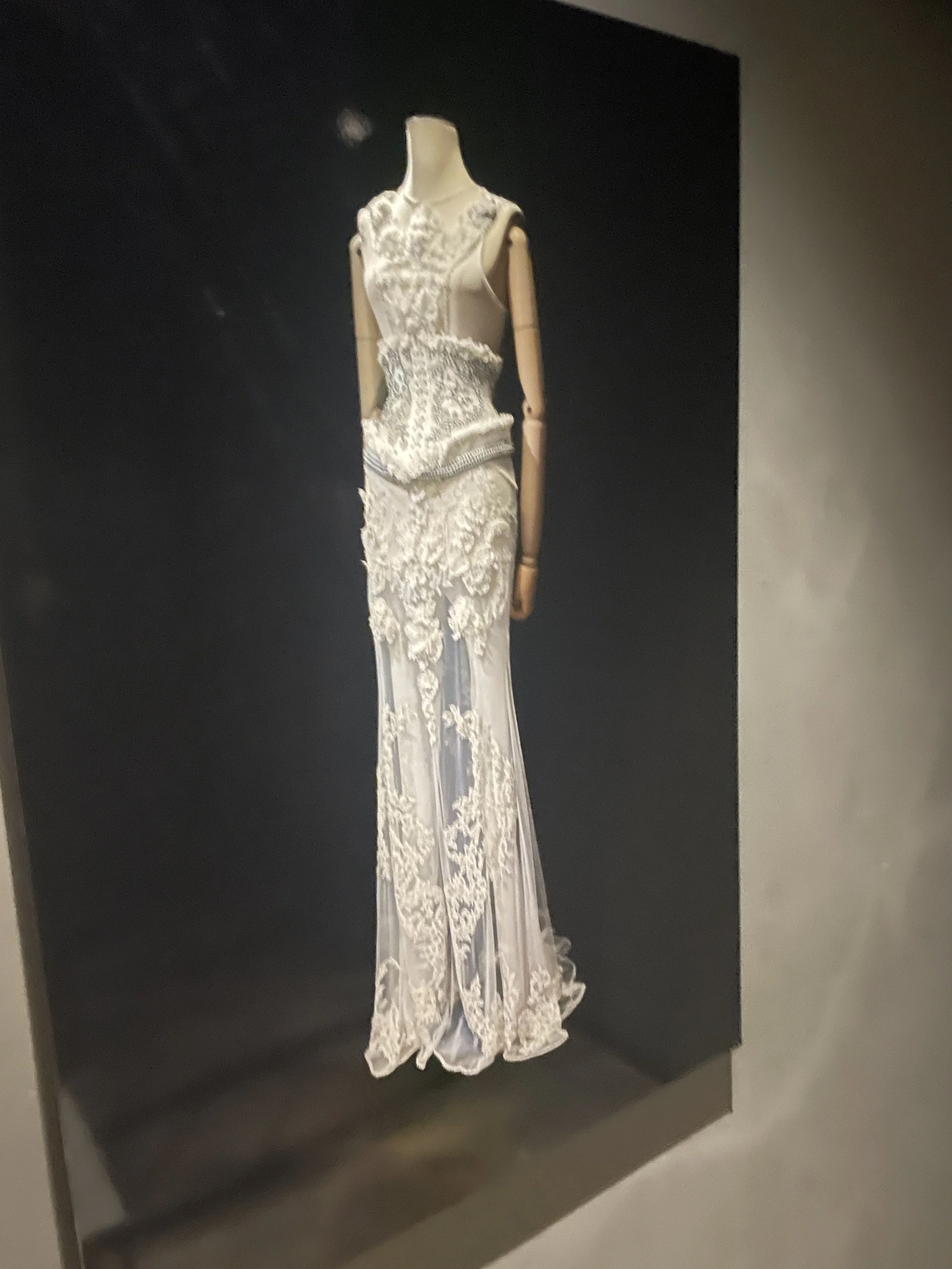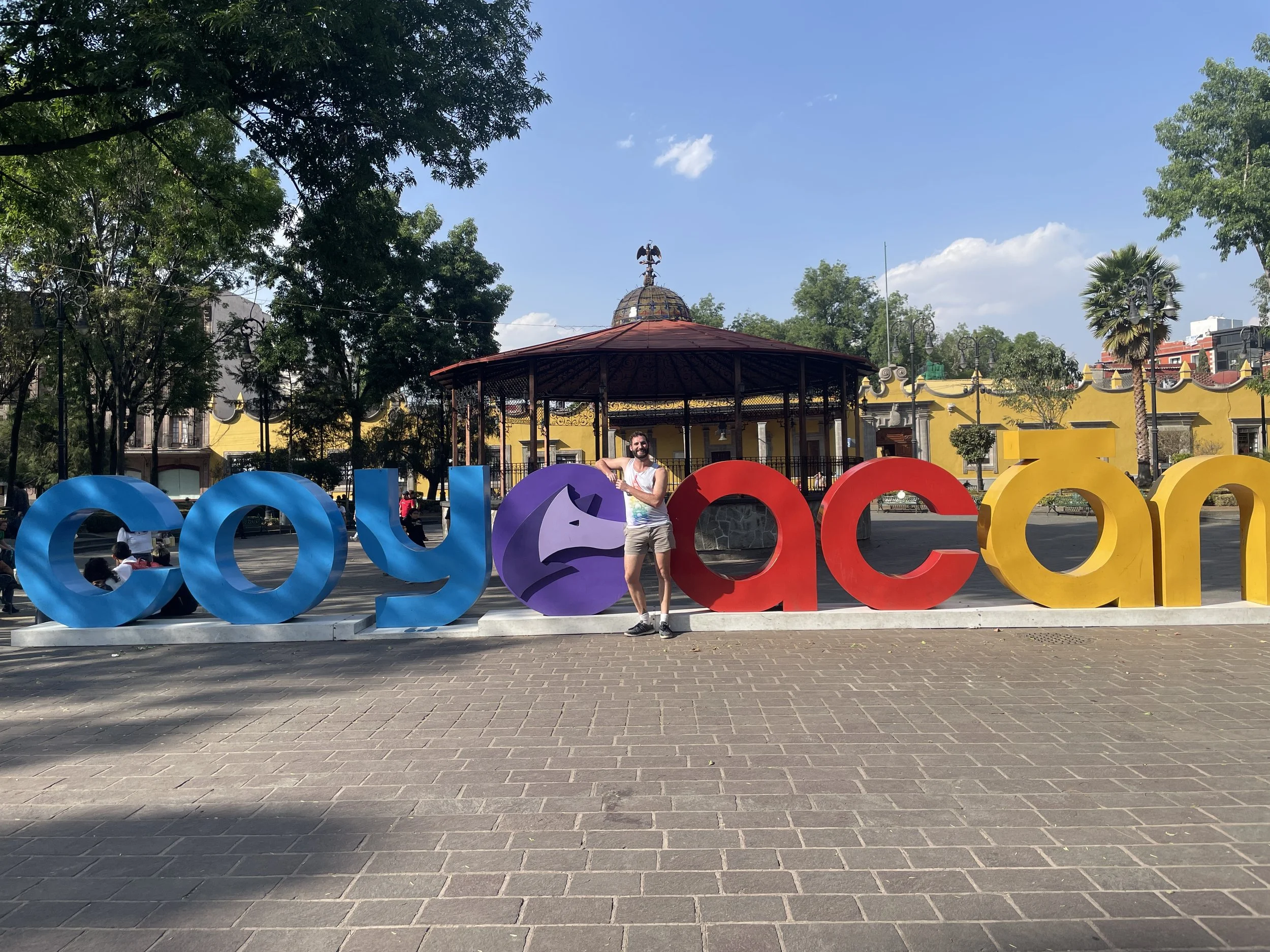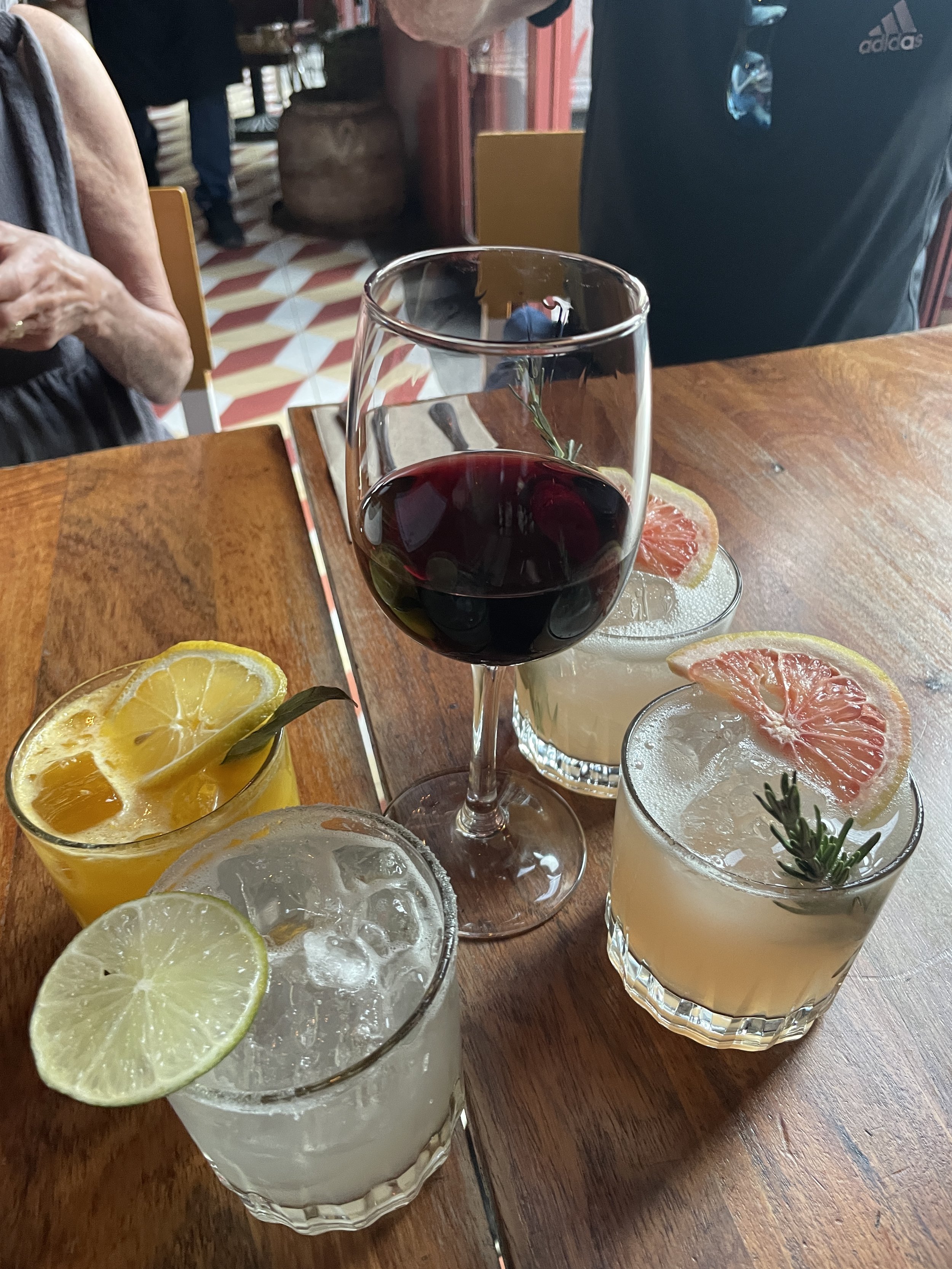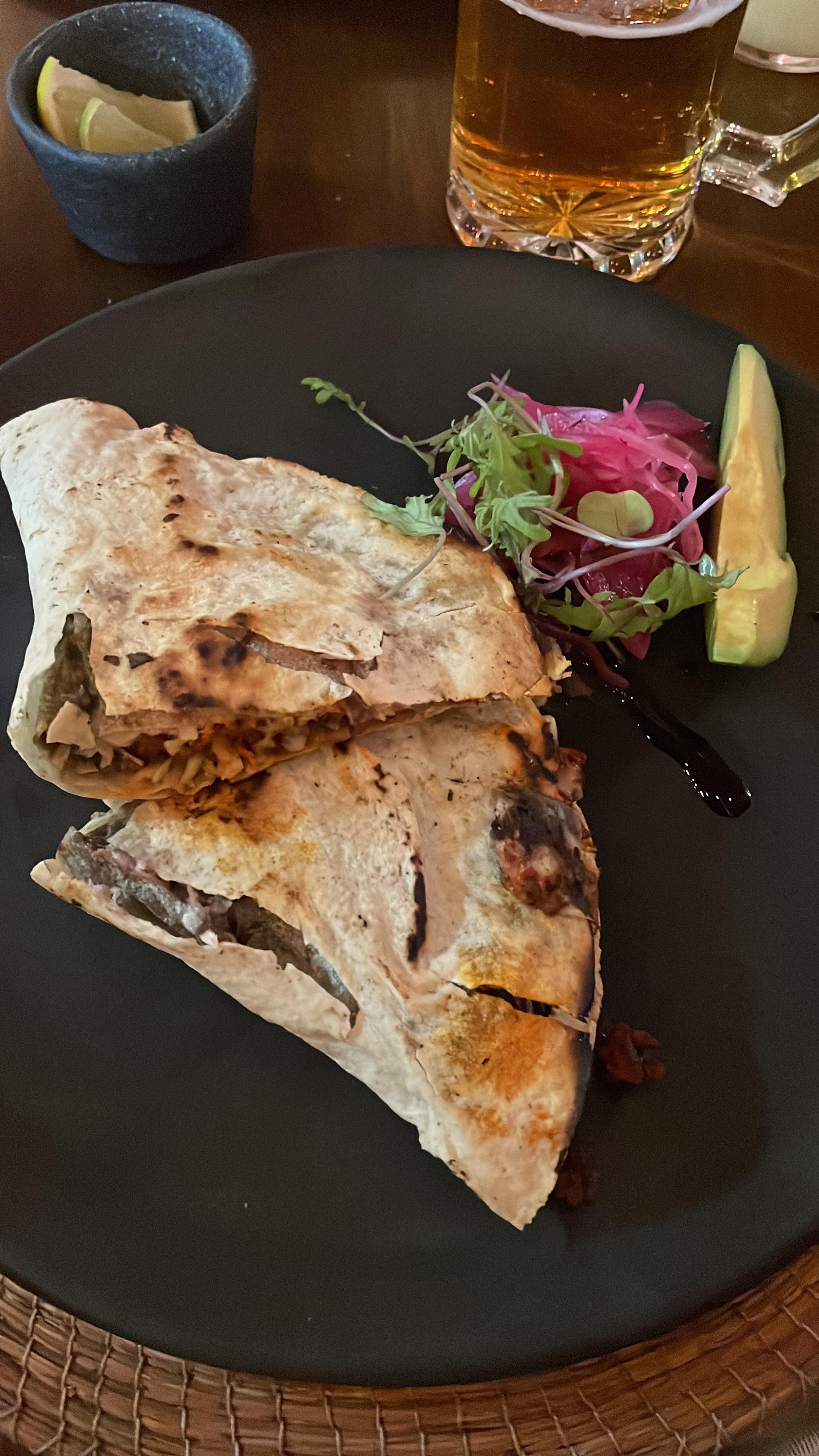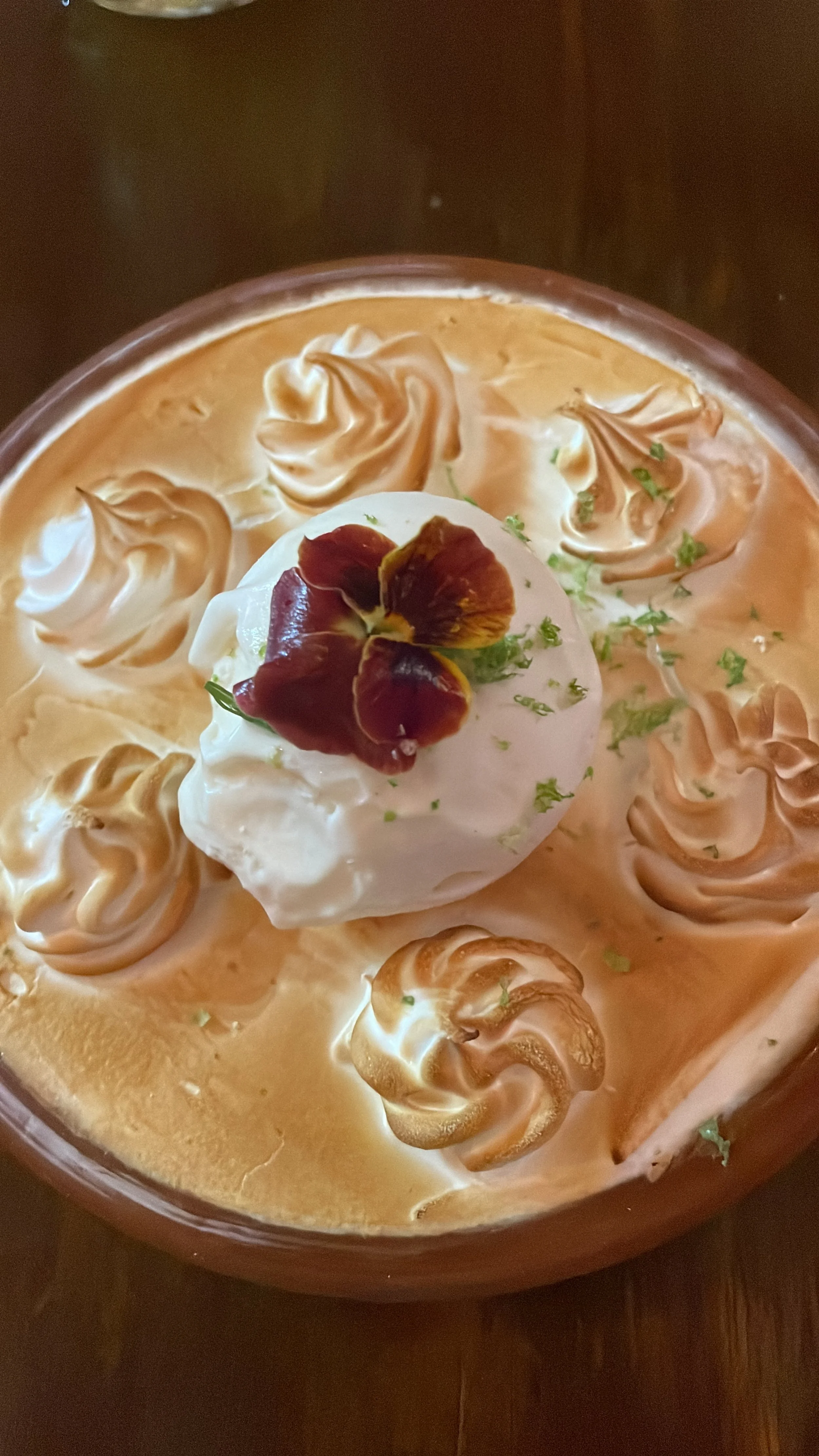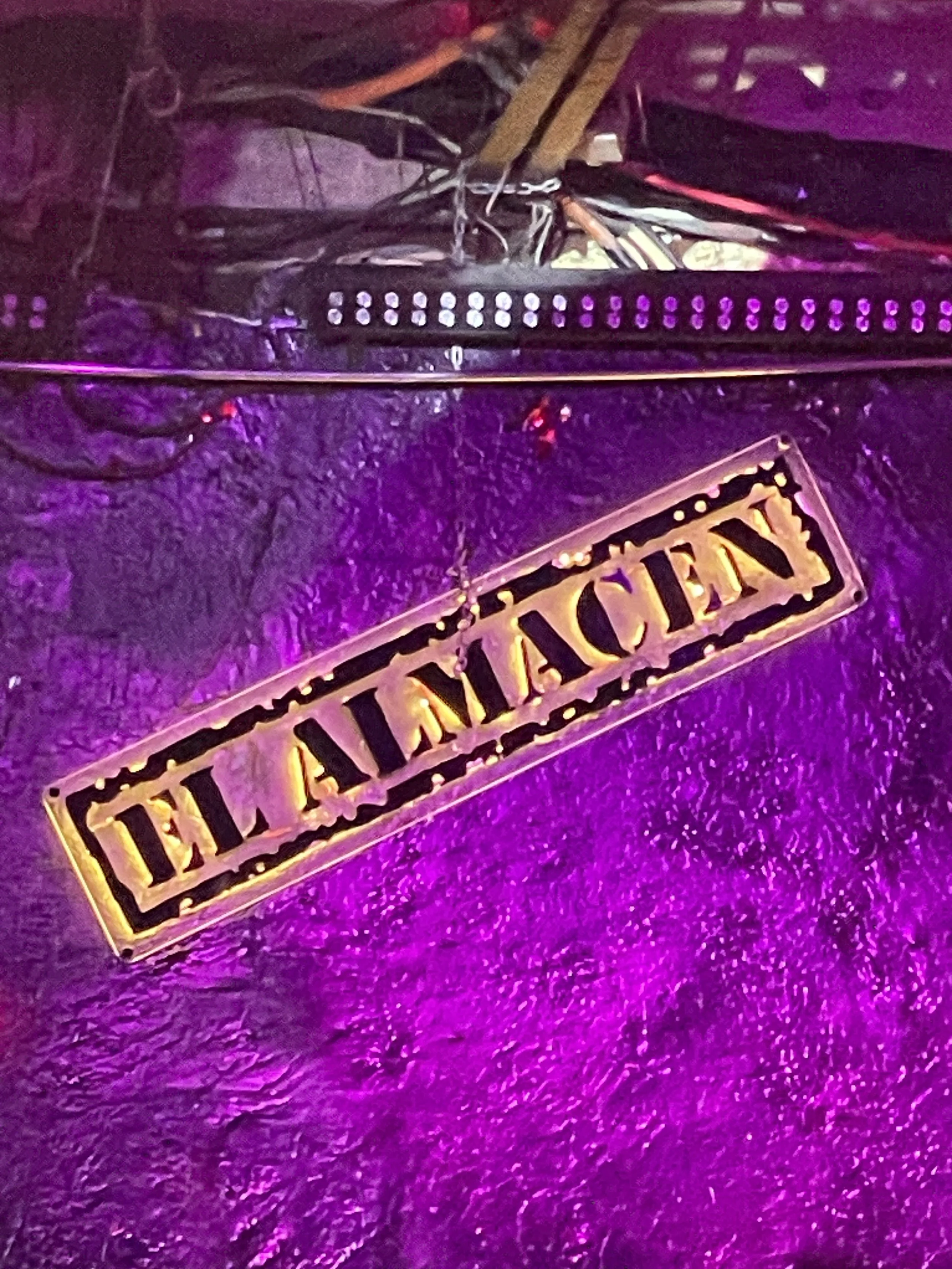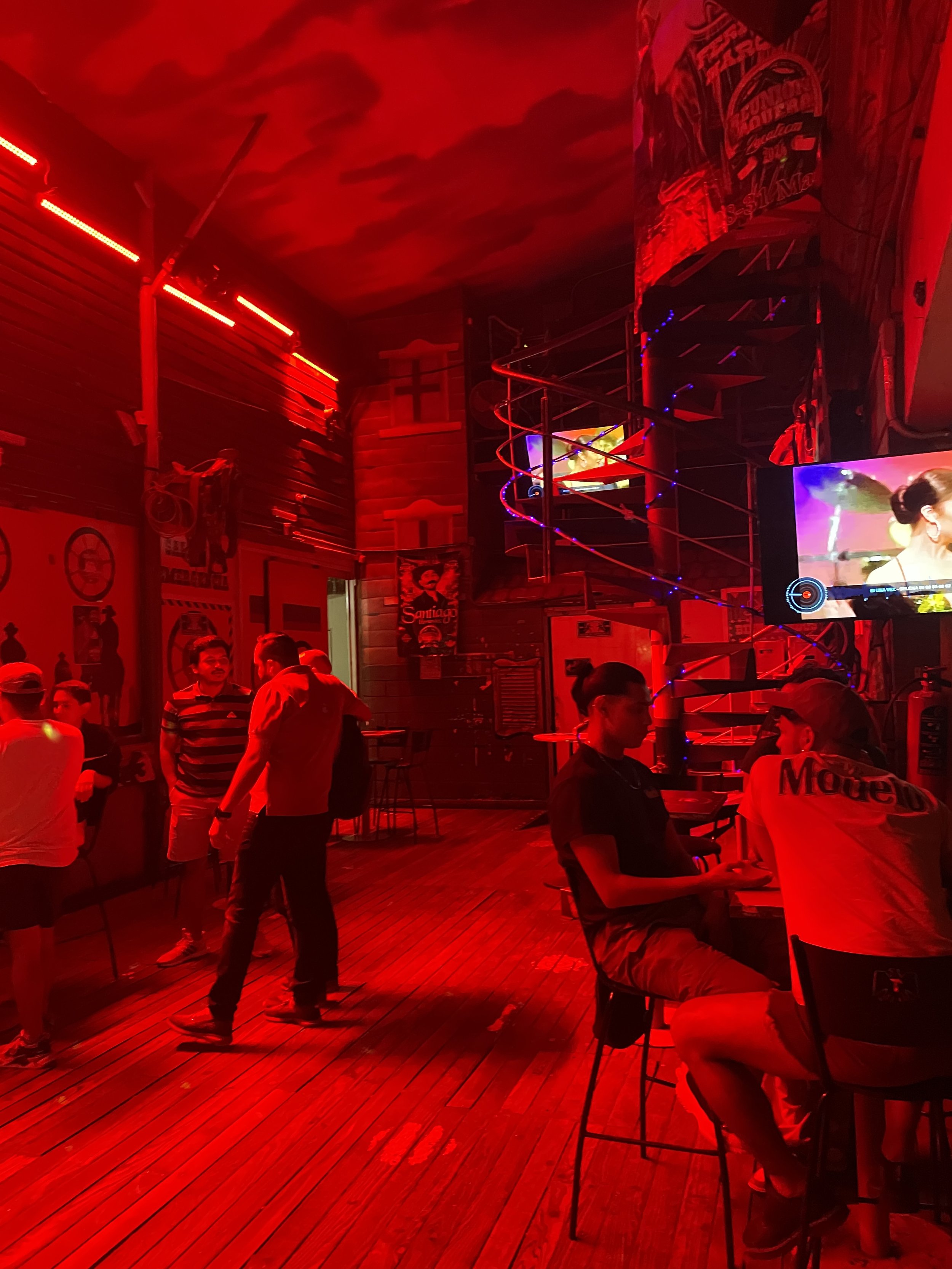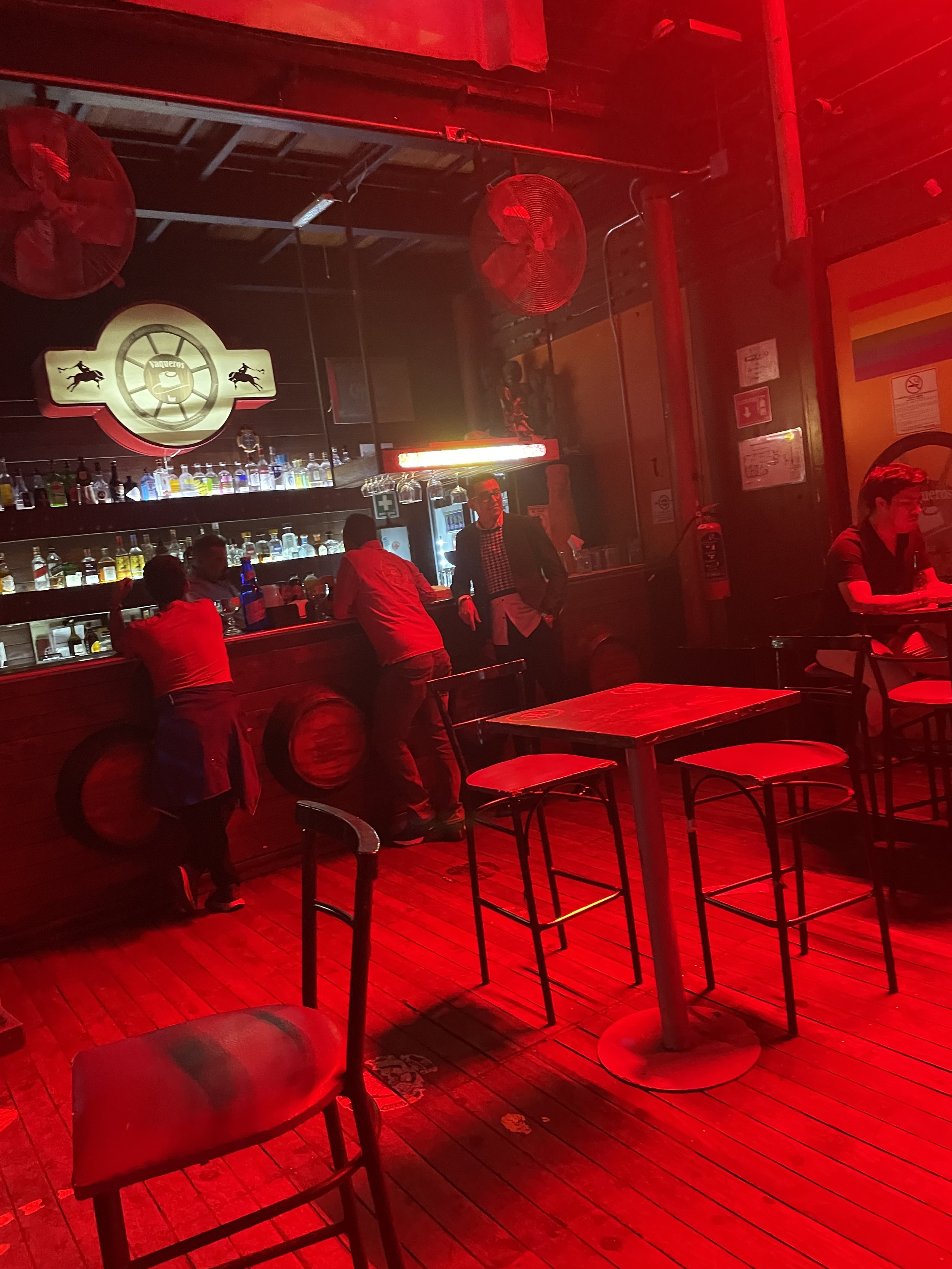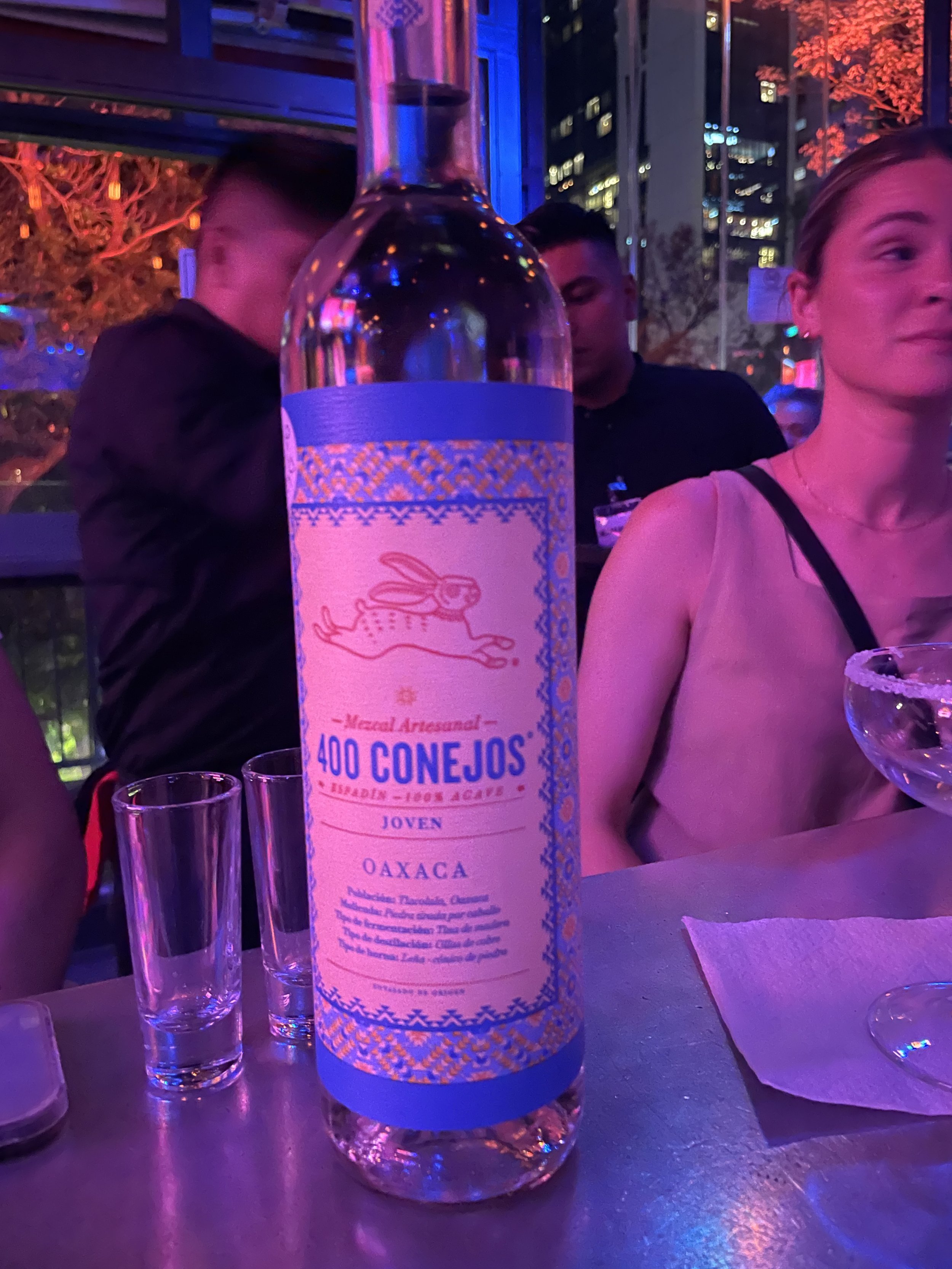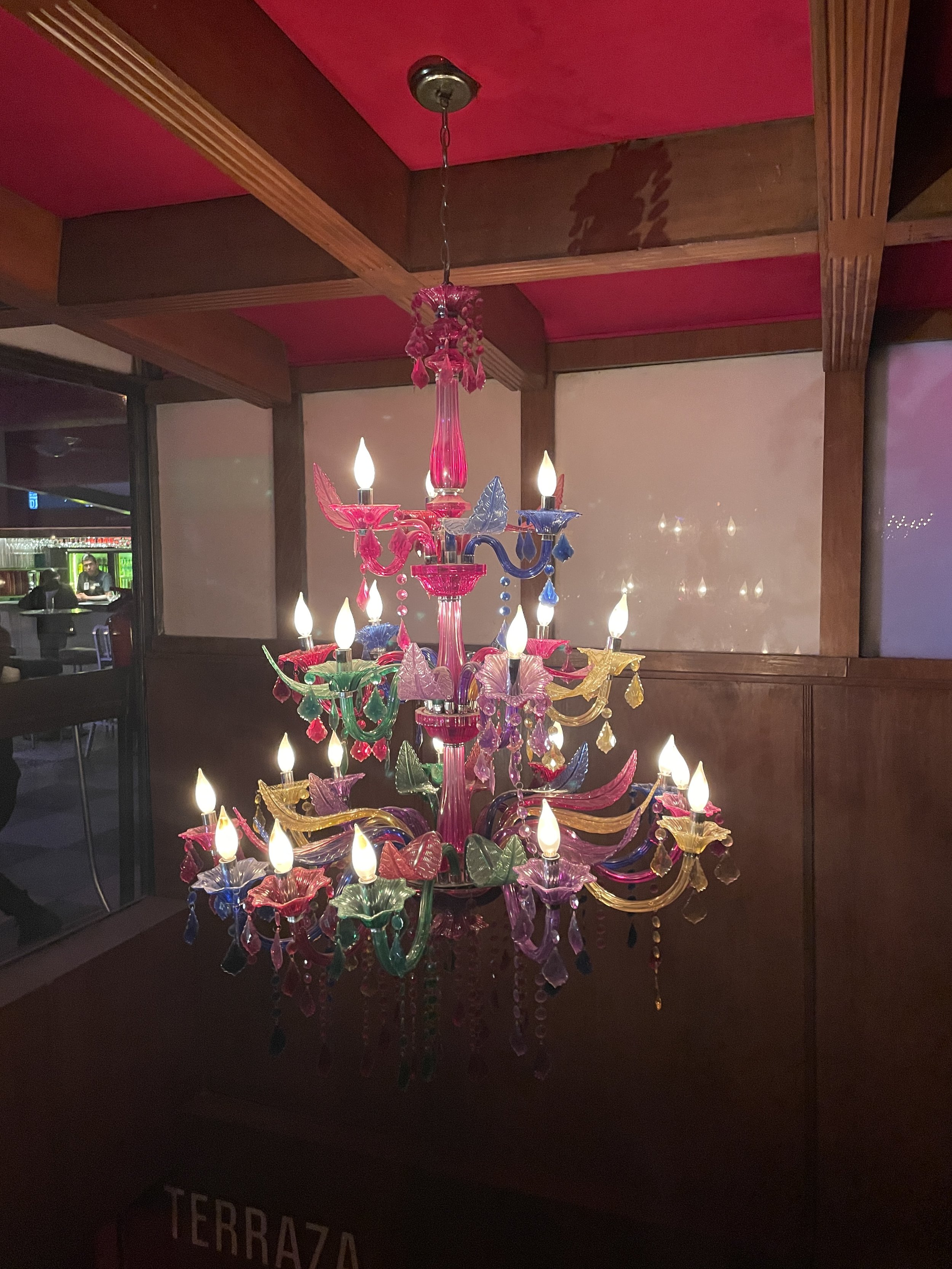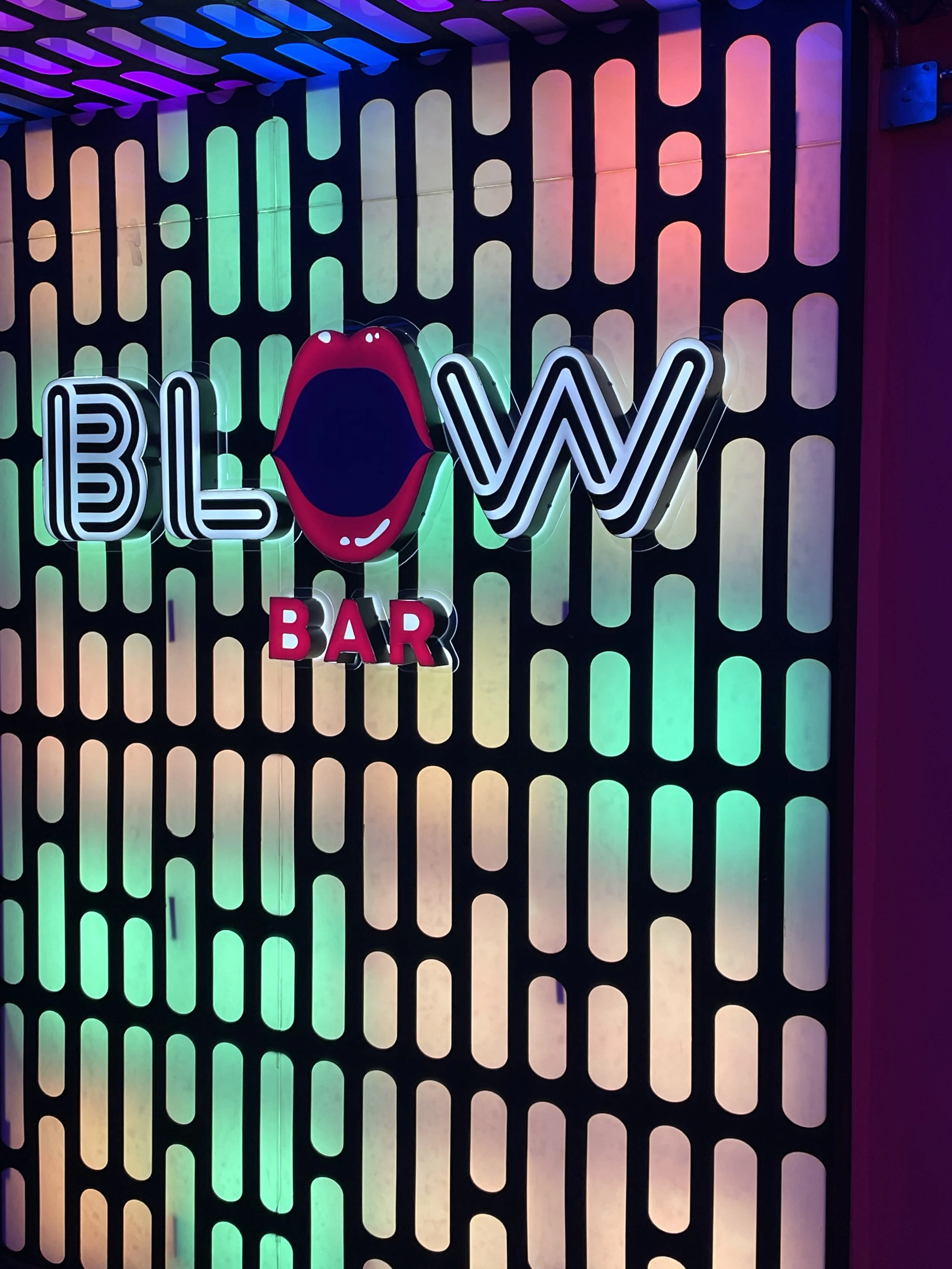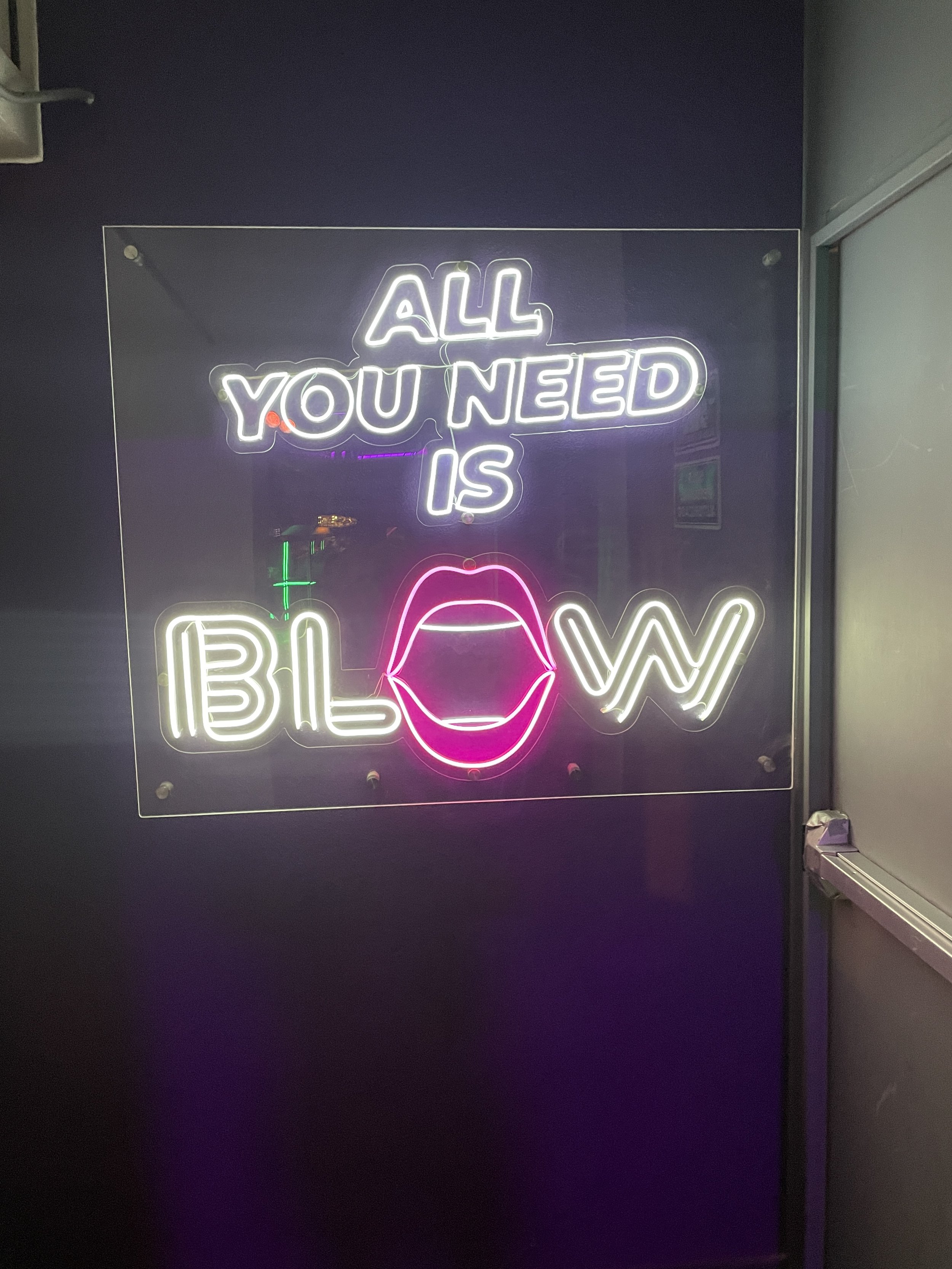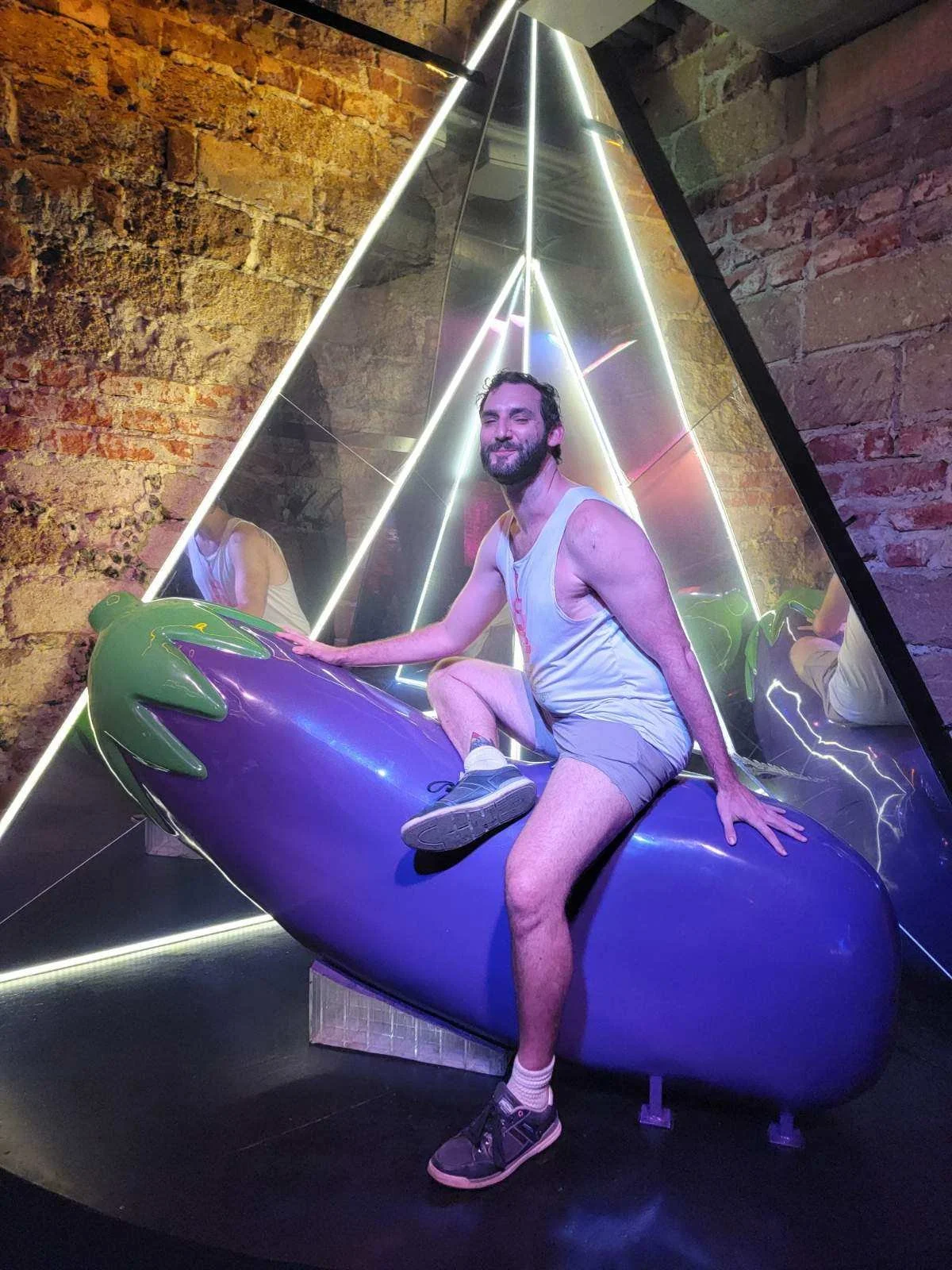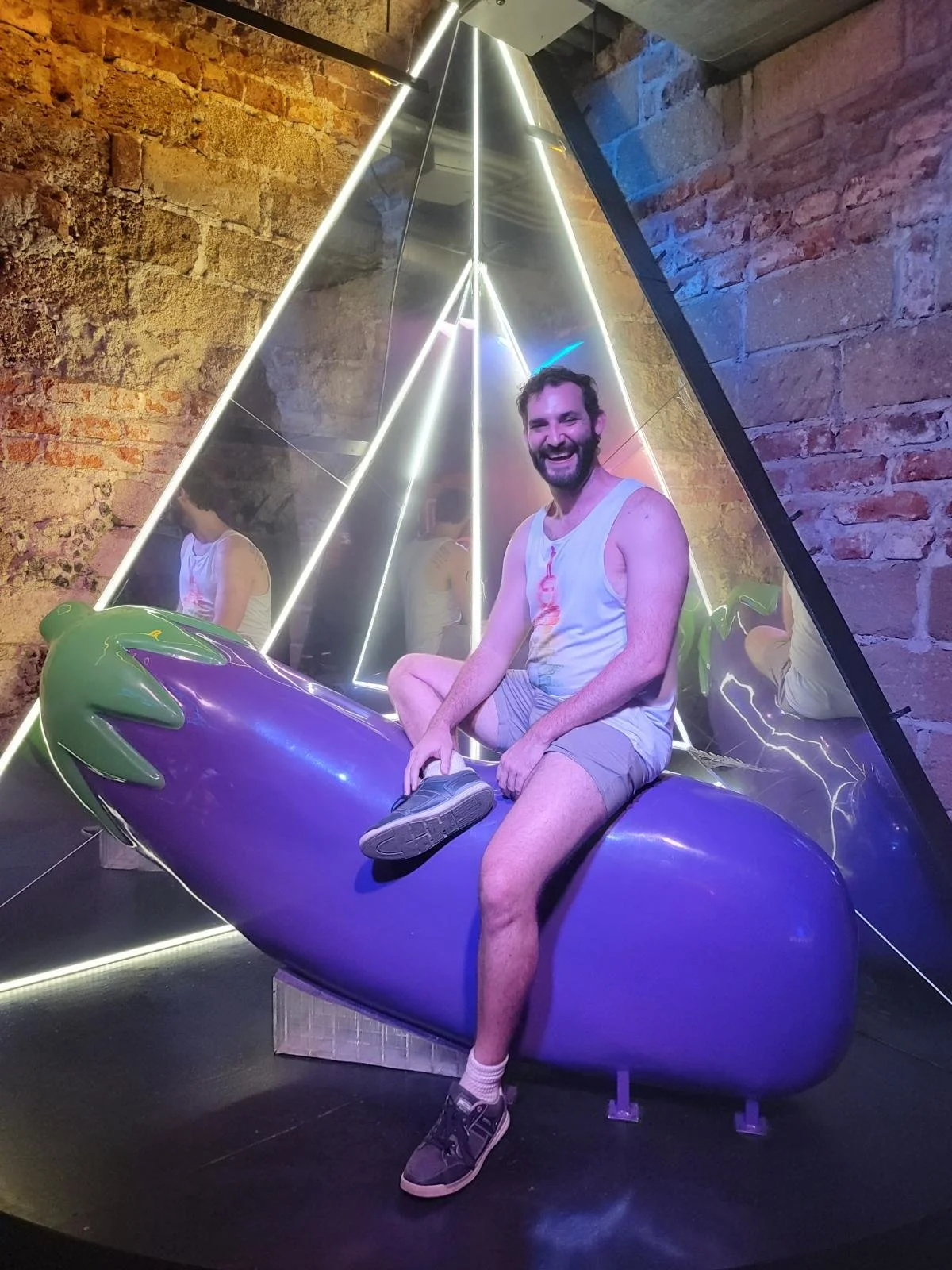How to Spend 4 Days in Mexico City
When I went to Puerto Vallarta a few years ago, I knew there was a lot more to Mexico than what I experienced there. I loved Puerto Vallarta, especially with its LGBTQ+ focus, but I had a long list of other places I wanted to visit that I hoped I got to one day.
Among those was the country’s capital, Mexico City. In Spanish, it’s called Ciudad de Mexico and is often abbreviated as CDMX.
I flew into CDMX from Tijuana using the Cross Border Xpress (CBX), which is a super convenient way of connecting San Diego to Tijuana. This allows people who live in Southern California (or who at least travel to San Diego) to cross over into Mexico before they fly, which gets customs out of the way so you can just depart when you land. It also lets you fly domestically within Mexico, which ultimately saves a couple of bucks — which in these days of inflation isn’t a bad thing at all.
I had an amazing four days in Mexico City, so check out my vlog from the experience below and keep reading for some more details on what I did.
Mexico City - Day One
The whole trip was full of really long days, starting out with the first one. We got to the CBX around 7 a.m. so the group could get together to check in. I haven’t mentioned yet, but this was actually a press trip sponsored by the CBX along with Mexico City. We had a tour of the CBX after we were in, then were allowed to be among the first to board using Aeromexico.
It’s a little over three hours to fly from Tijuana to Mexico City, and I’ll always have a love-hate with flying. I’m 6-foot-6, and planes are not tall people friendly. I could go on a whole rant about that (maybe one day I will) but being tall and flying are not always the most fun situations.
Sabores Mexico Food Tour
Once we landed, we headed straight to Colonia Roma for the Sabores Mexico Food Tour, where our tour guide, Alma, totally crushed it as our fearless leader. I got my freelance career started as the blogger for the Monterey Bay Food Tours, so I’m always a sucker for a food tour — especially when it’s as good as the one we went to.
Locations change all the time based on availability and how busy the restaurants are, but our experience started out at Broka Bistrot, a farm-to-table restaurant where everything comes from the chef’s farm. We then headed over to Tres Galeones, where we got to try out different types of mole, a Oaxacan sauce that has gained some international attention because it’s just so damn good.
Next up was Café de Raiz, where we got to get down on some tamales. Believe it or not, there are almost 400 different types of tamales in Mexico, which is insane. The ones we were able to enjoy were wrapped in both corn husk — super popular, they put corn in everything — and the banana leaf that was delicious but just with a totally different flavor profile.
We walked around a lot after that, which was nice, and we got to see a lot of the Colonia Roma area. It’s very artistic around here, with lots of street murals and art that give it a fun and fresh vibe. Mexico City is prone to earthquakes, and after the last earthquake in 2017 destroyed so much, artists came in to paint the murals to give people a reason to both visit and stick around.
Our wander led us over to Mux (pronounced “Moosh”), a culinary experience that takes diners to various parts of Mexico with their food that they may not otherwise get to go. This was driven home when we went to Kaaj, which proved that Mexicans show love through their food. Kaaj also specializes in mezcal, which was evident in the mezcal drink we enjoyed. Drinkers should note that mezcal is actually made to be sipped by itself, not as much about getting drunk.
We ended out the night at Café Barajas, where we went over all the different brewing methods for coffee and had a little sampling of the different variations. My favorite was the Café de Olla, which is a Mexican coffee containing cinnamon and raw sugar that has to be made in an earthen pot and is commonly consumed before bed.
Mexico City - Day Two
The second day of our Mexico City trip looked pretty jam-packed on the itinerary, but ended up being a pretty chill and informative day. We stayed at the Galería Plaza Reforma in Zona Rosa, which is also known as the gay neighborhood of the city. In the morning, we had our own special breakfast with the other hosts of our trips, the Mexico City Tourism Board.
They told us all about the city’s 22 million people population, the 16 neighborhoods that made it up, and how it accounted for 18.75% of the entire nation’s tourism. The traffic in the city is wild, but they have 12 lines of subway, 7 lines for the metro bus, 9 trolley lines, and 2 lines for the cable bus with a third under construction that make it a little easier to get around.
Plus, there are over 34,000 free public WiFi points. For me, seeing as how my roaming stopped working on my phone while I was there, that came in very useful when I needed to stay active in our group’s WhatsApp thread so we all knew when to meet and where.
Xochimilco/Chinampa Tour
After our presentation on the city, we headed out to Xochimilco, which is noted for its miles…and miles…and miles of canals. Visitors come here to take a ride on the colorful gondola boats as one might do in Venice. It’s not too far away from the city, but it will quickly make you forget all about the 22 million other people around you. It’s quiet, not polluted, and shows off the unique setting that is the floating farm community within.
Our boat ride was a little different than most others, because we ended up going pretty deep into the canals to a farm called Olintlalli, one of 2,000 chinampas — or floating farms — in the area. We picked some vegetables to complete our meal and had a tour of the farm and learned all about the biofilter they installed in the water surrounding them that helps keep things more fresh. The device installed was implanted by the National University to create the cleaner water.
Farm-to-table meals also don’t get more real than when you’re on the farm, something I learned about during my time in New Zealand. Our lunch was awesome with the vegetables we’d picked and what they’d already prepared for us, though we declined the cooking lesson on how to make it.
Dinner at Restaurante El Cardinal San Ángel
Once we’d finished up on the farms, we made our way to the San Ángel location of the Restaurante El Cardenal chain in Mexico City, which was set up as the fourth venue in 2011. Constructed inside of an old brick house that had been shut down for years, it underwent a thorough renovation before reopening as it is, though it still features some original materials within the house. Diners are also able to view the kitchen from difference angles behind a glass-type box, which gives it the open kitchen concept.
We had a prix-fixed menu, so it’s harder to say what the overall food is like. That said, I enjoyed what we did have, which started out with a little fish tostada and followed with a bean and noodle soup that was definitely a table favorite. I opted for the steak as my main, which had a cream sauce covering and a side of sweet potatoes, and I thoroughly enjoyed it. One of the people at the table ordered the same, and hers came out highly undercooked. She sent it back, and it didn’t come back much more cooked than that, so that was a bit of a bummer.
Mexico City - Day Three
Our third day in Mexico City was just as jam-packed as the day before, but was unfortunately impeded by a few different protests and things unexpectedly being shut down. We pivoted as best we could, but most of our time was spent on a tour in the downtown area and a long at Real del Barro and tried some authentic Oaxacan food.
Downtown Tour/Lunch at Real del Barro
Our tour around the downtown area was fun and informative, if not disrupted by the various protests. We payed a visit to the Metropolitan Cathedral, which includes a mixture of Renaissance, Baroque, and Neoclassical architecture with intricate altars and artwork. It’s also one of the largest in all of the Americas, covering around 75,000 square feat with the ability to seat around 1500 people. Plus, it was built on top of the Aztec sacred presinct, which connects it even deeper to the city’s history.
Among the sites closed due to protests or renovations was the Palacio de Bellas Artes, or Palace of Fine Arts, that was a venue for various artistic events and includes a number of murals from Diego Rivera. One of the more famous inside is the “Man at the Crossroads” that was originally commissioned for the Rockerfeller Center in New York City, but was ultimately destroyed because of its controversial political things.
Following our tour, we had lunch at Real del Barro, which is known for its authentic Oaxacan food. We had a lot of that in Mexico City, especially when it came to mole. Oaxacan food is a little smokier than what I would usually prefer, but I was still into one. One of the more unique dishes I tried here was the fried crickets on an avocado tostada, which was a new experience for me. Legs, head, and all. It was more of a mental game, but I did it, and that’s all I have to say about that.
Frida Kahlo Museum
A trip to Mexico City wouldn’t be complete without a visit to Casa Azul or the Blue House, also known as the Museum of Frida Kahlo. She was both born and died in the house, and her self-portraits and her strength as a woman. She had a tumultuous and traumatic life full of cheating by her husband, Diego Rivera, that even included a situation with her sister.
Kahlo was openly bisexual, which was also not something people discussed as openly at the time. She defied gender norms and a lot of the themes of her artwork resonate within the queer community in terms of their depiction on identity.
I was a little bummed we couldn’t take any videos in the museum to include with the vlog, but it was still really cool to walk through the house and look at her work station, her kitchen, and the bed where she died, morbid as that was. As I walked around, I just imagined what it looked like when it wasn’t a shrine dedicated to her, but her energy was still palpable in the space.
Coyoacán/Dinner at Corazón de Maguey
The Frida Kahlo museum is located within the Coyoacán neighborhood, a place she said she returned to no matter what happened or where else she went in her life. It’s known for its vibrant culture and street food scene, as well as its colorful architecture and overall communal feeling.
We finished out our trip with a dinner at Corazón de Maguey, another Oaxacan-style restaurant that also specializes in mezcal cocktails, with maguey a reference to the agave used in the liquor. We had another prix-fixed menu here, and I was a fan of the key lime brulée at the end more than anything.
LGBTQ+ Nightlife in Mexico City
One of the bummers about going on press trips, at least the ones I’ve been on, are that they happen in the middle of the week. On the one hand, it’s nice to be able to do touristy things without a bunch of people around. On the other, it makes things like getting tips for nightlife a lot harder to do.
The first night we were there, there wasn’t really much open. The second night I tried out El Almacen and had a good time, but there wasn’t much of anything going on. It was also the first time I realized I was a full-on tourist in a place and I downloaded Duolingo immediately so I could brush up on my Spanish ahead of my Acapulco trip in a couple of weeks.
On the bartender’s recommendation, I tried out the Vaqueros Bar next door after, which had an open floor plan and was set up like a cowboy western. They were playing a lot of Selena and a bunch of other Mexican pop divas I’d never heard of, which I was living for. It was awesome to see the similarities and differences between what we consider icons within a culture, and even though I didn’t really have anyone to interact with here, I appreciated that all the same.
The last night I was there I had a small group of people that joined me for both Kinky and Blow, both of which came highly recommended alongside Tom’s Leather Bar, which I was unable to get to despite my desire to do so.
Kinky gave us at least a drag dancer on the stage every so often, but we mostly had a good time within our group. There was a little issue with their payment system toward the end that was kind of a buzzkill because it took us a long time to get out of there, but it seemed like a place that was best enjoyed with a bunch of people.
There was more of a show going on at Blow, but we didn’t get there until toward the end of the night. Still, the drag performer was also a host and giving a show, and there were gogo dancers that I got to give some pesos to, so no complaints about any of that.

